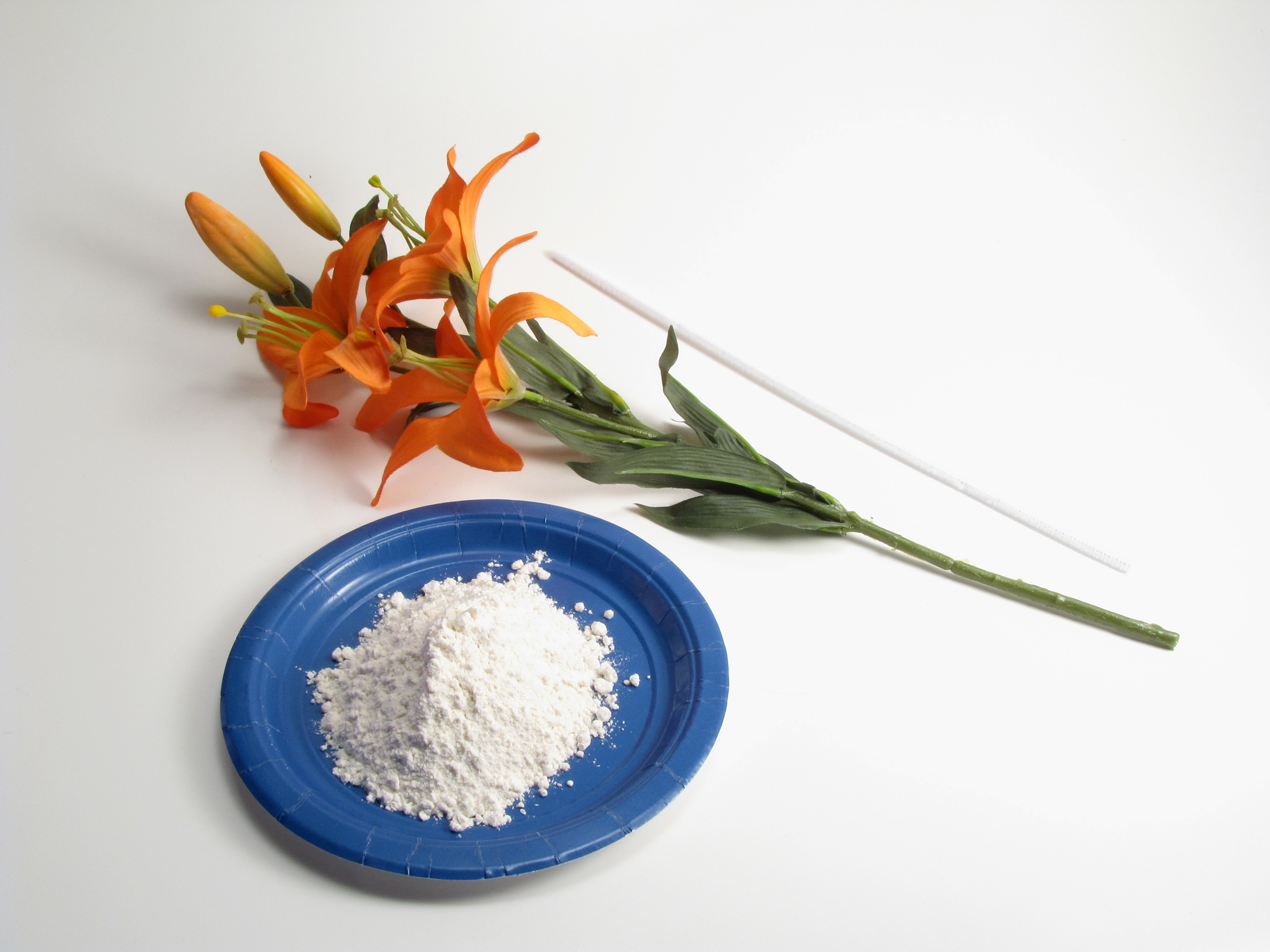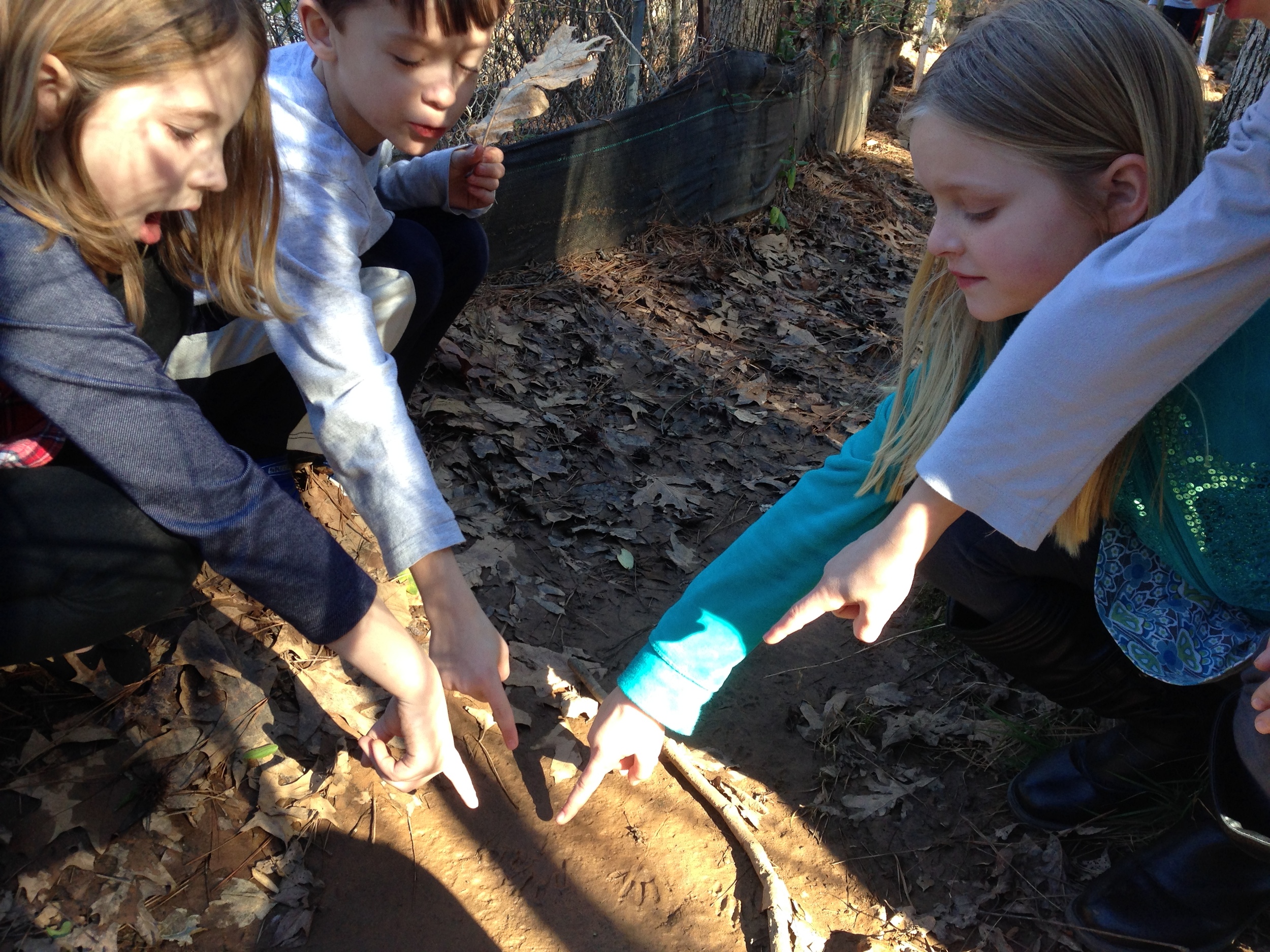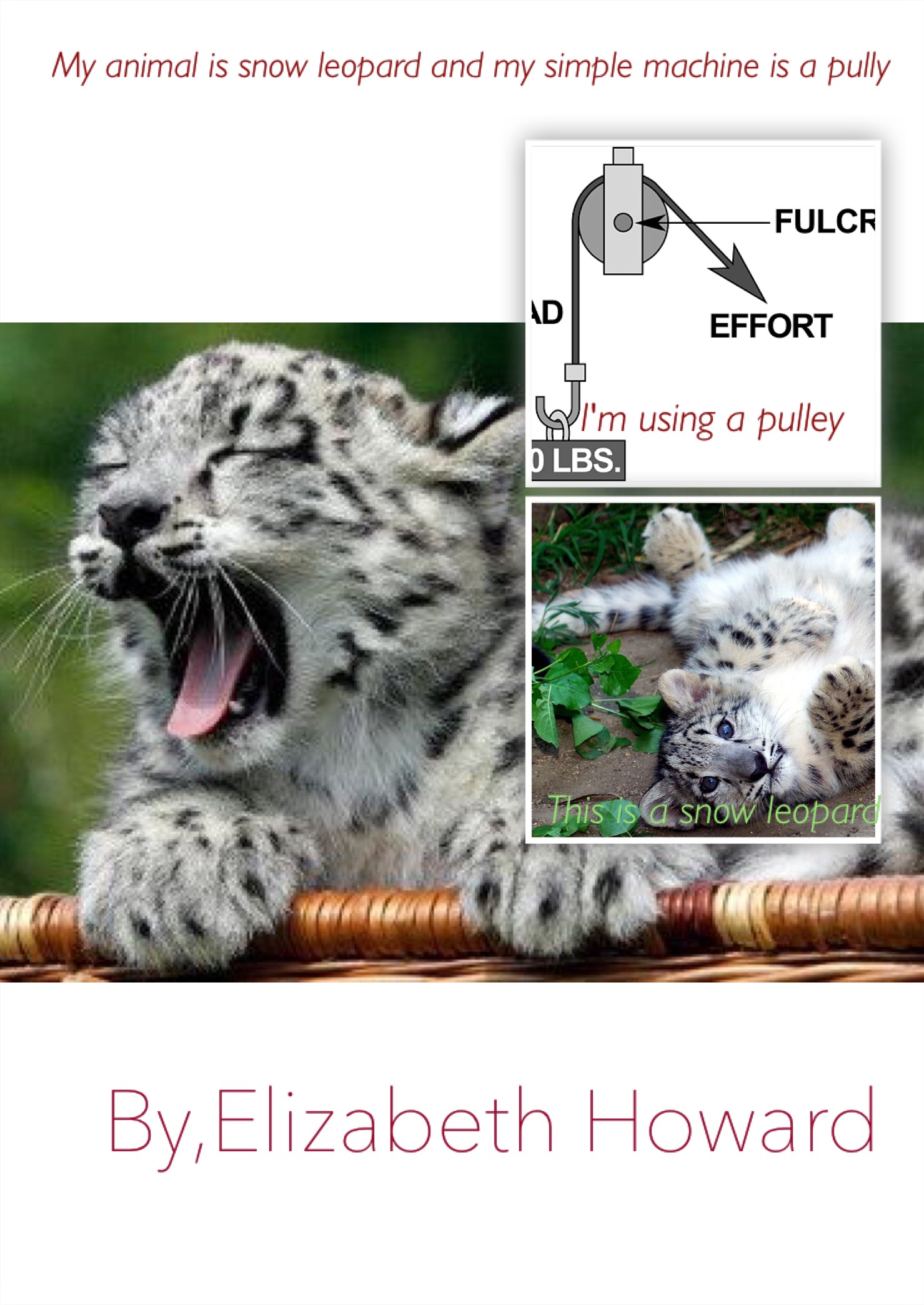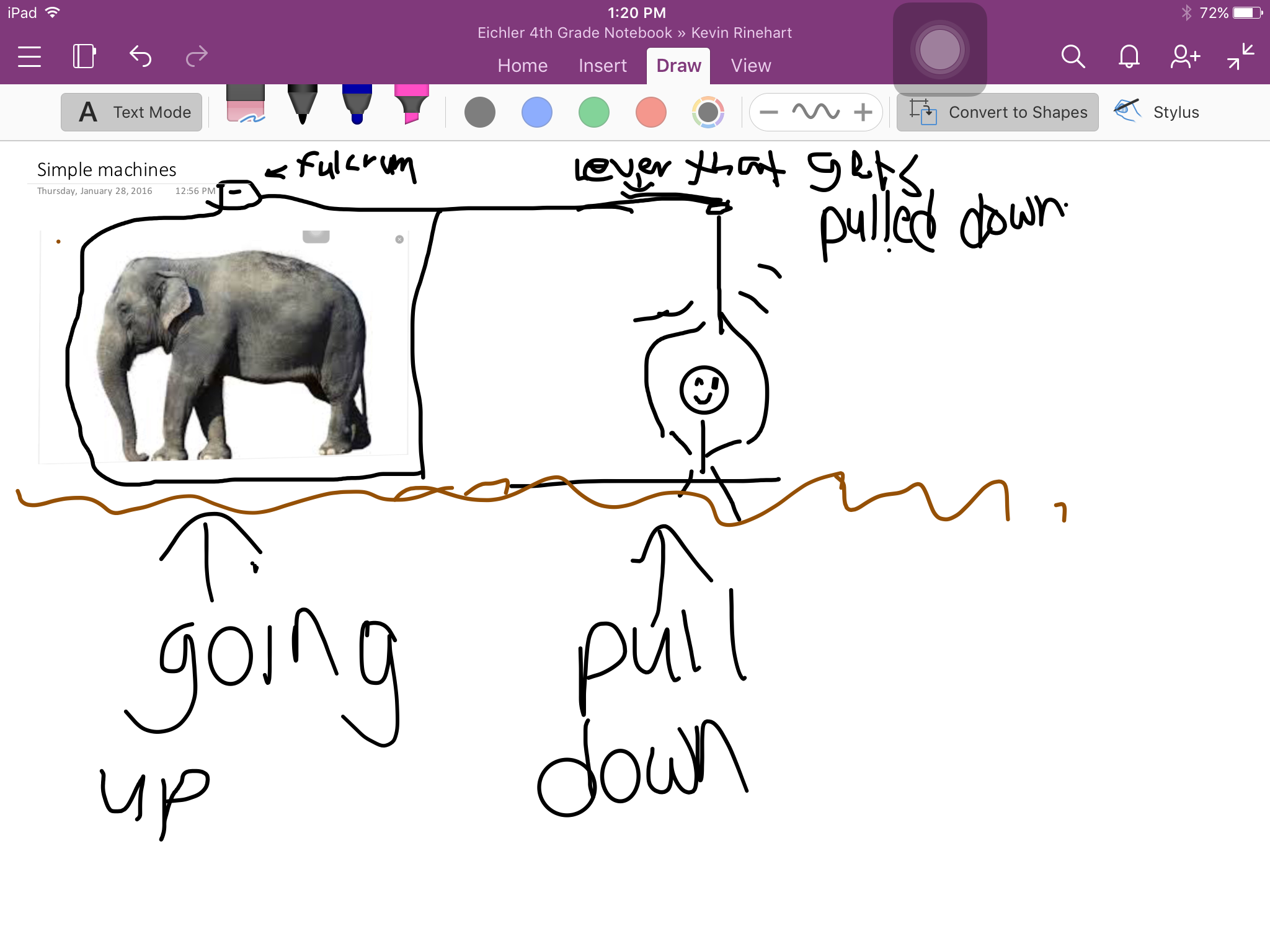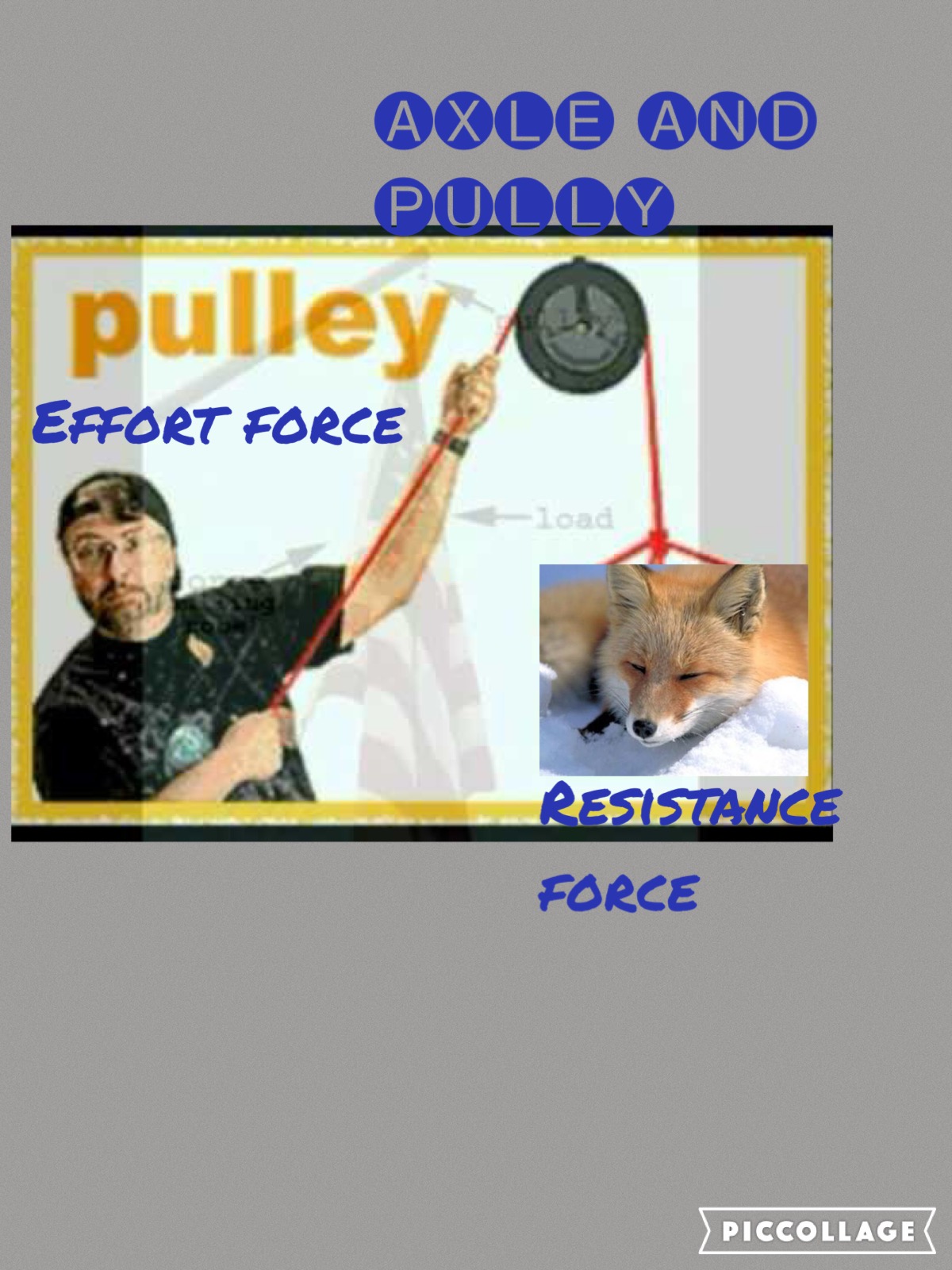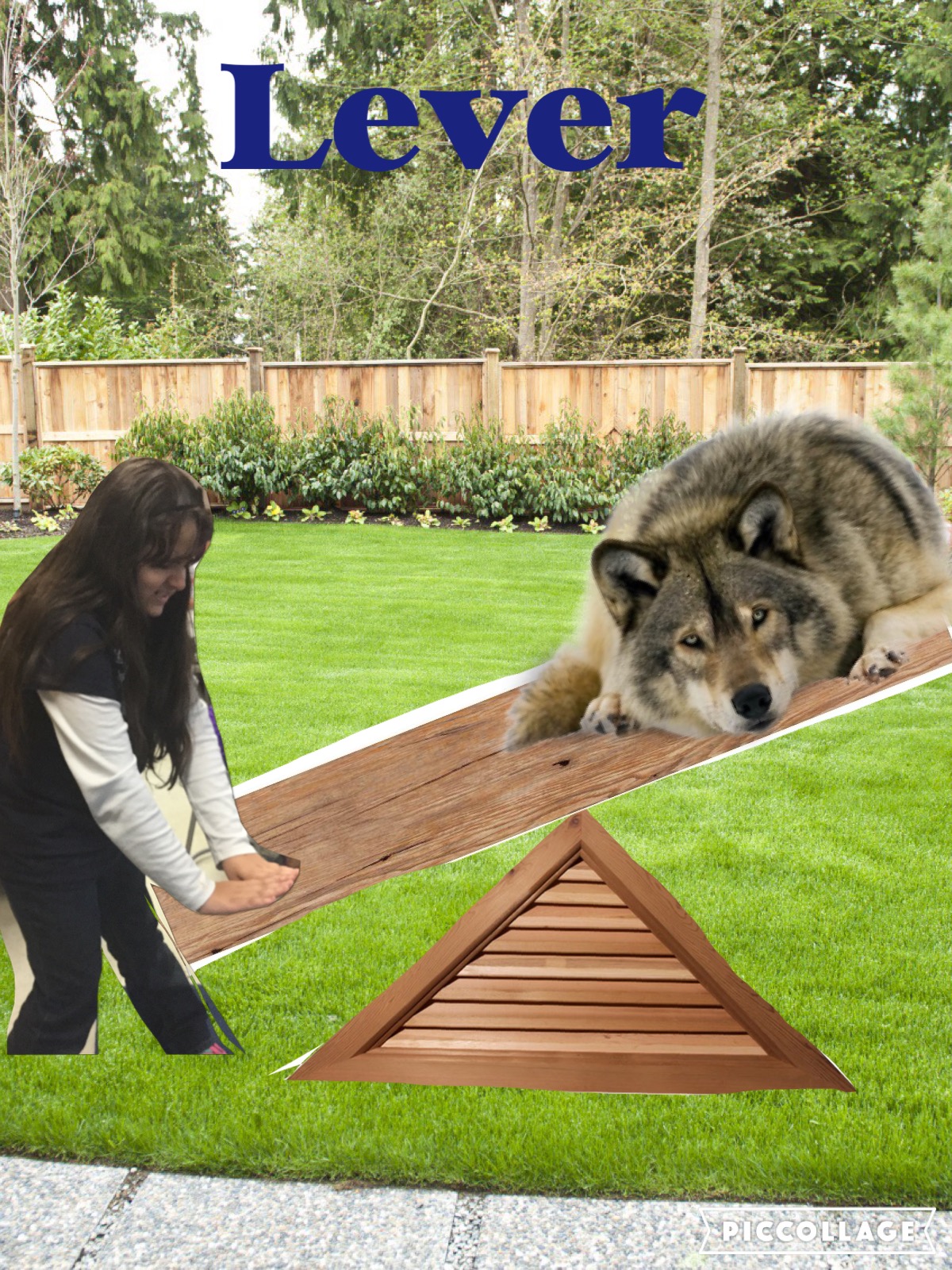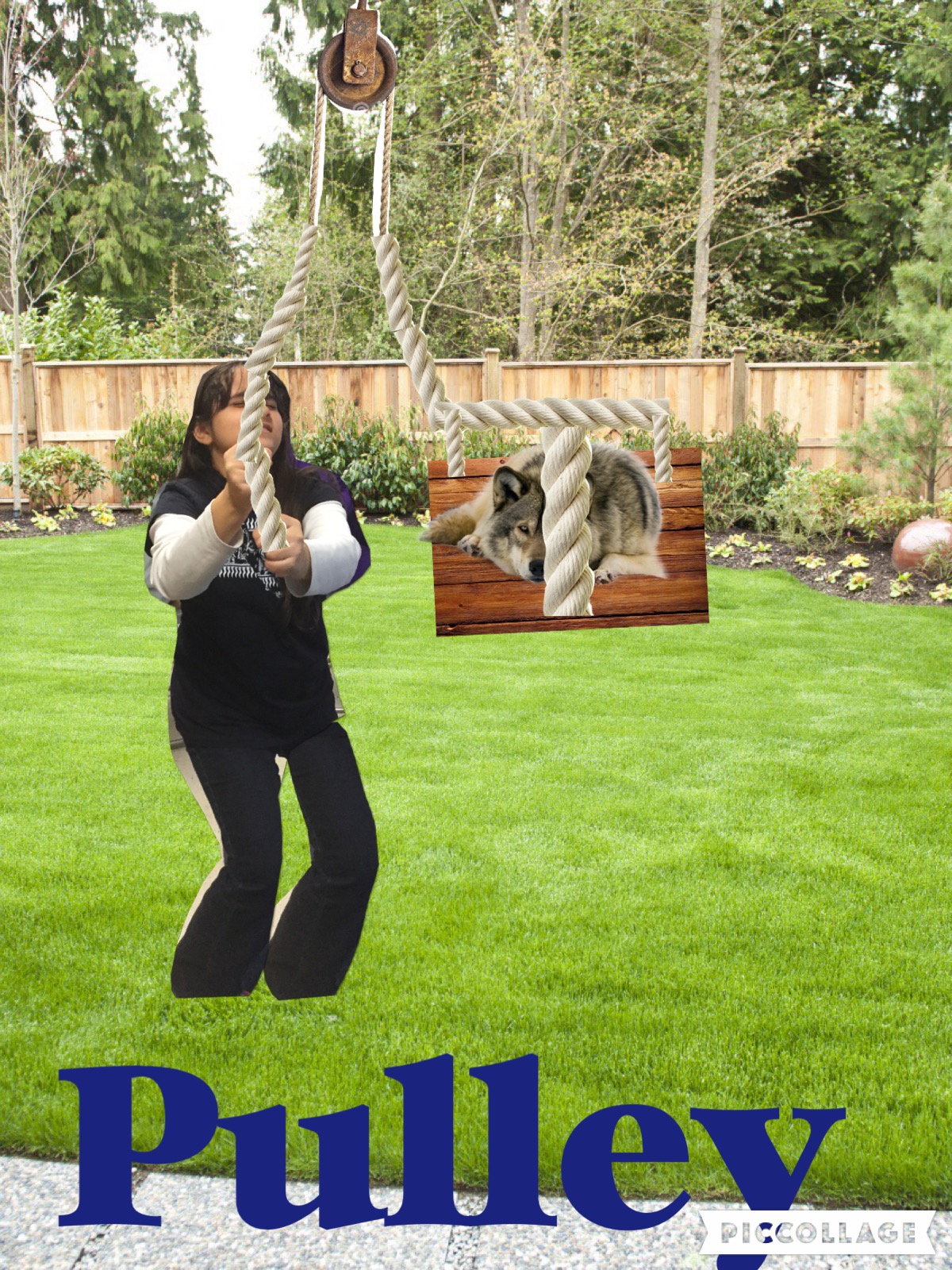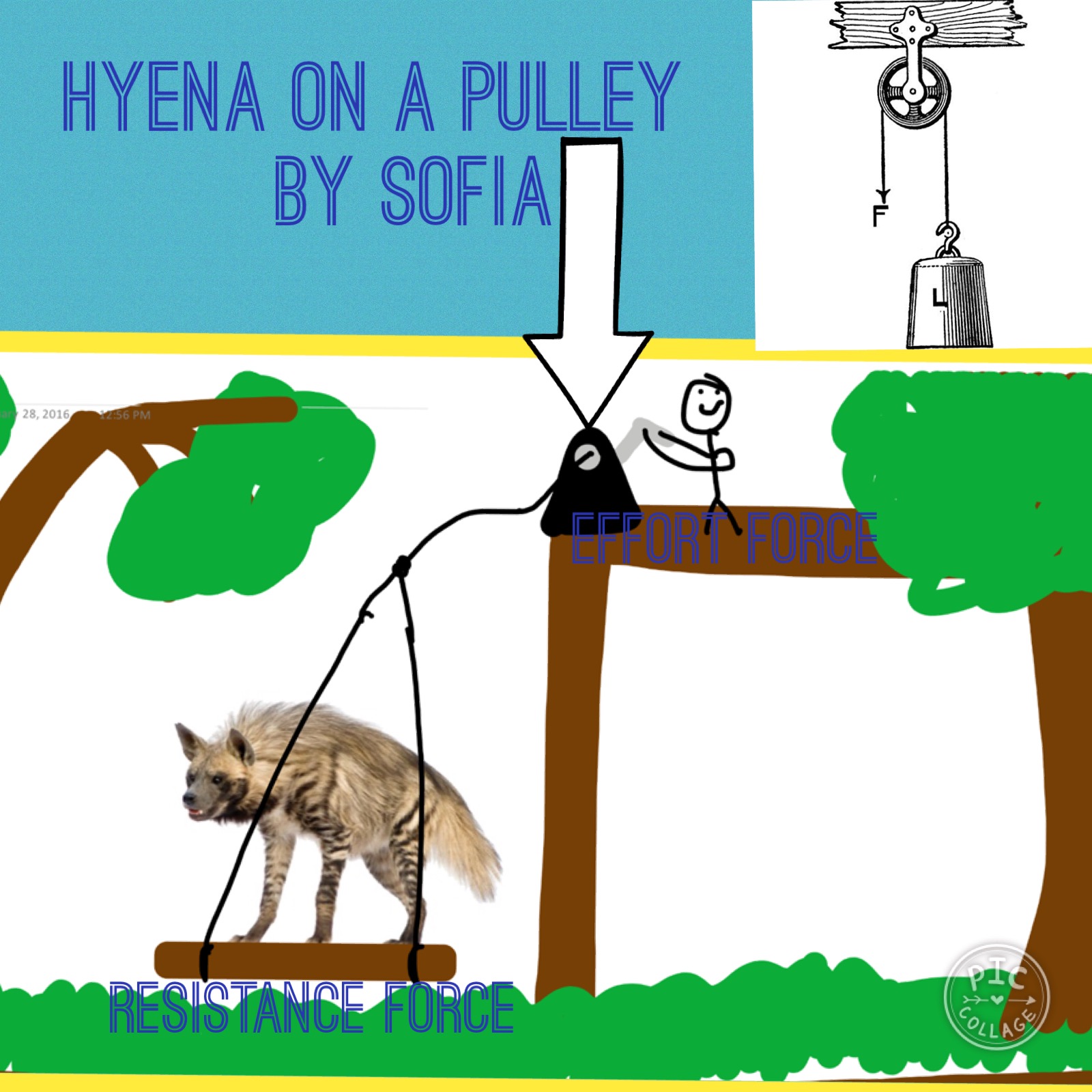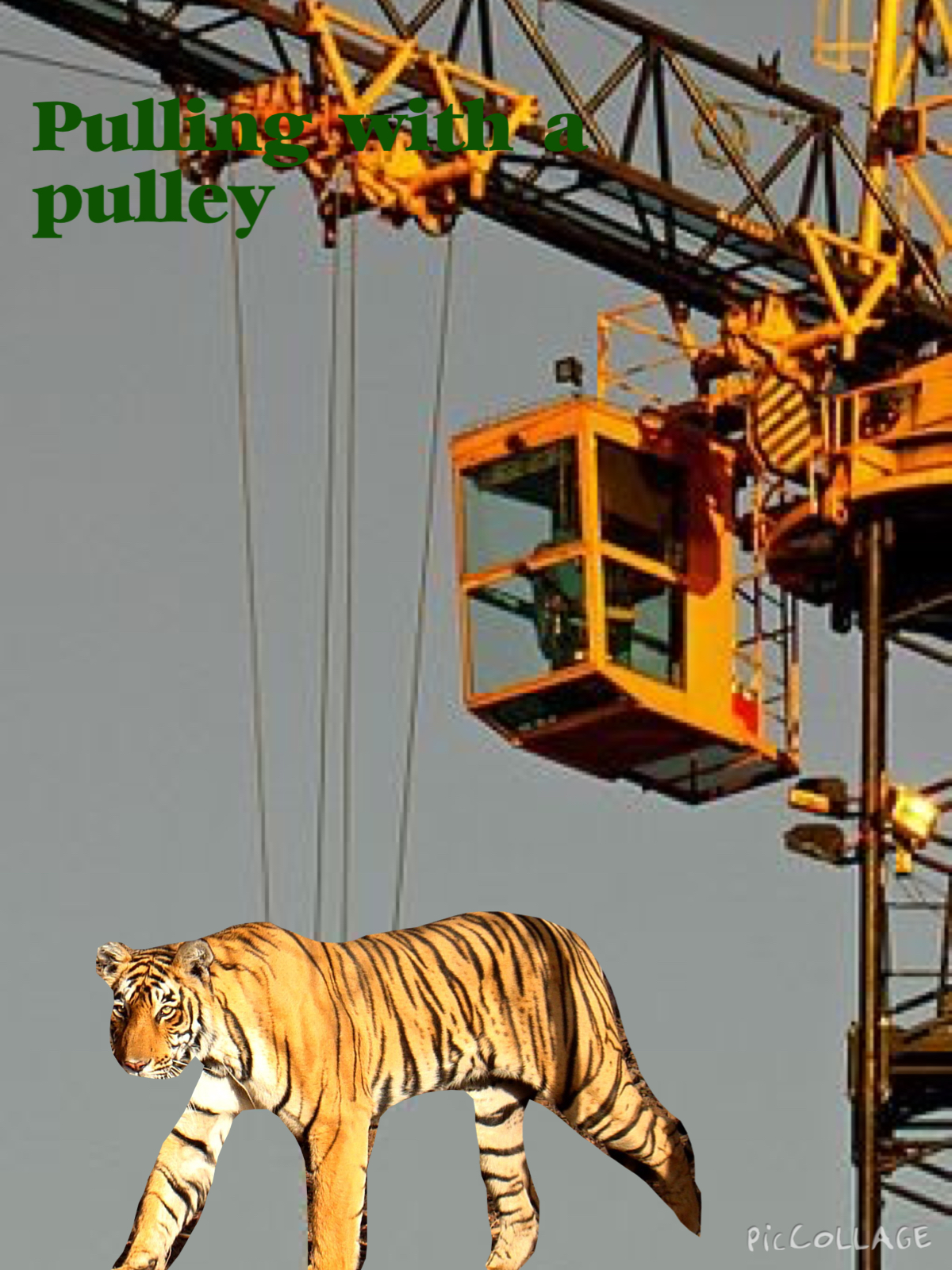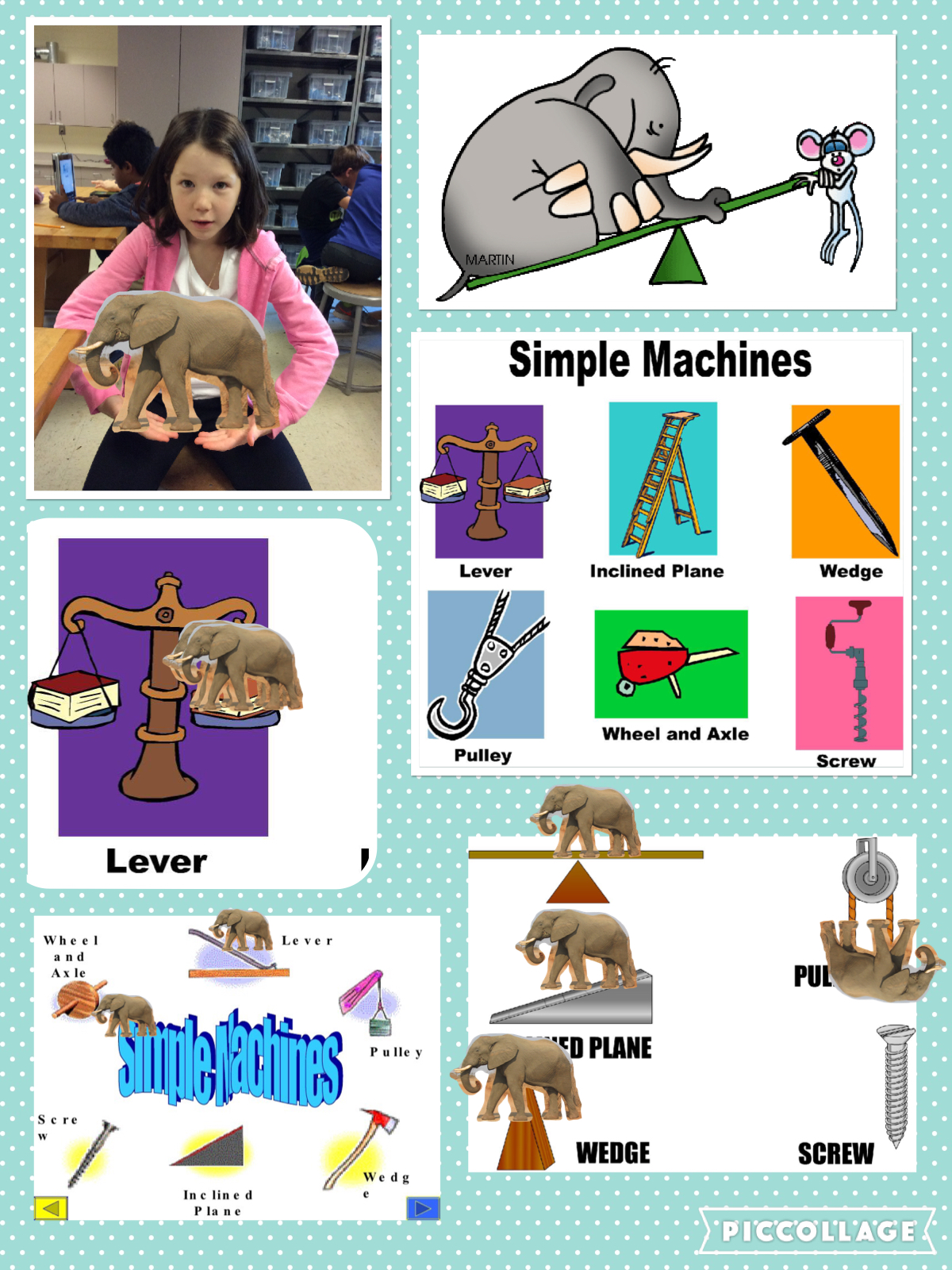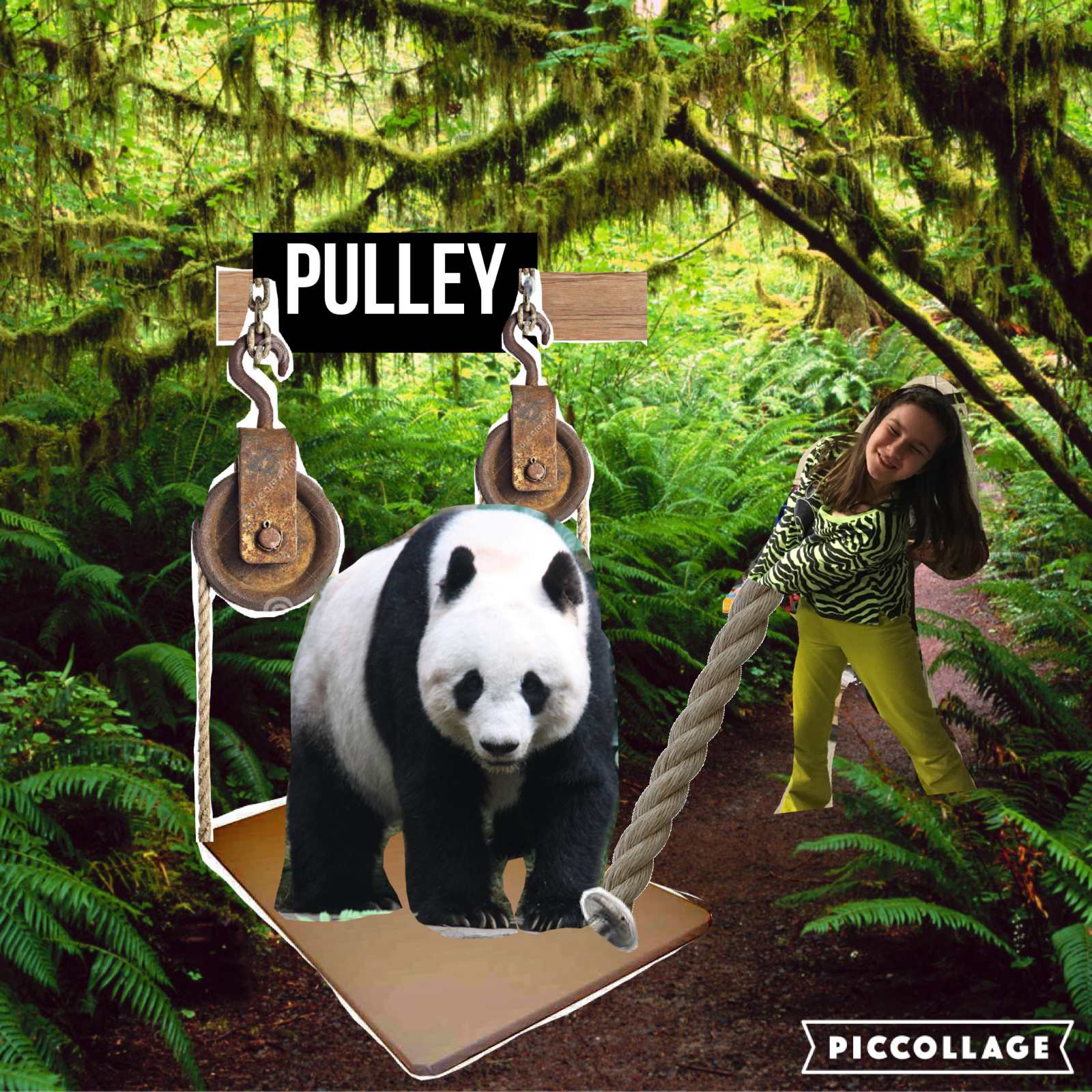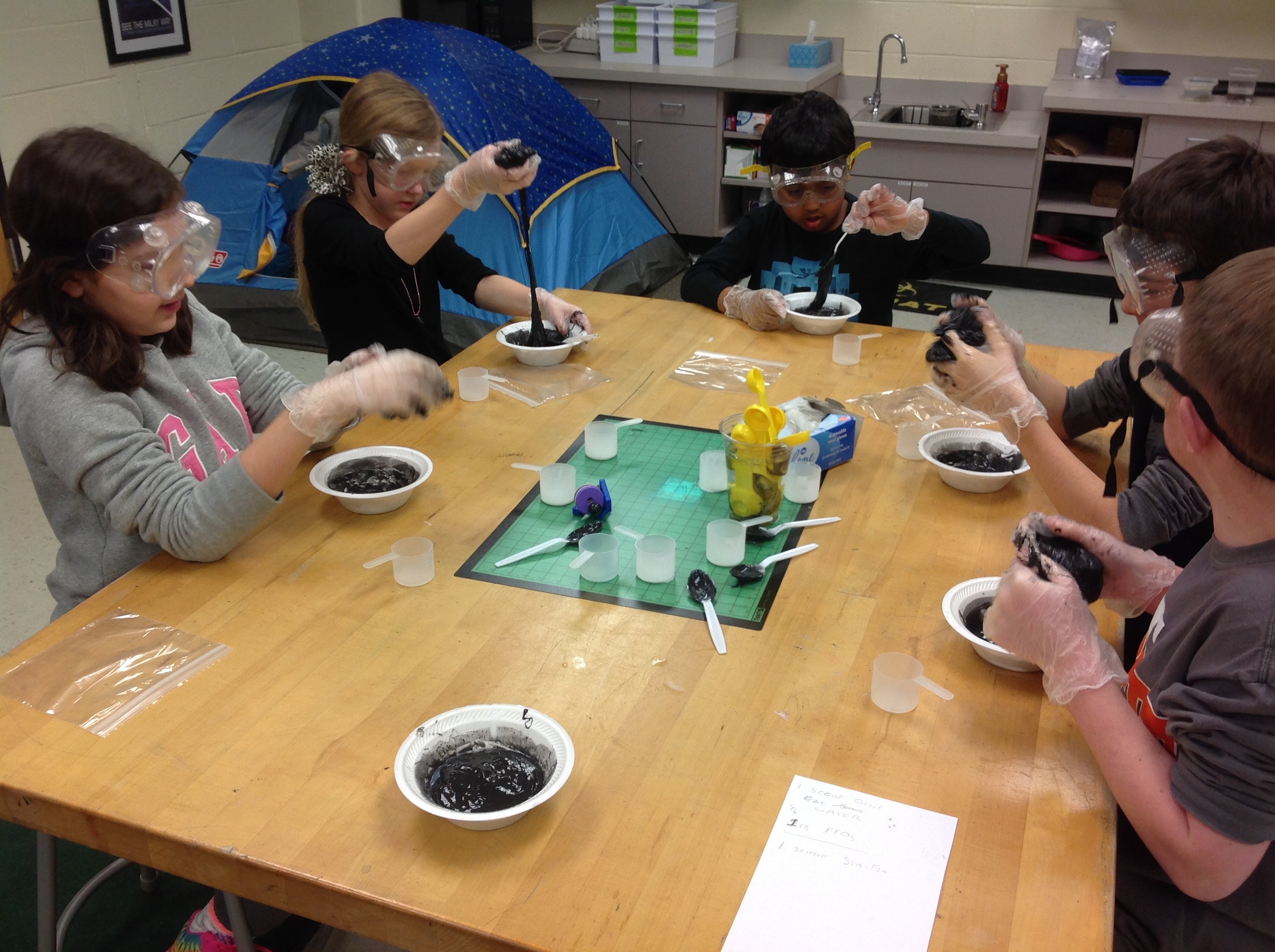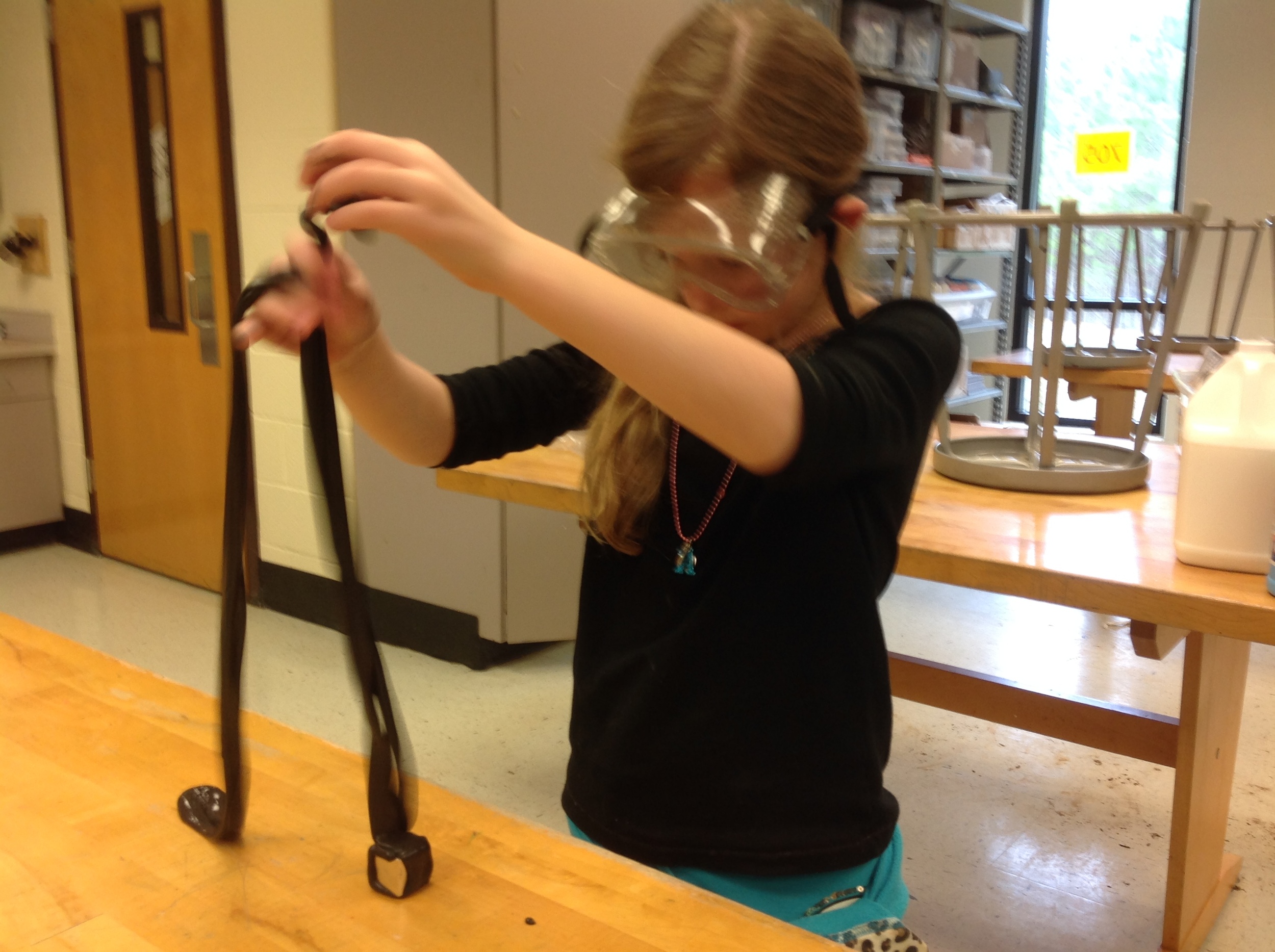Other the next 3 weeks we are building Inclined Planes, Levers and Pulleys in 4th grade. Mrs. DeMeester's class is wrapping up the inclined planes today:
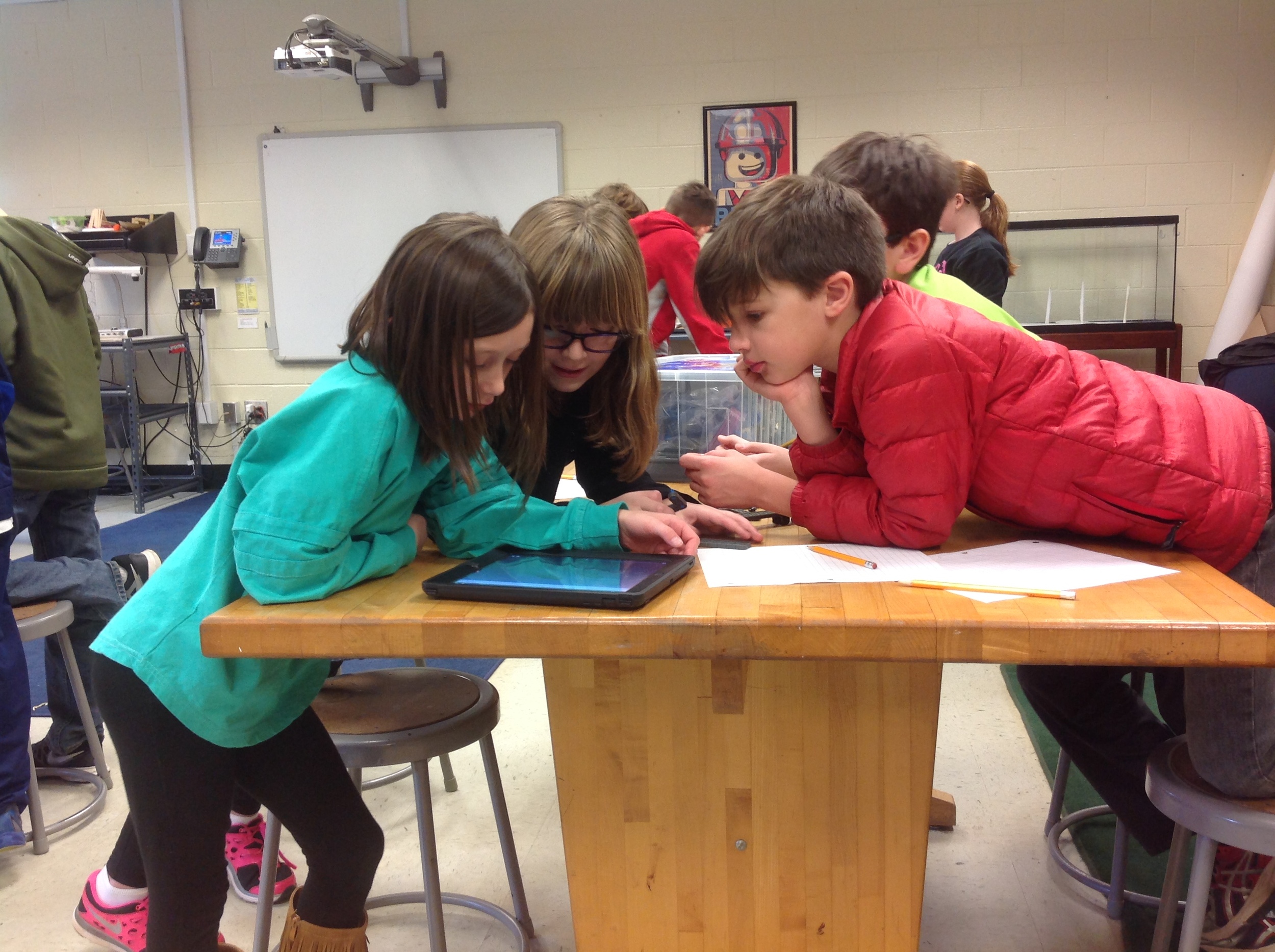
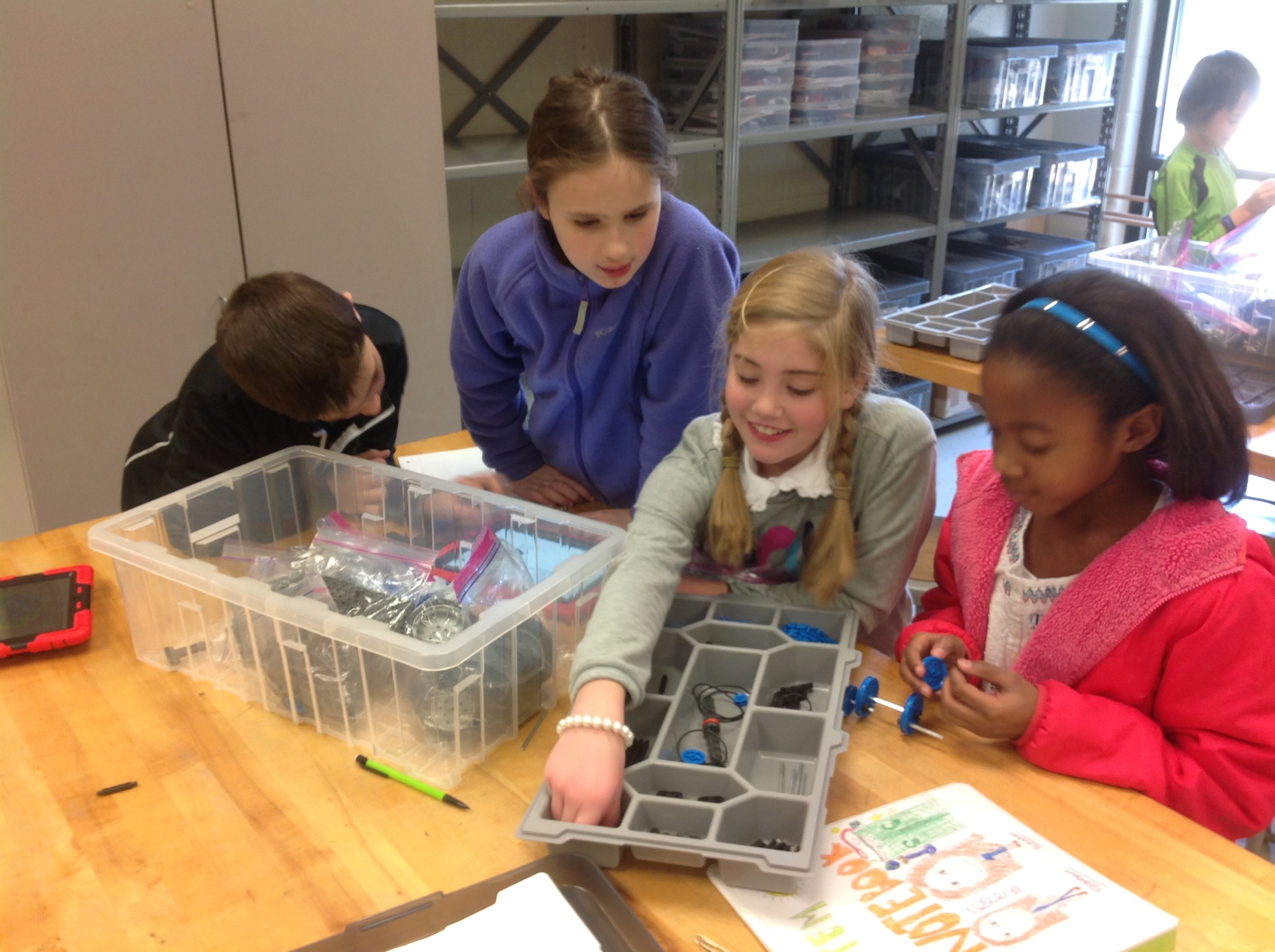
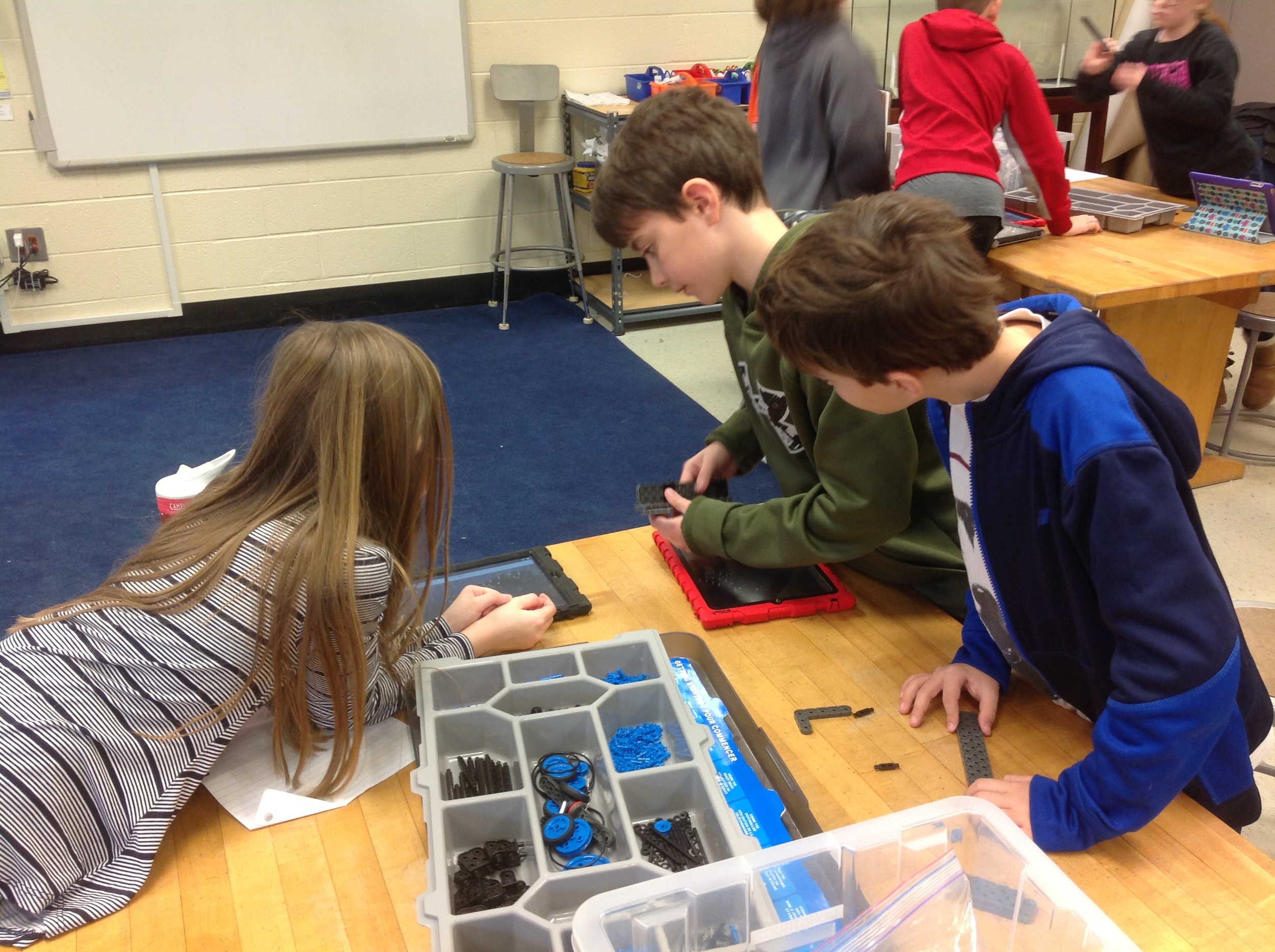
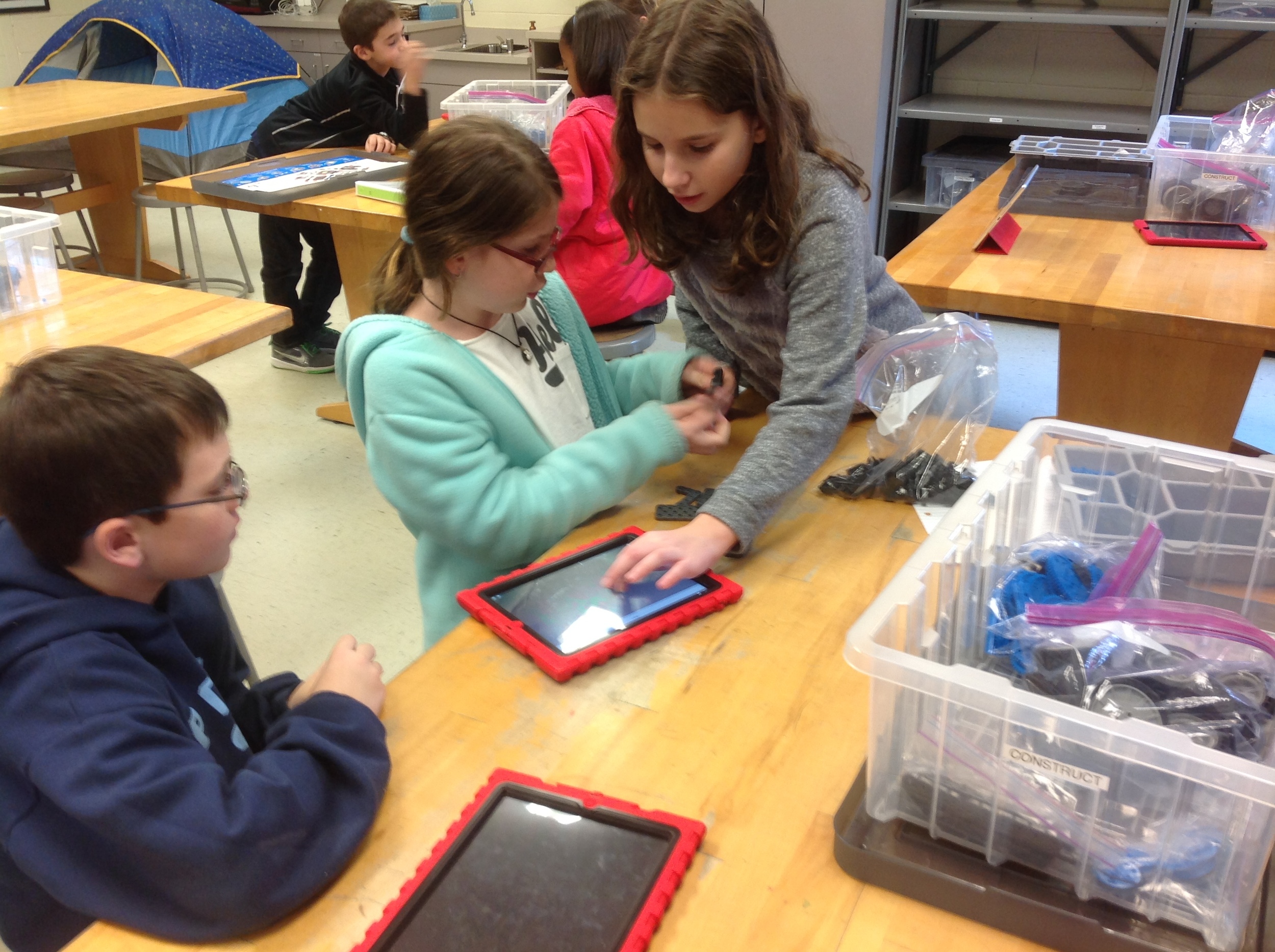
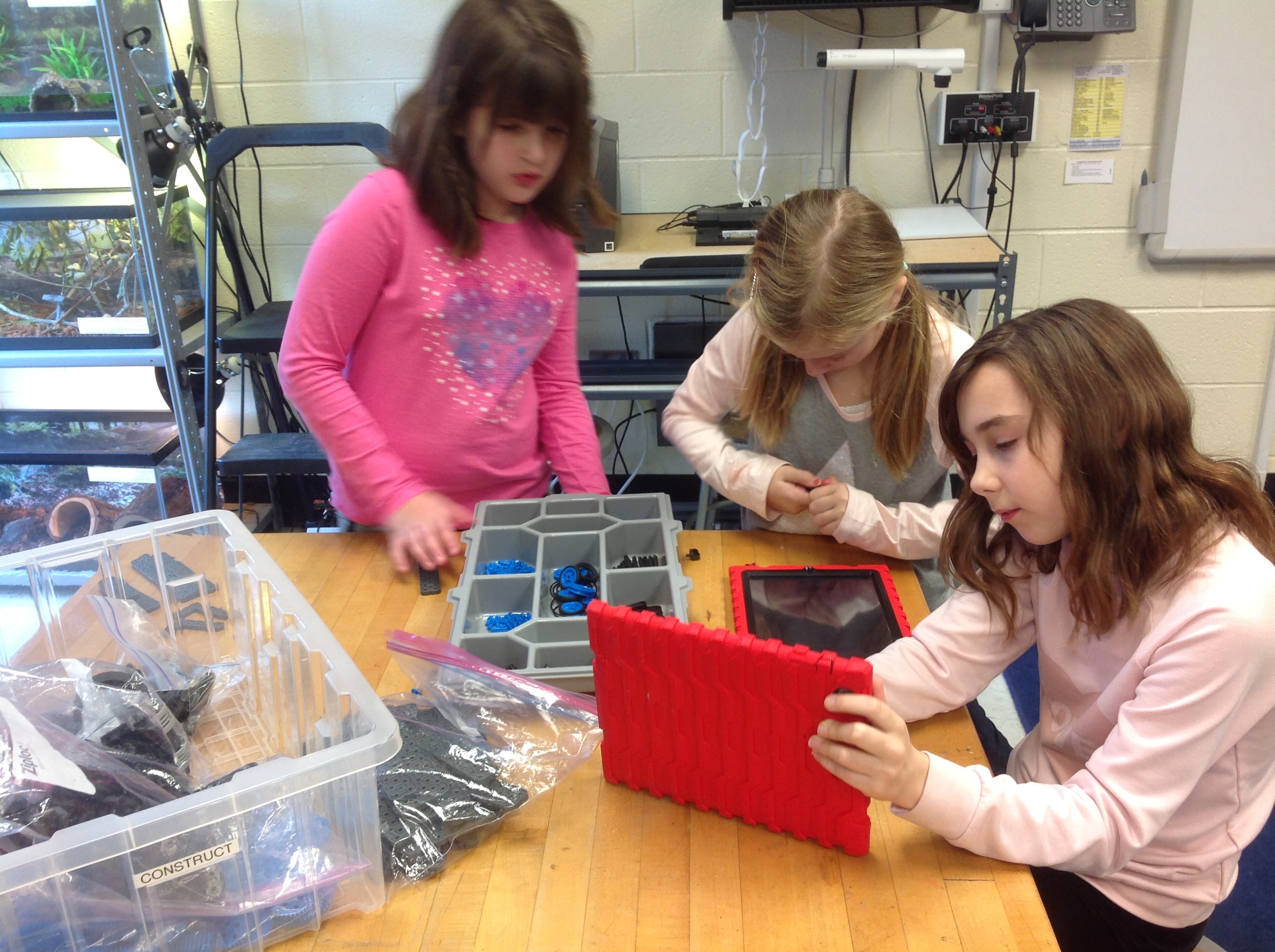
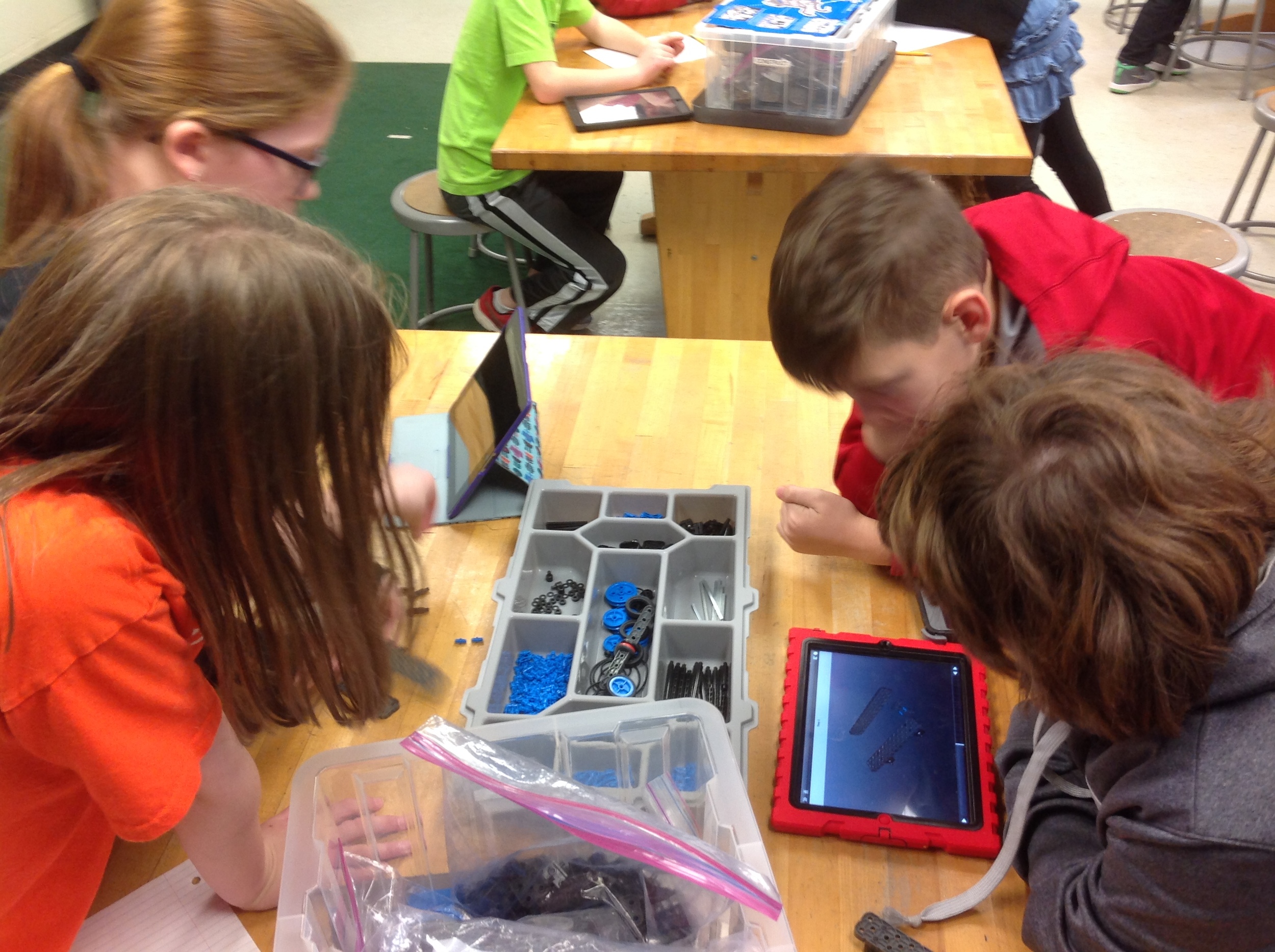
Wrapping up Pollination
Mrs. G's and Friend's class wrap up pollination:
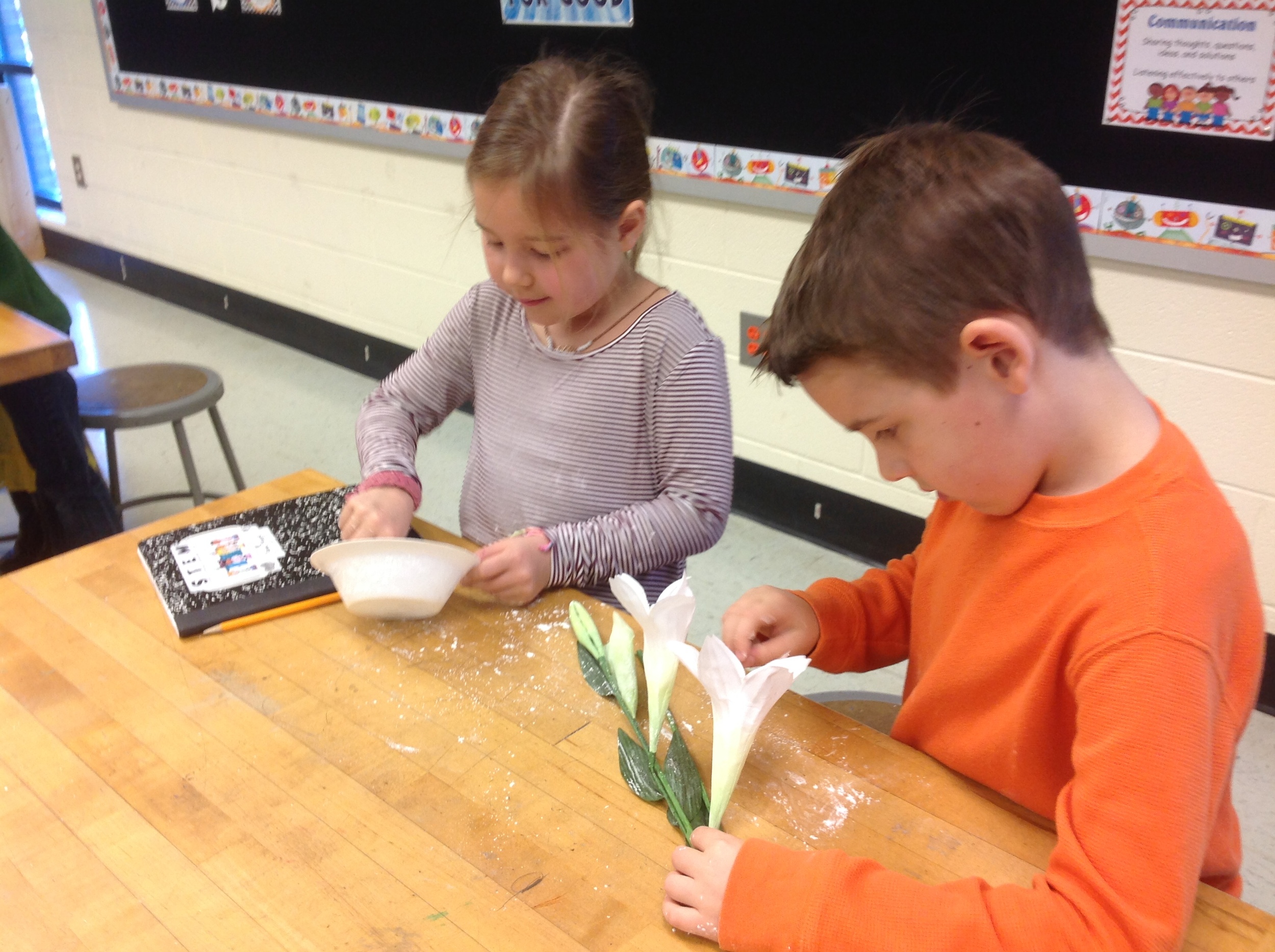
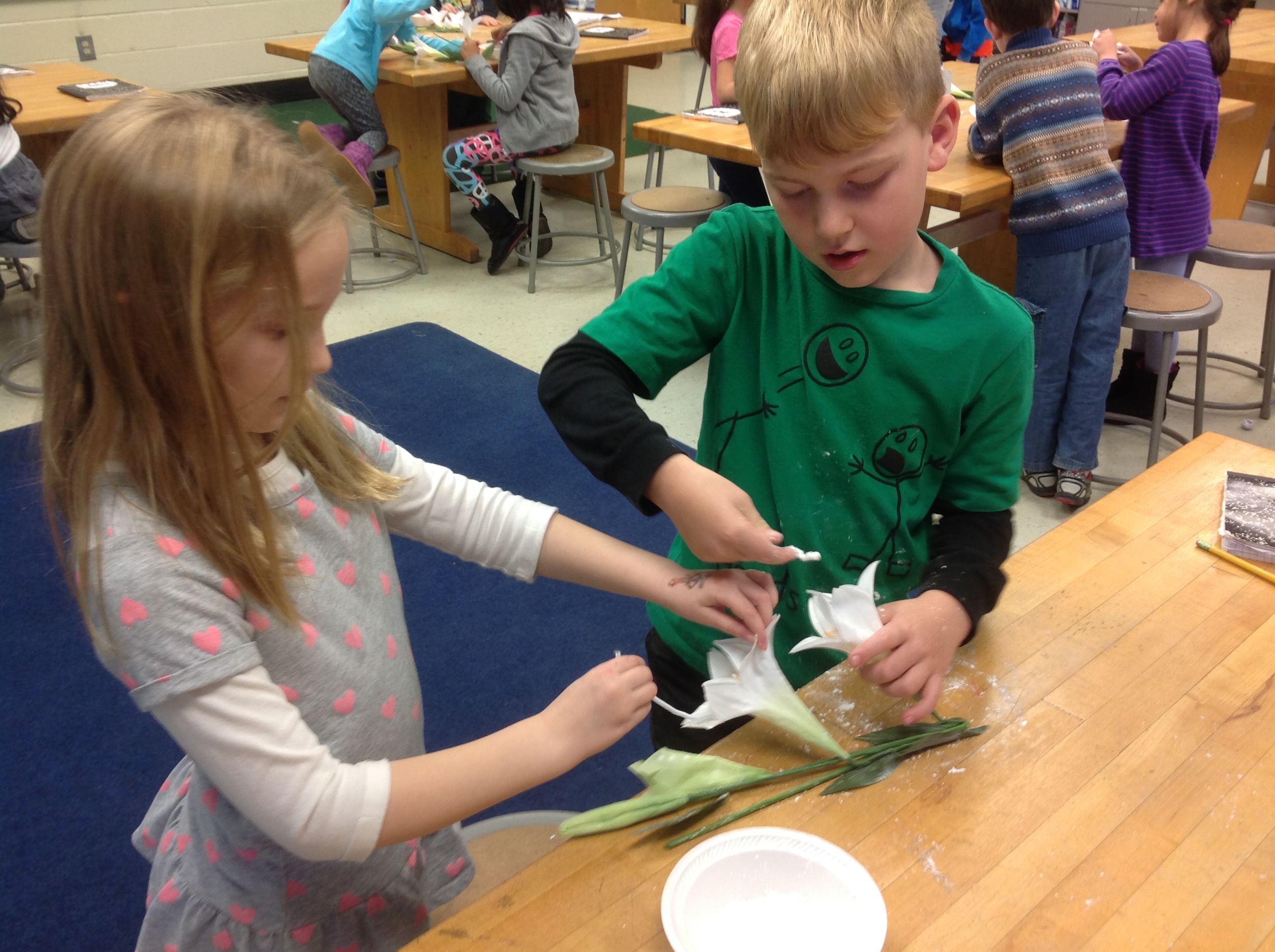
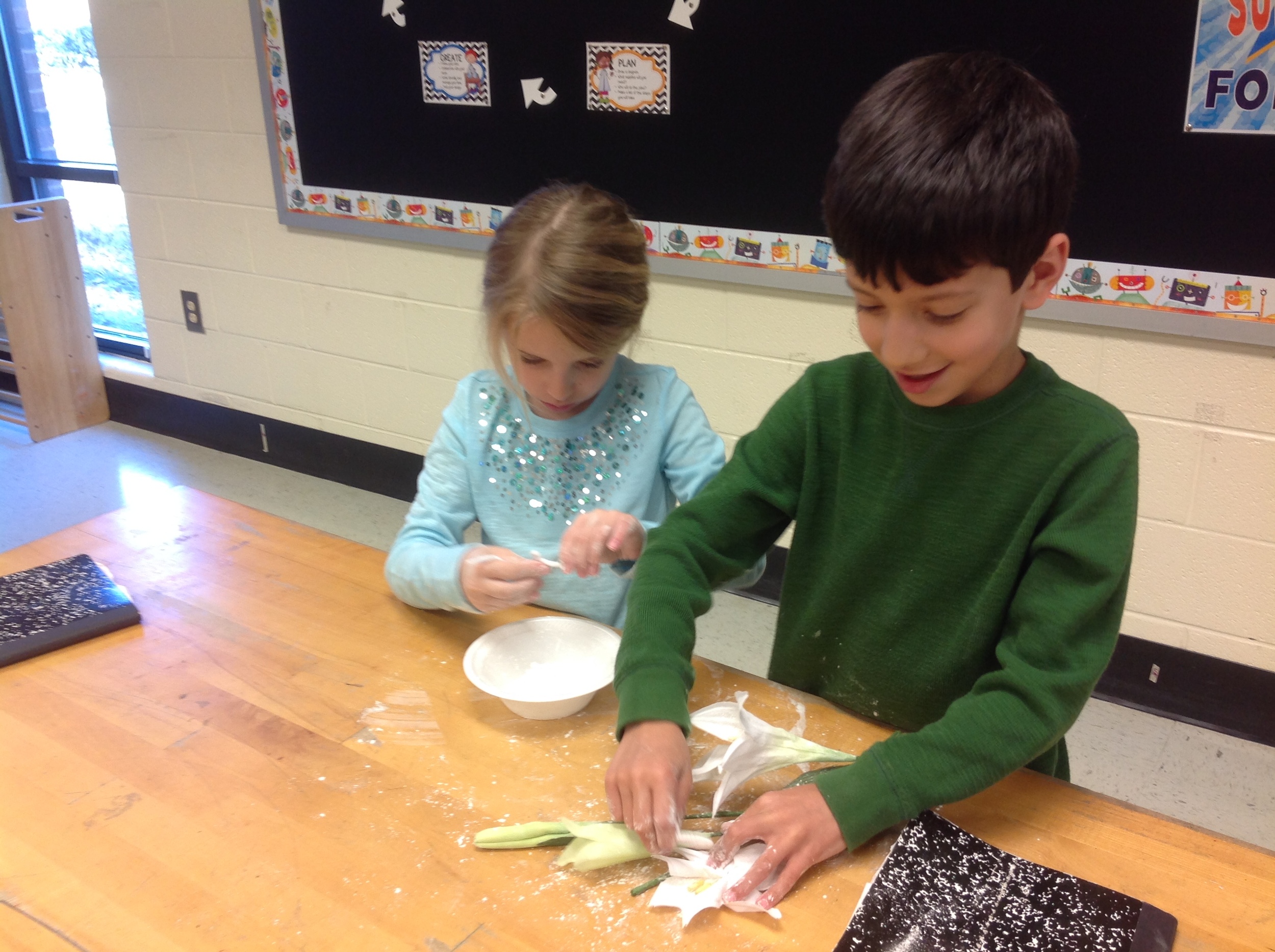
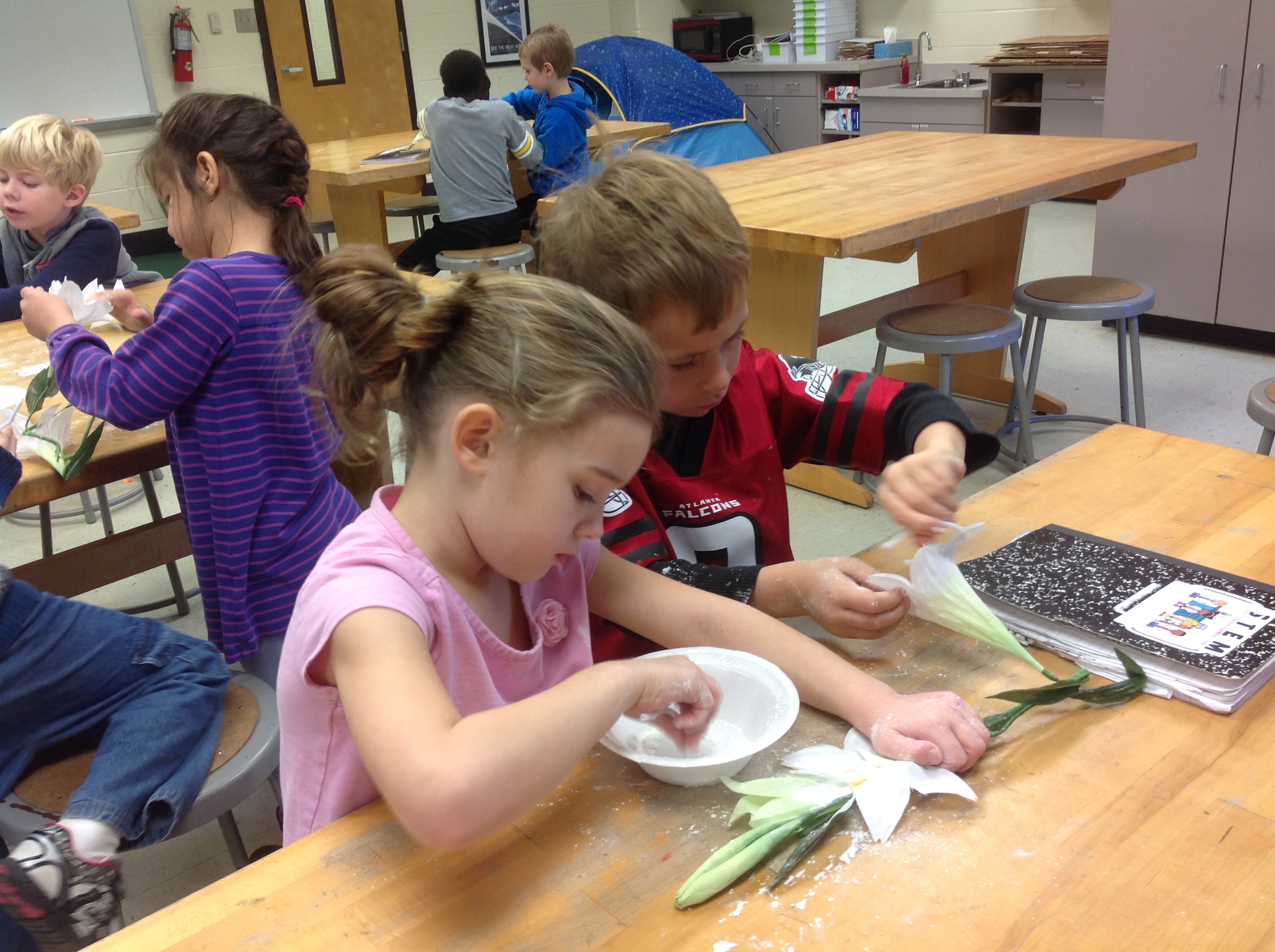
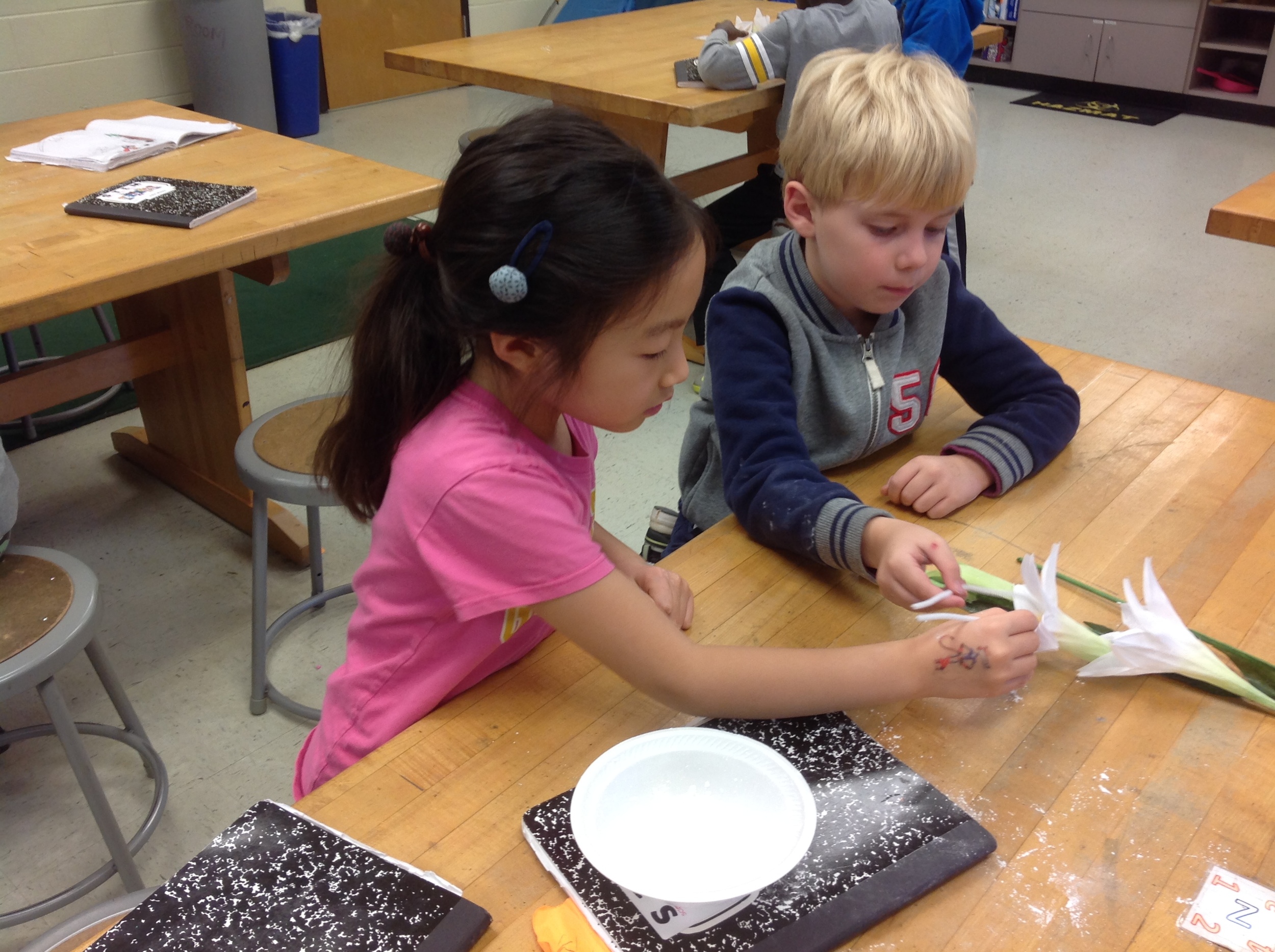
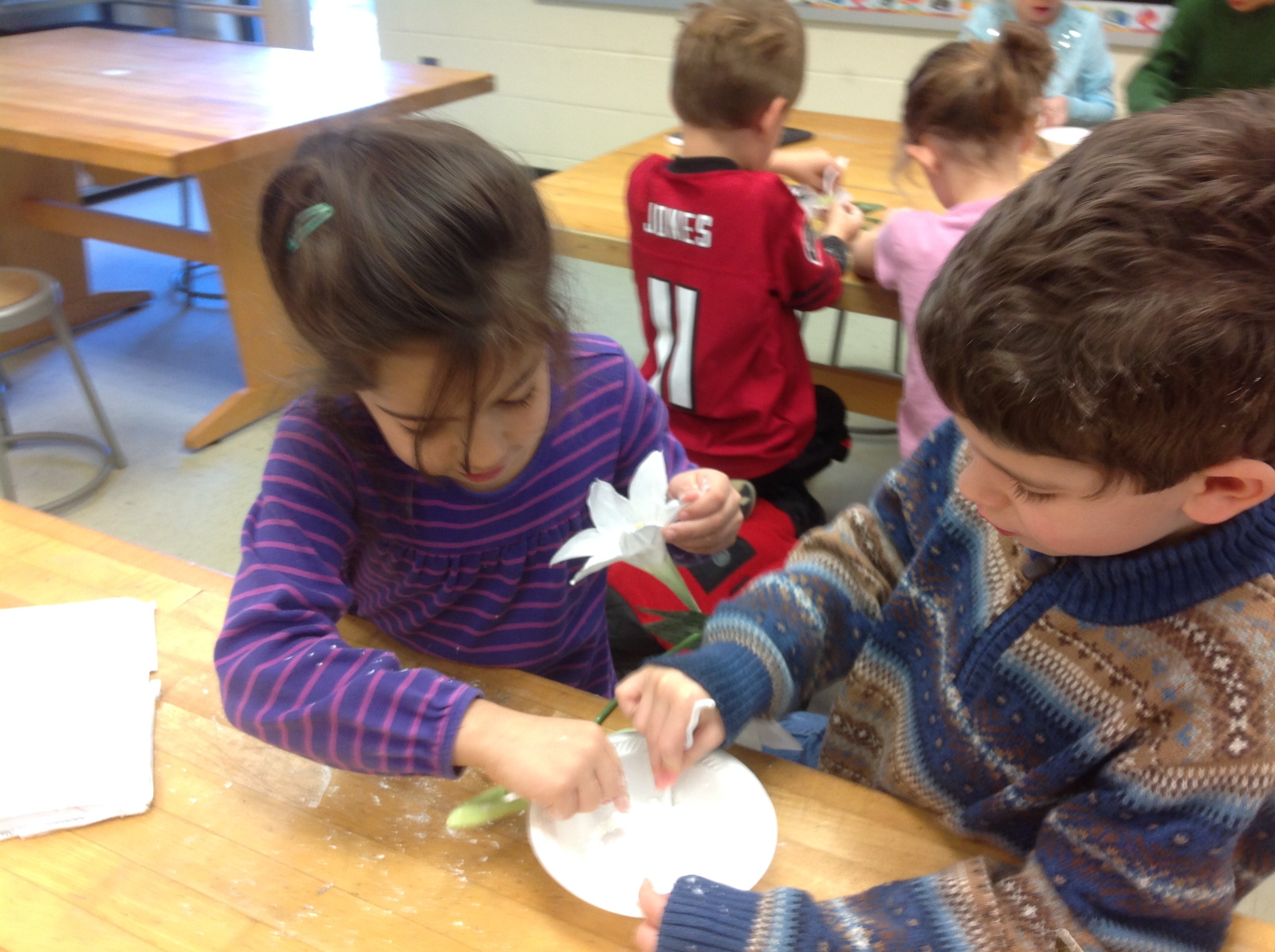
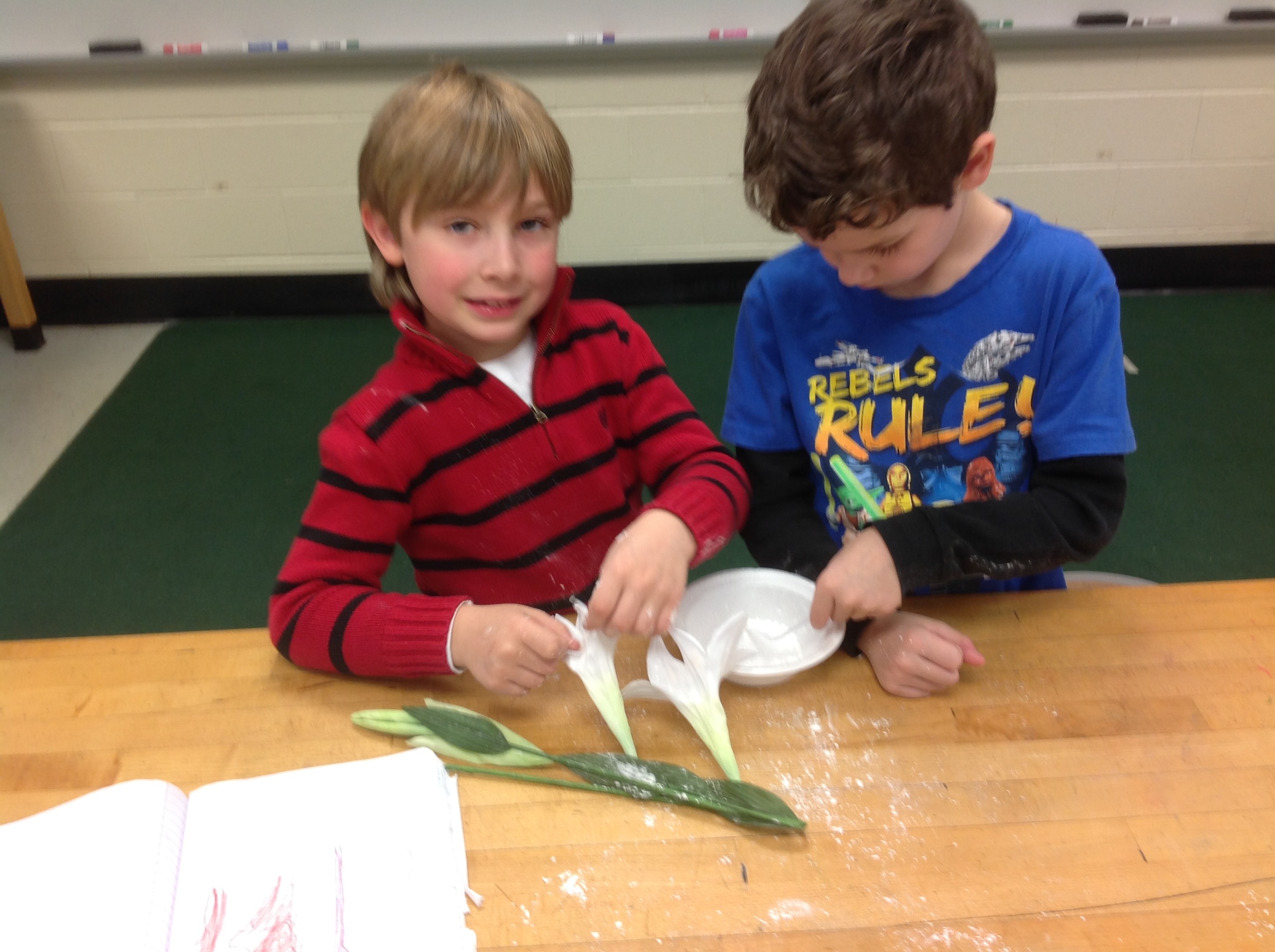
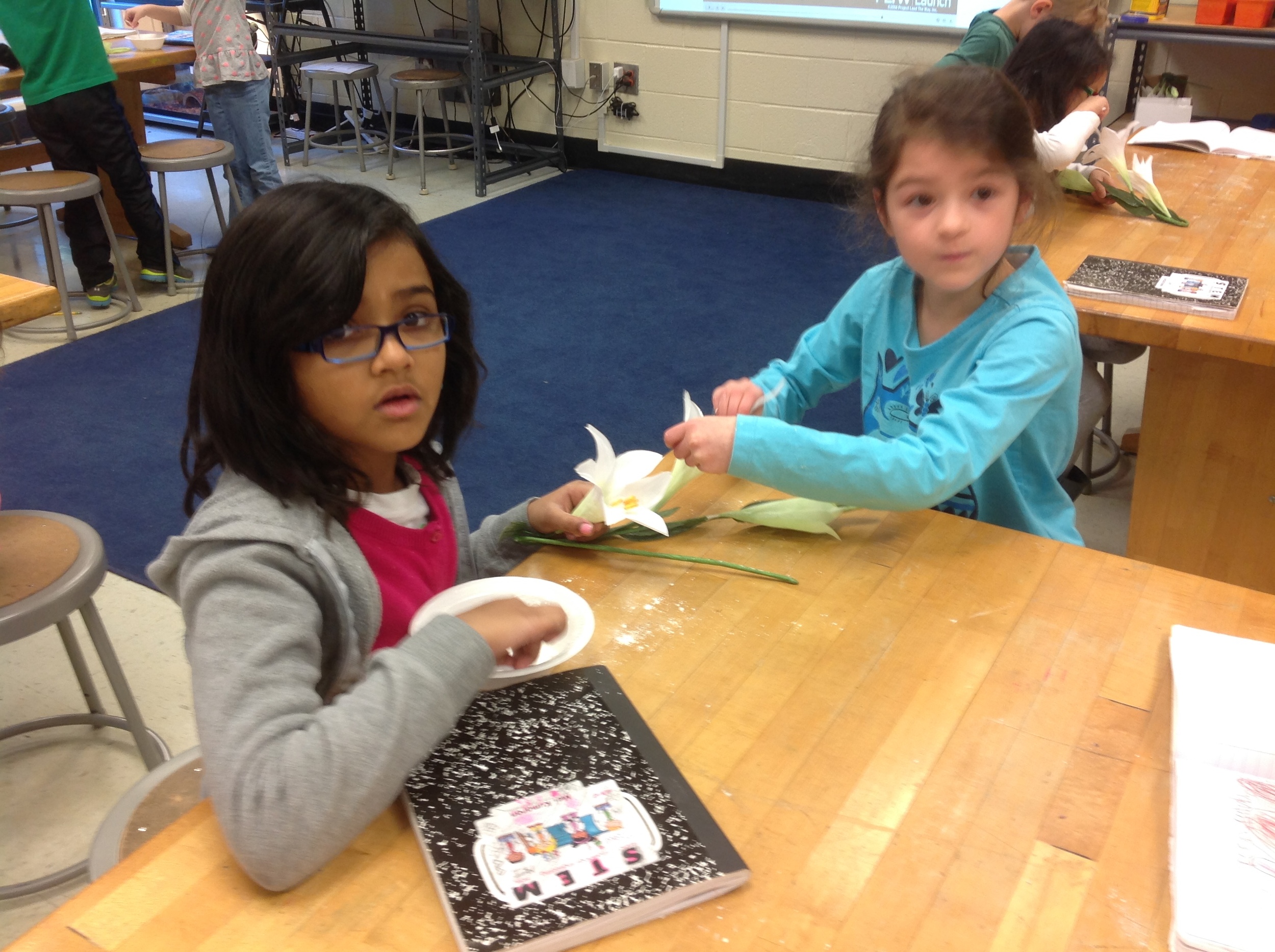
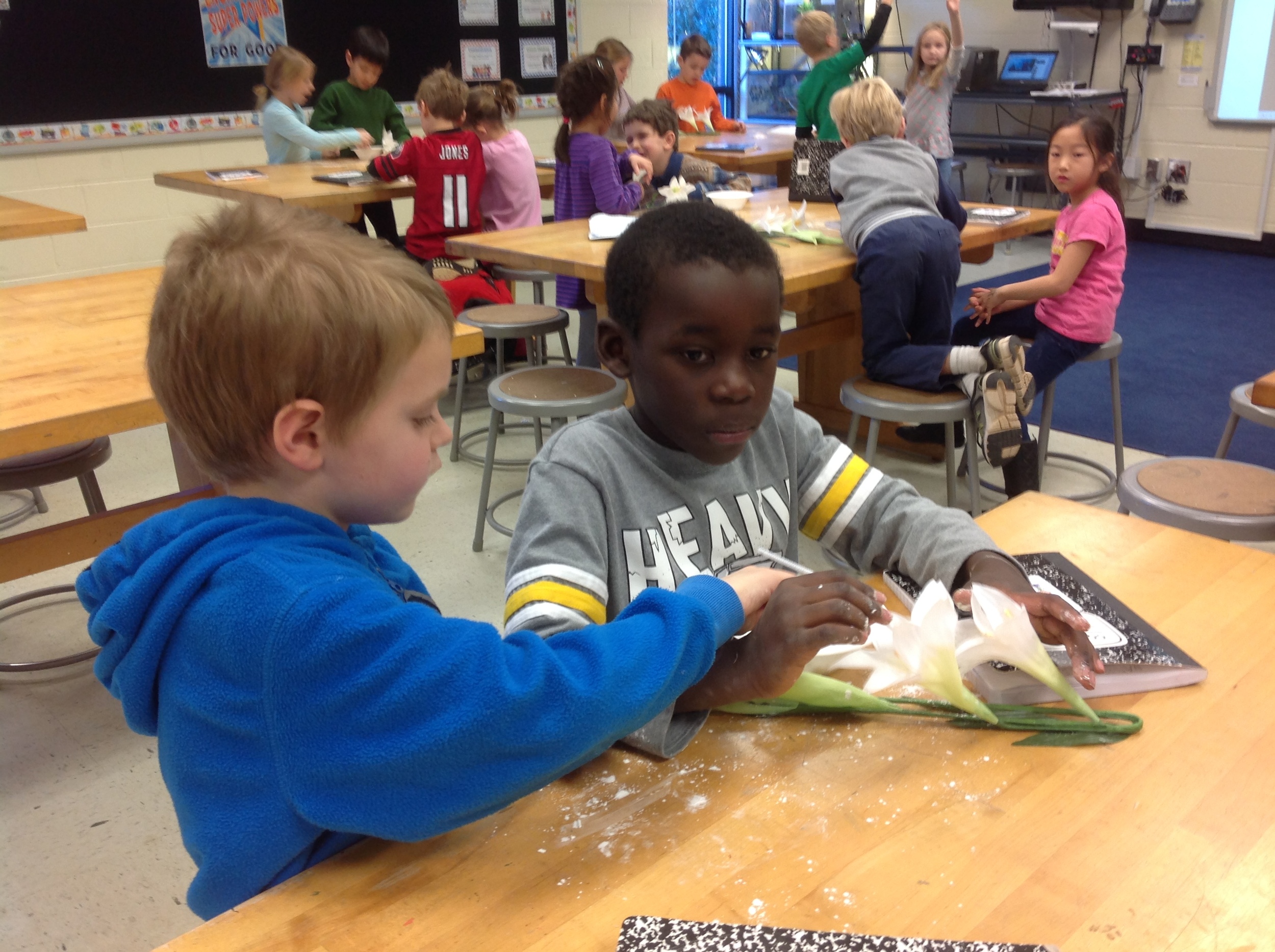
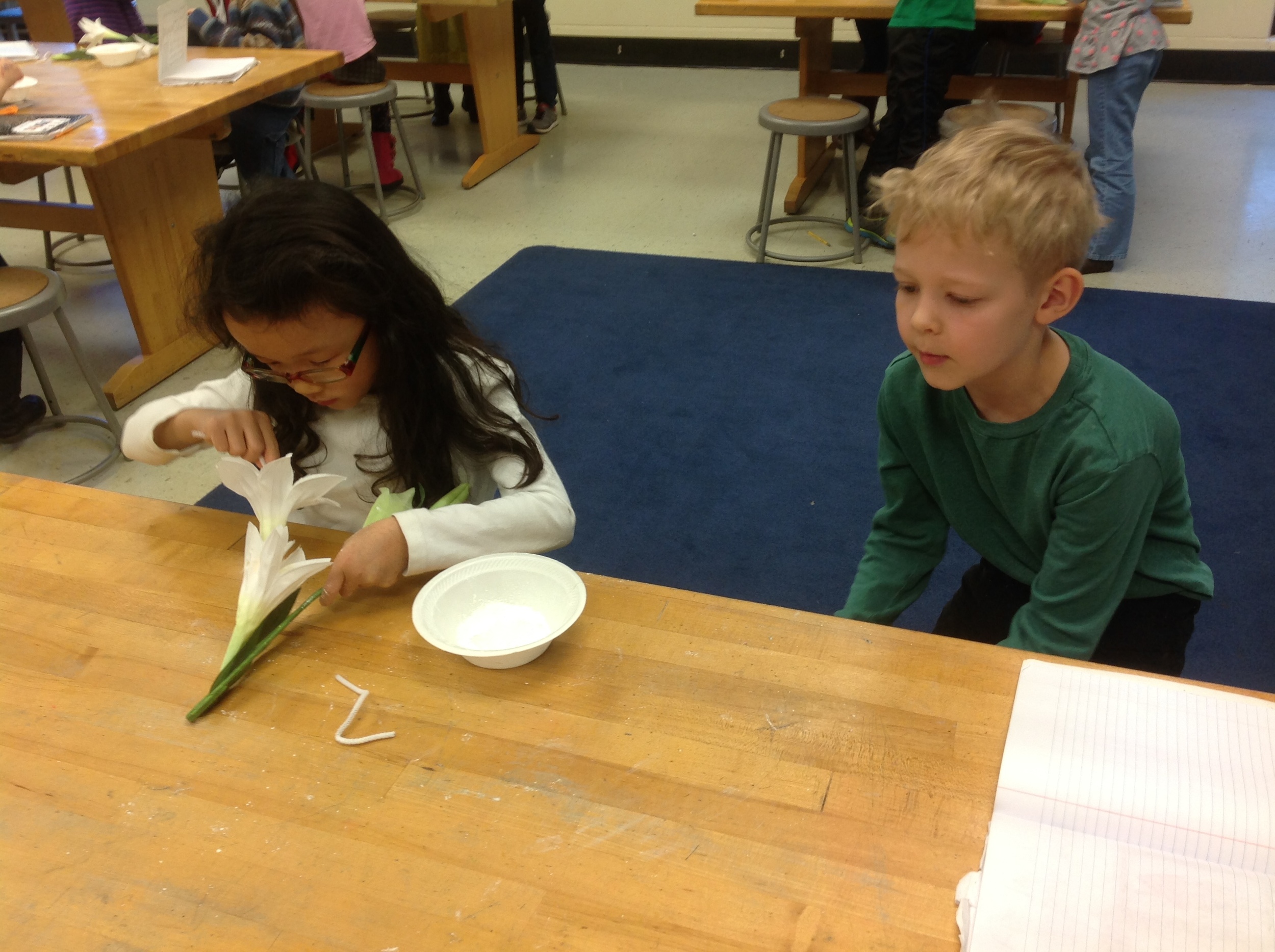
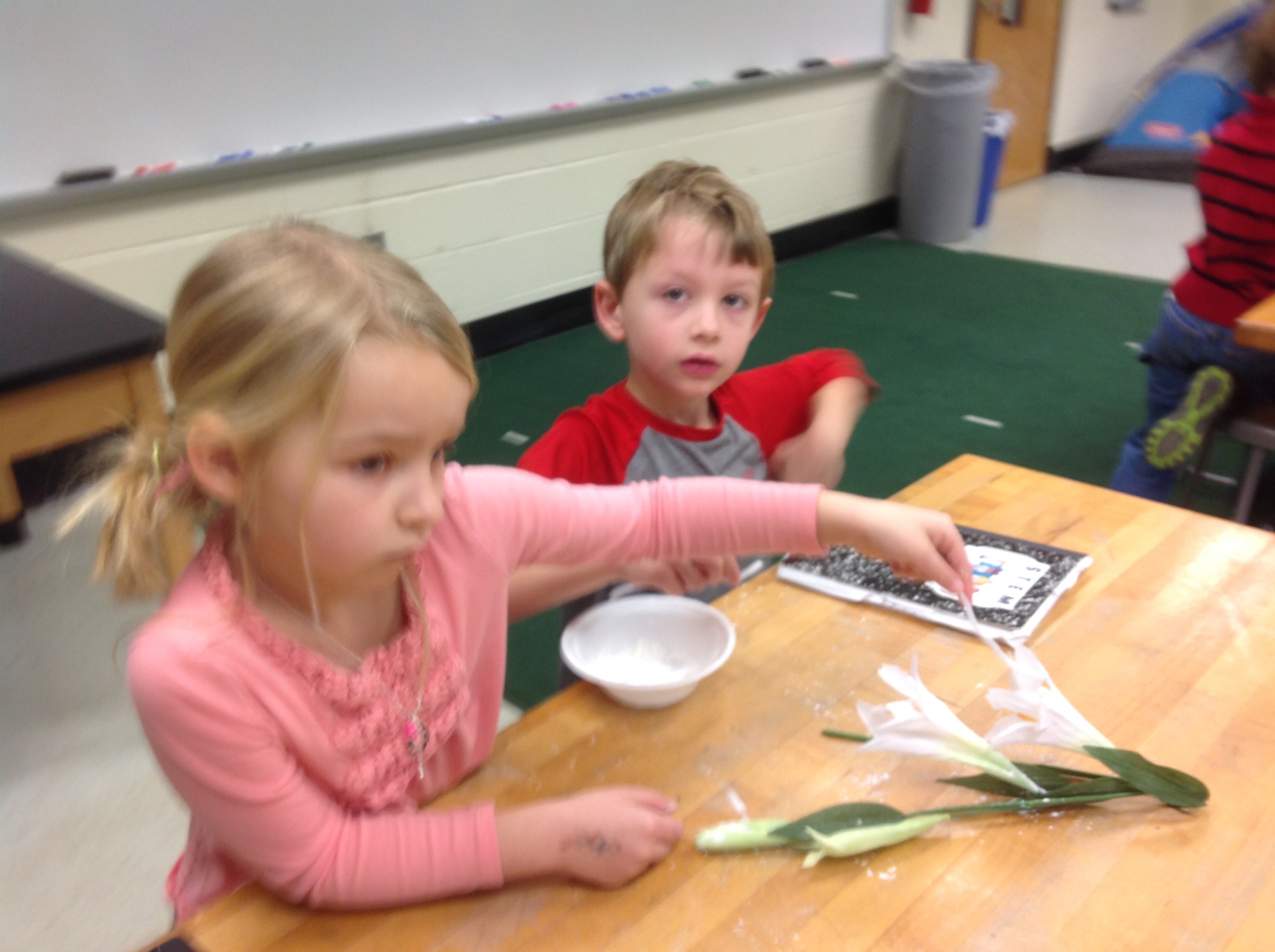
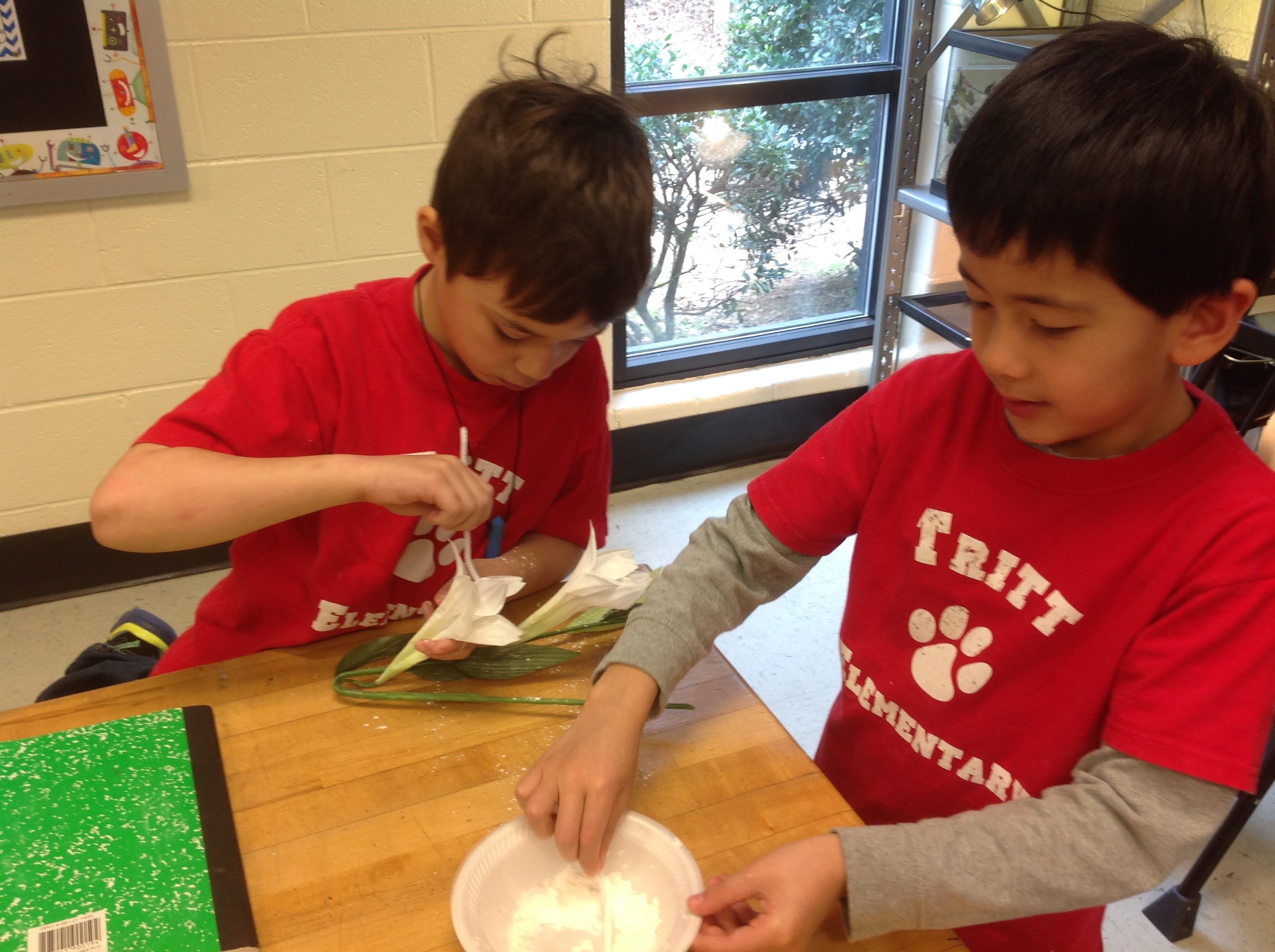
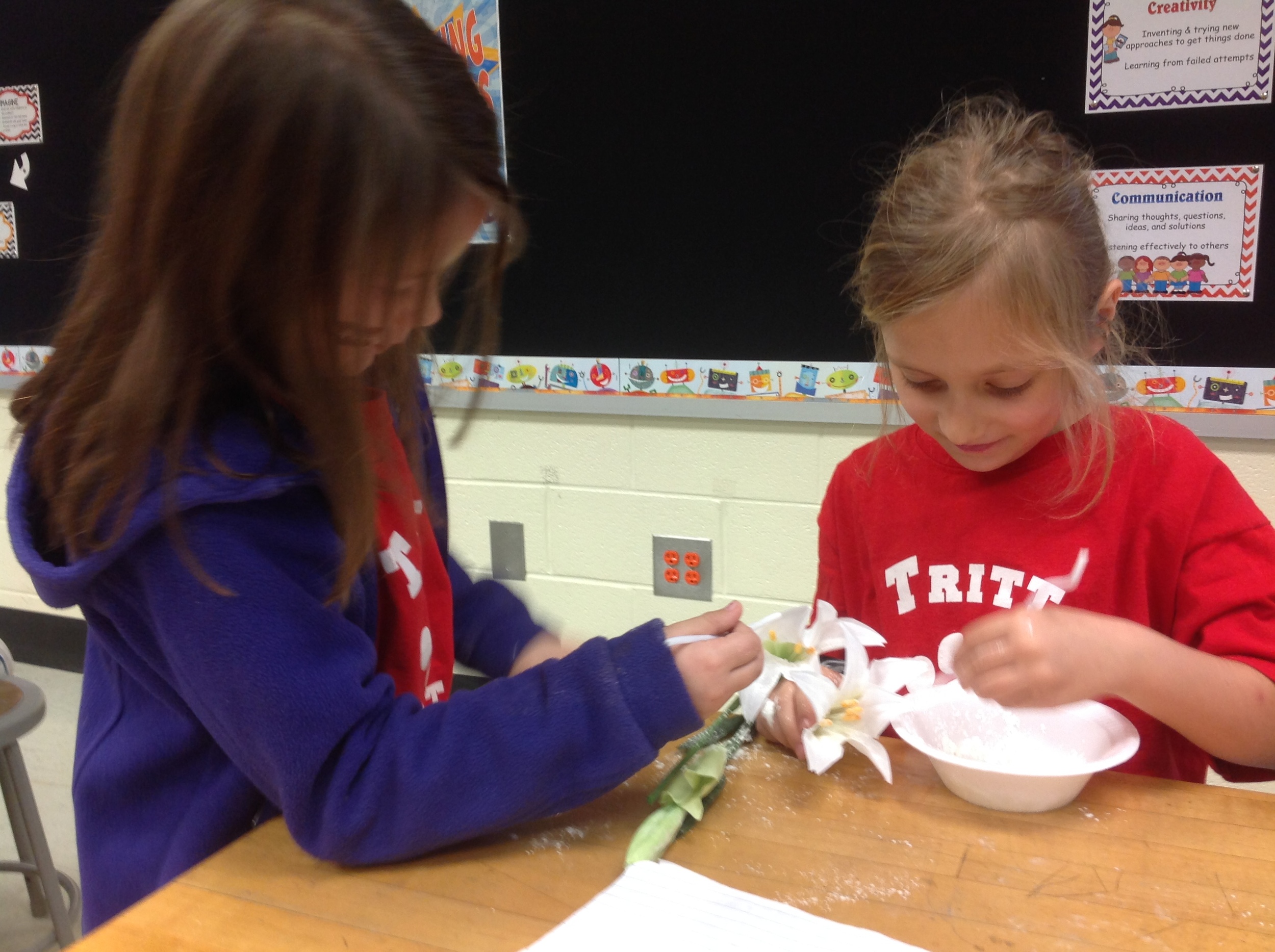
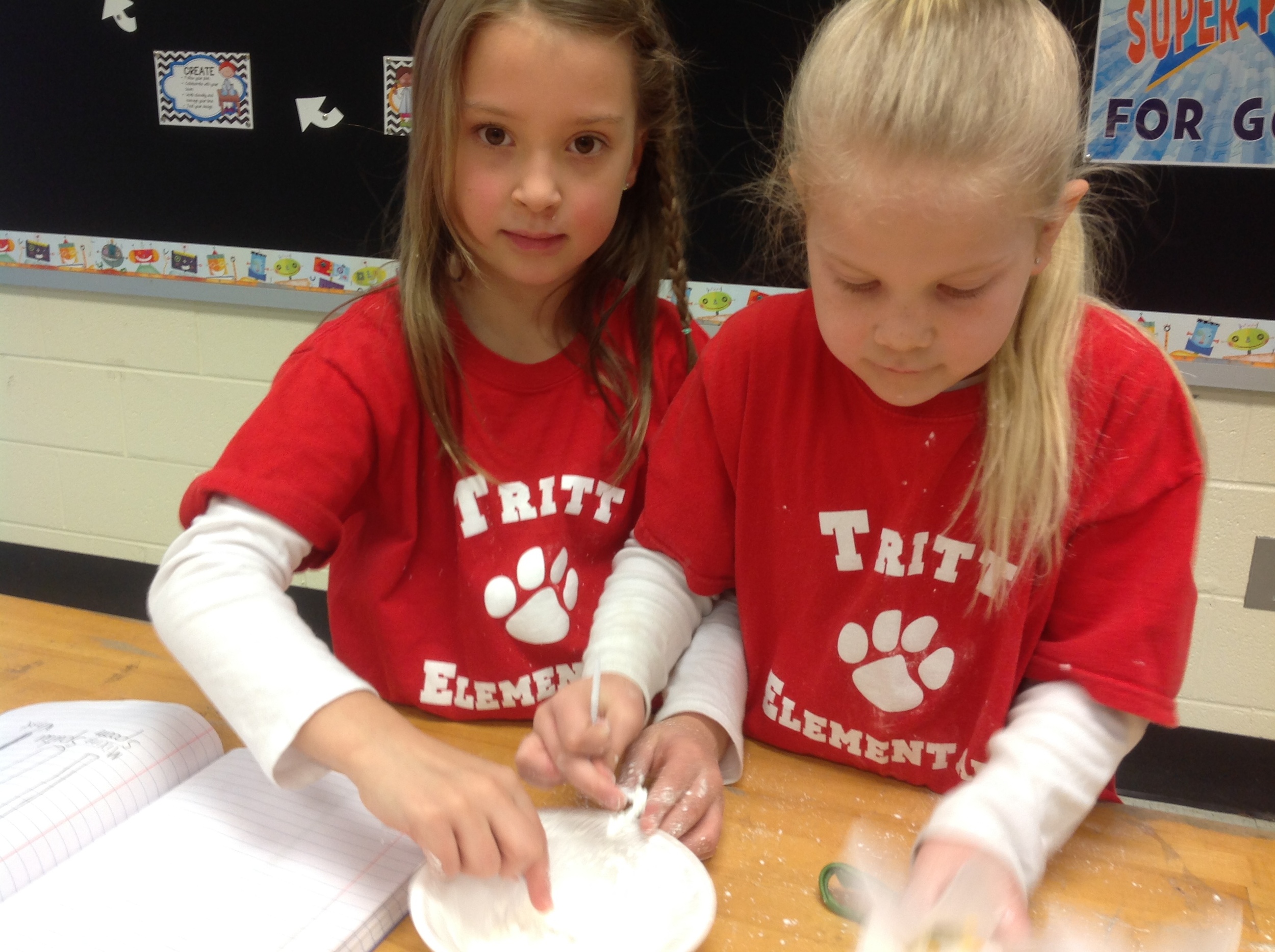
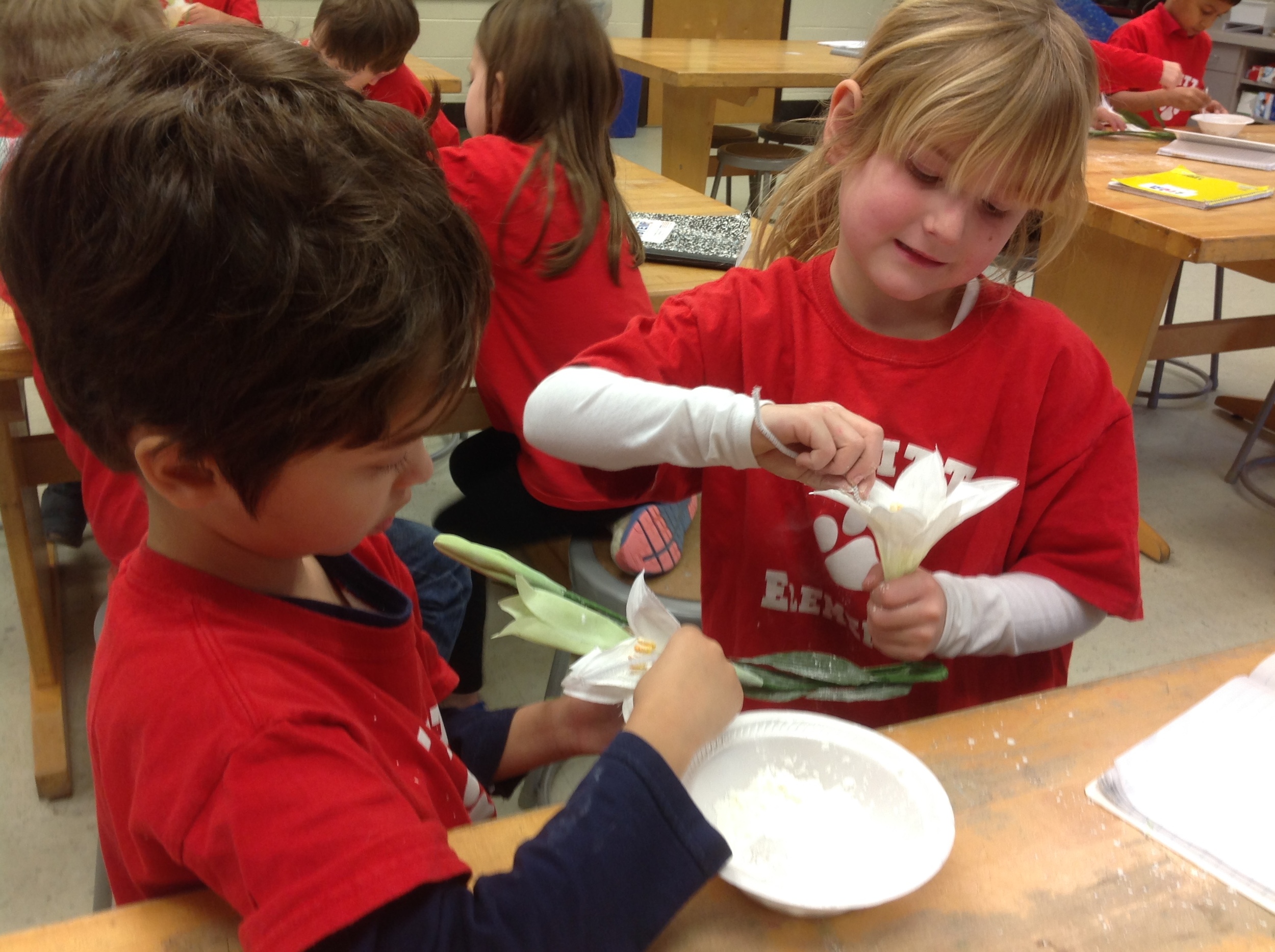
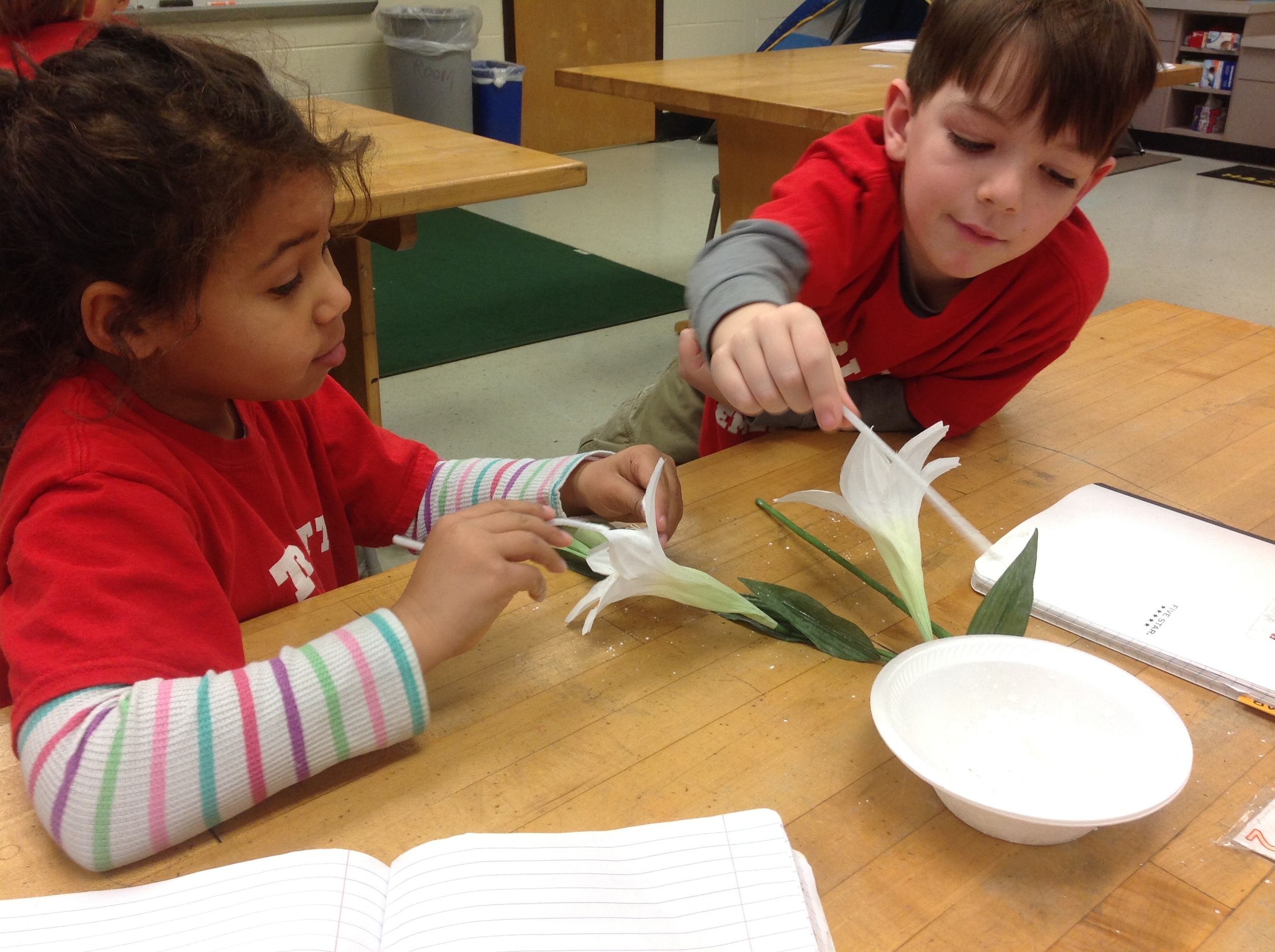
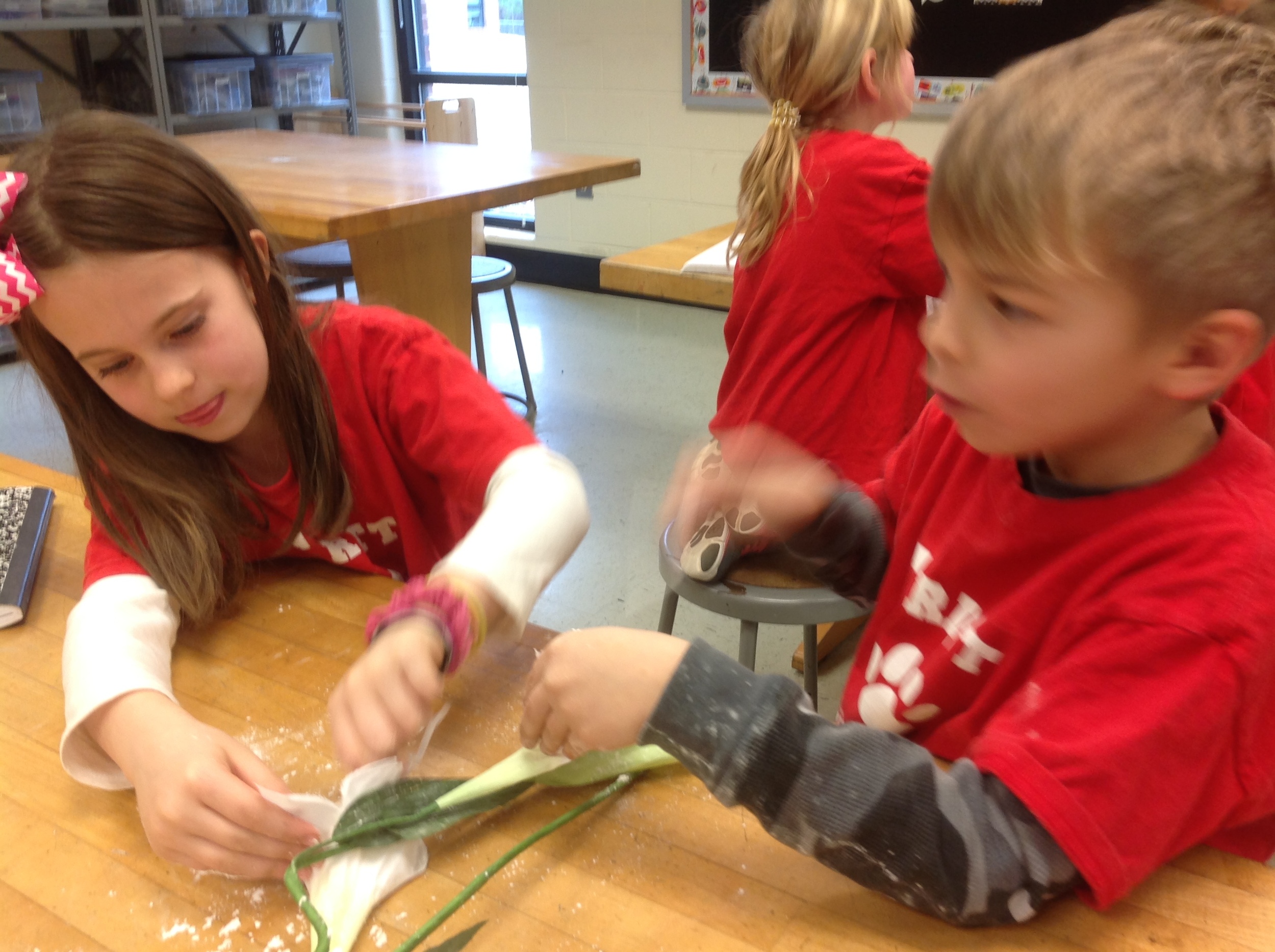
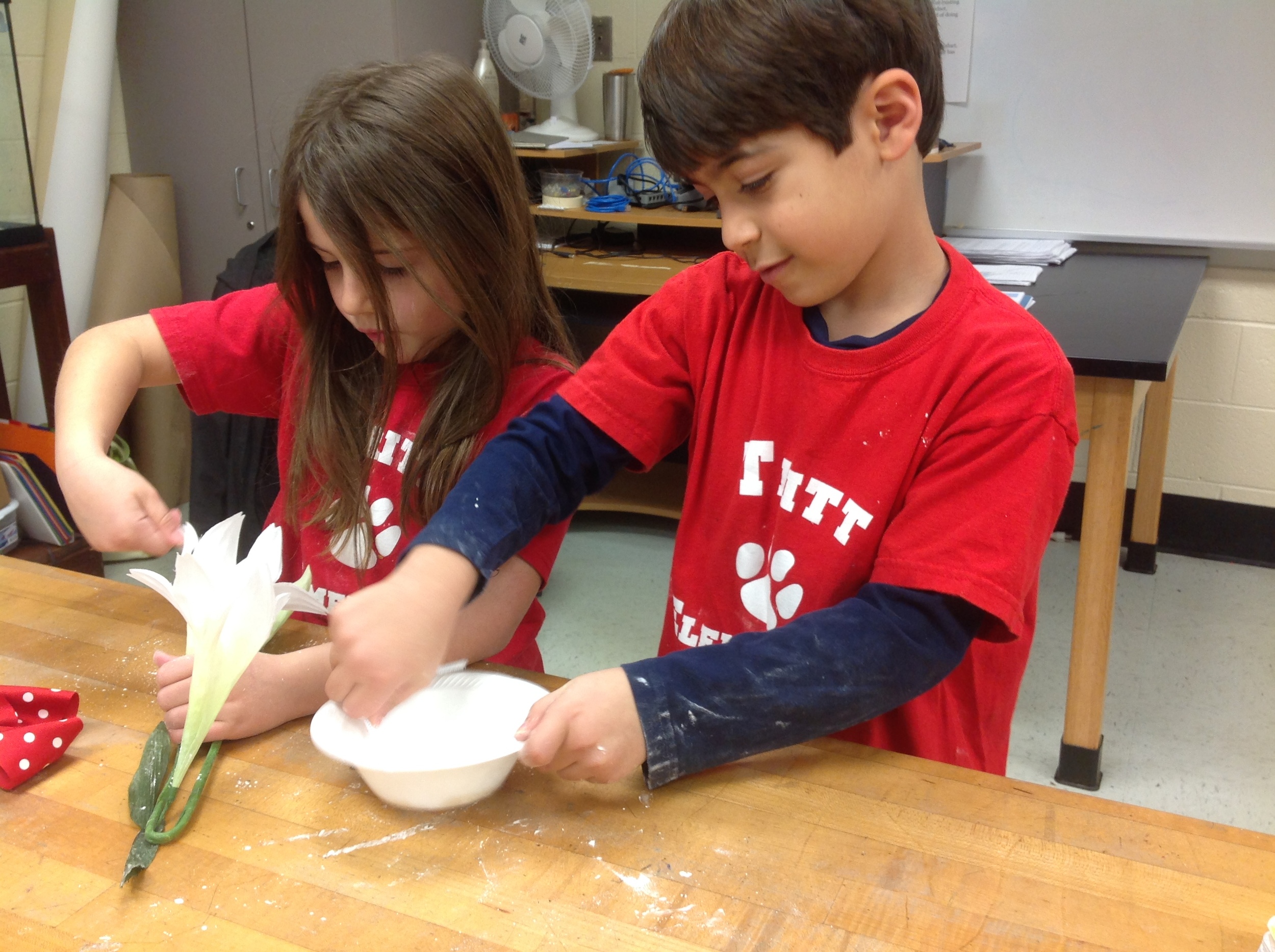

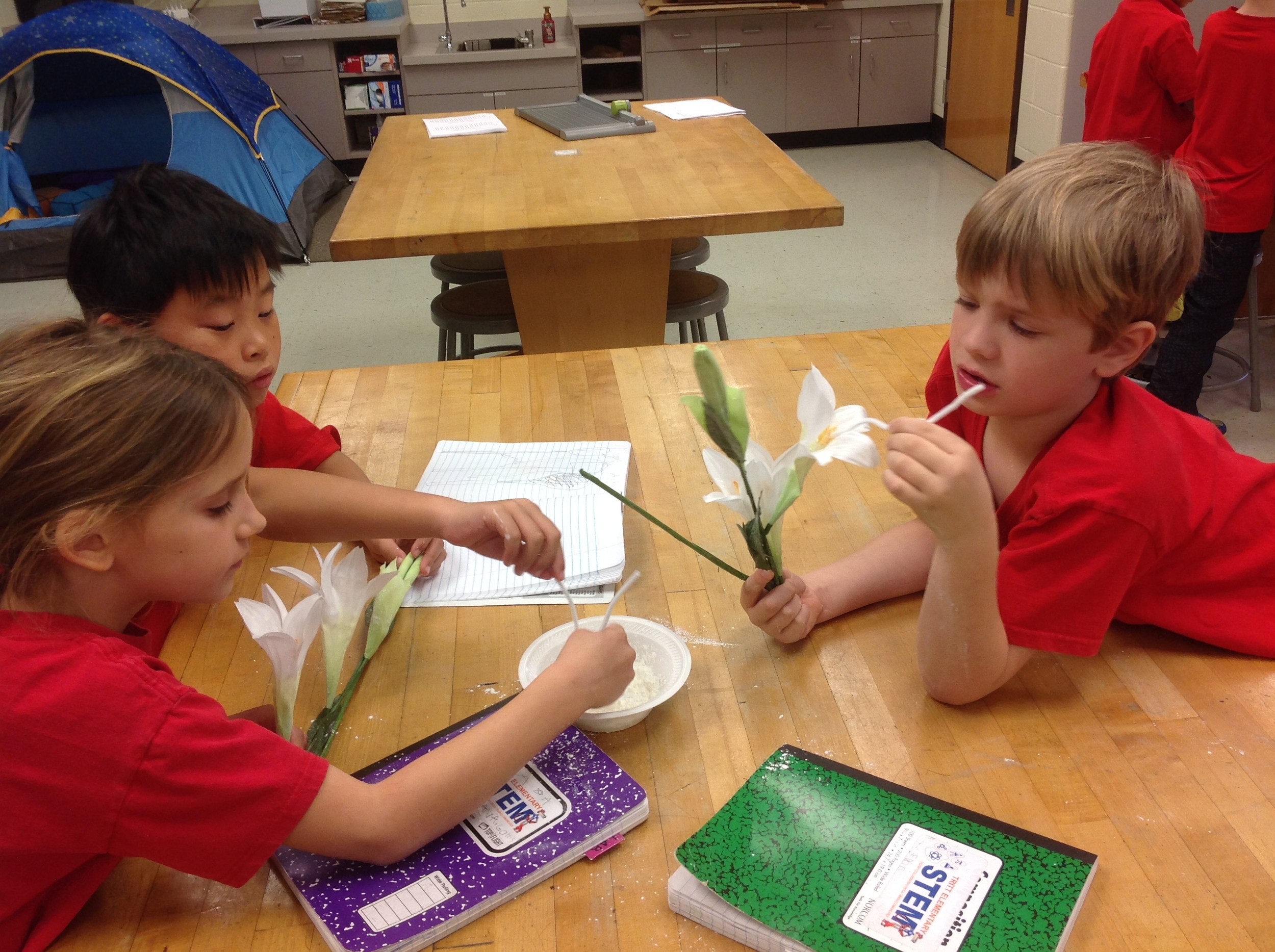
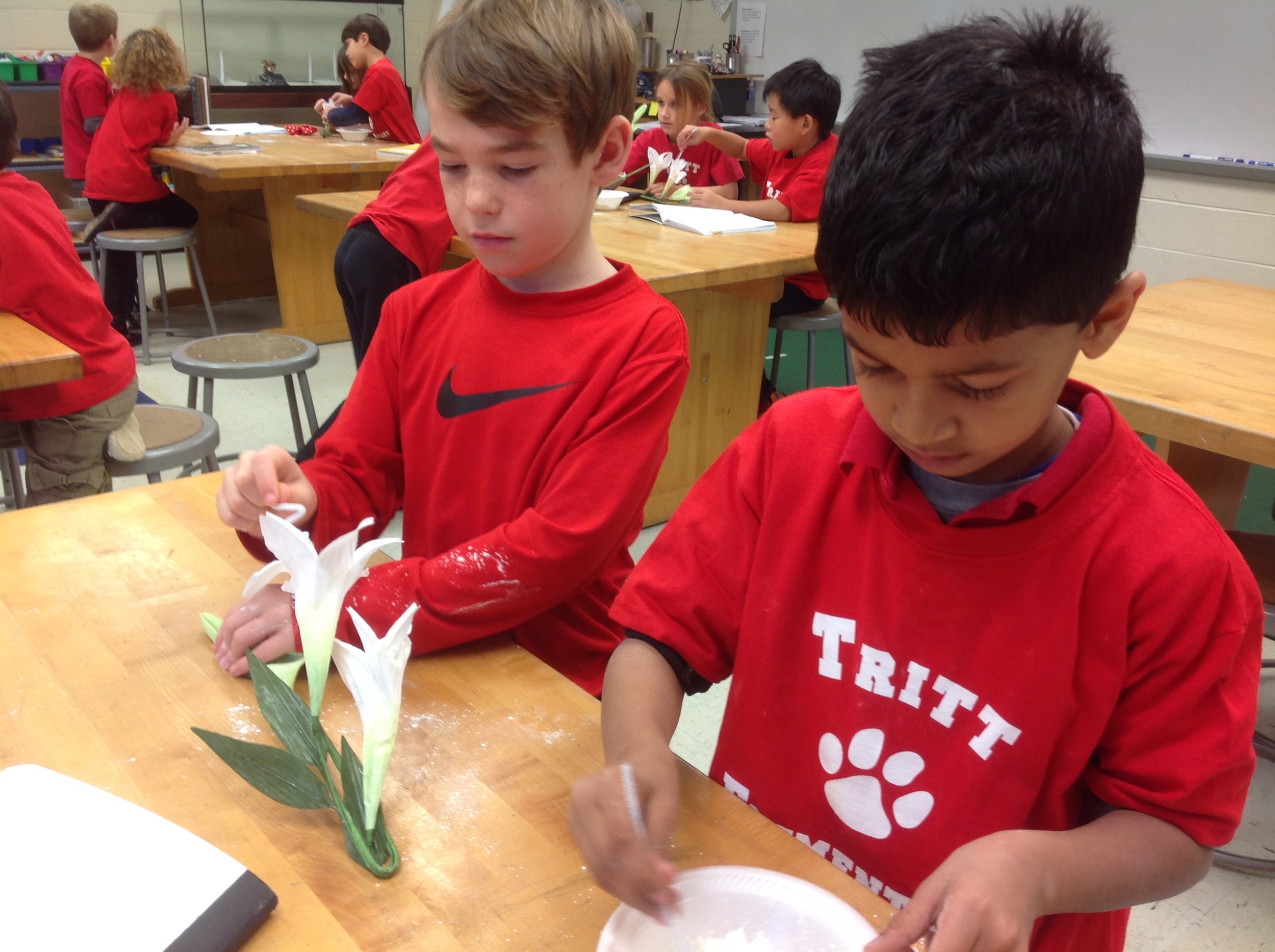
Mrs. Lupiani's class wraps up Snap Circuits.
Jack/Jack/Will experimented with parallel circuits in ways no other class had, while Mary Scott made a game controller for her team's circuit board! Way to wrap up our series on circuits!
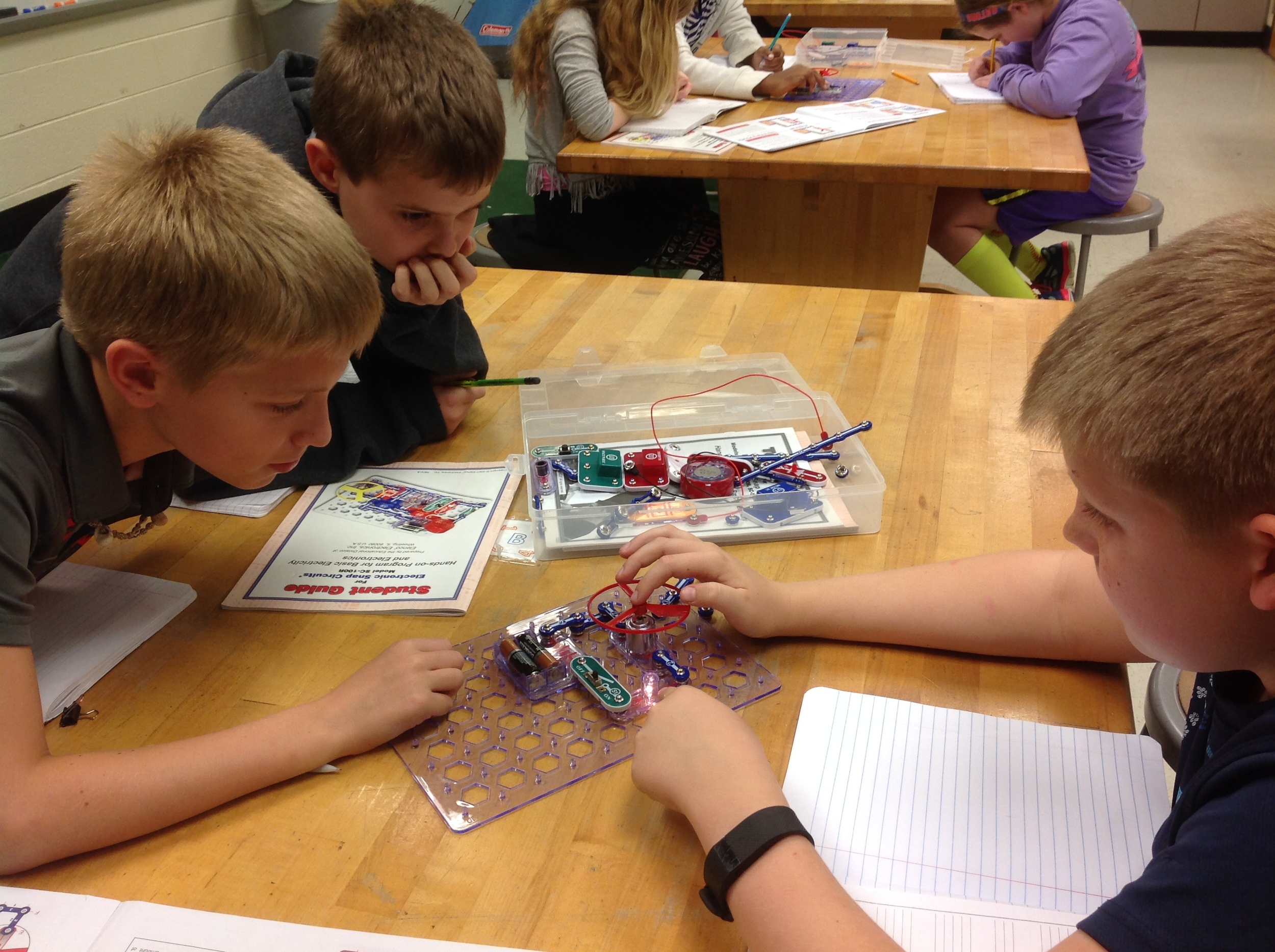

Here comes the sun!
We made sun trackers in 2nd grade this week. Next up will take a look at the sun's shadow as it moves across Tritt throughout the day! This will be vital information as we work to solve our STEM challenge: how to protect the playground from hot, sunny days!
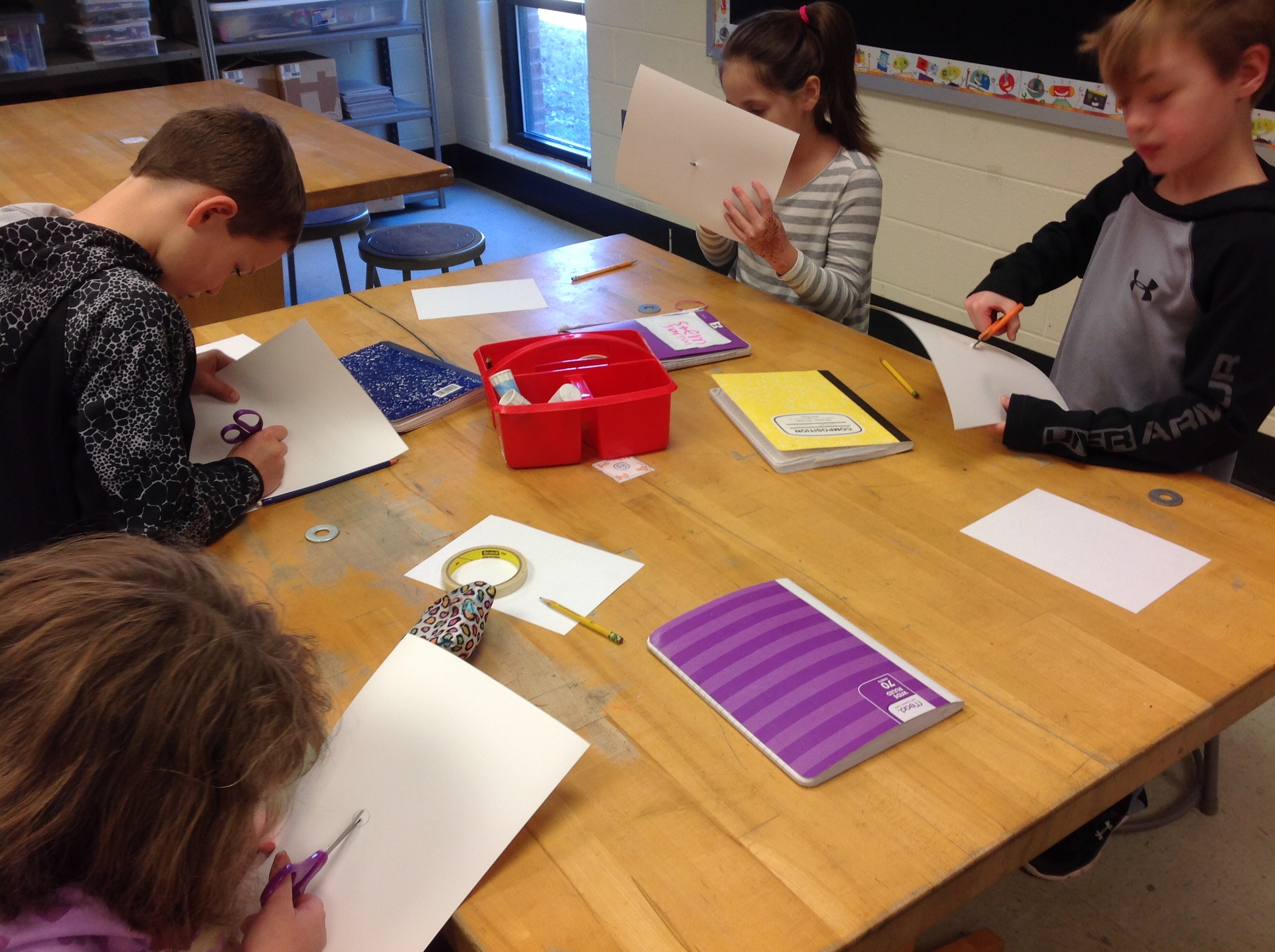
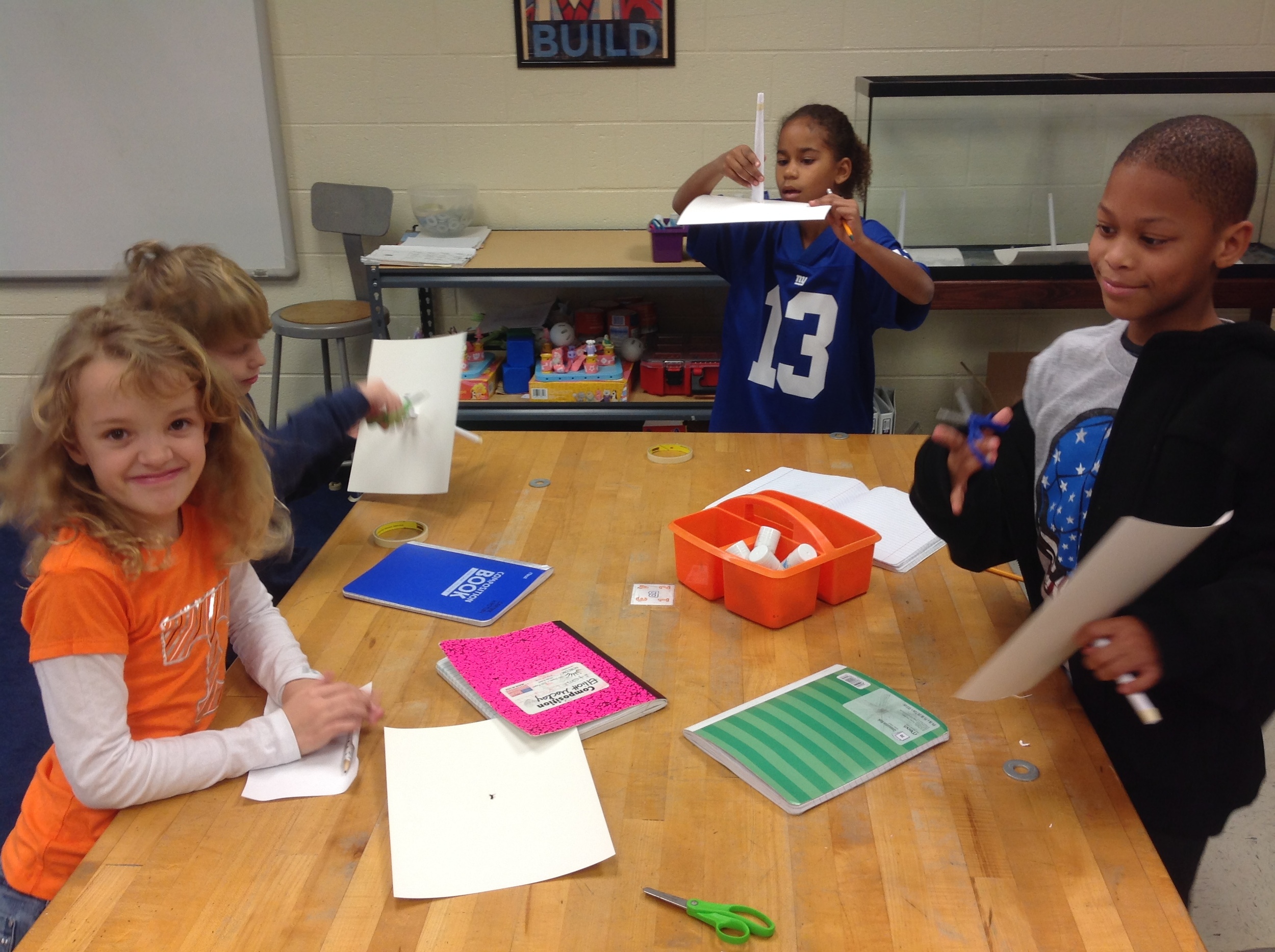
Busy as bees!
Mrs. Moffett's class learned how difficult pollination could bee! We used silk flowers, pipe cleaners and corn starch to try pollinating flowers just like bees, moths, birds, wind and of course, gardeners!
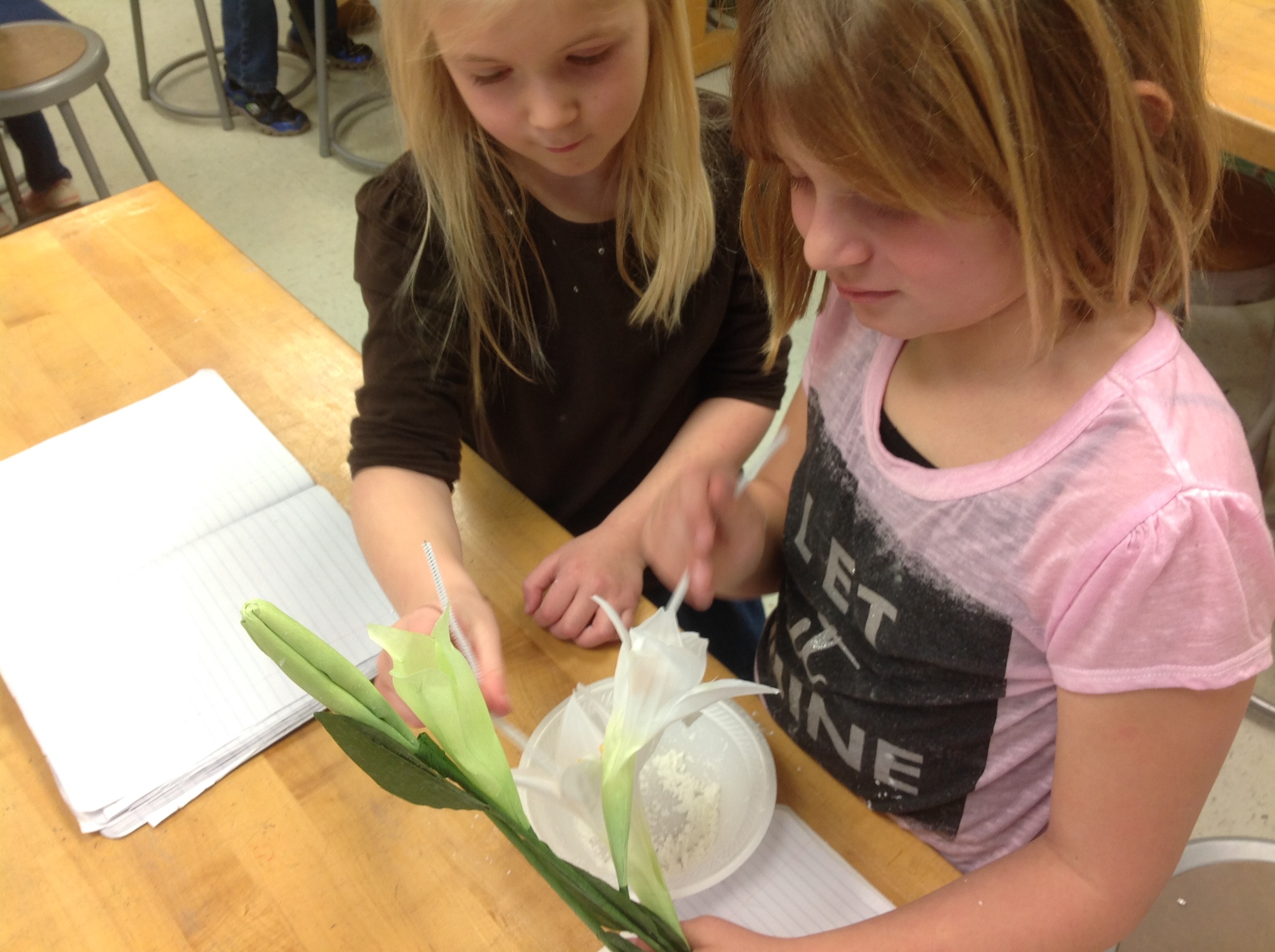
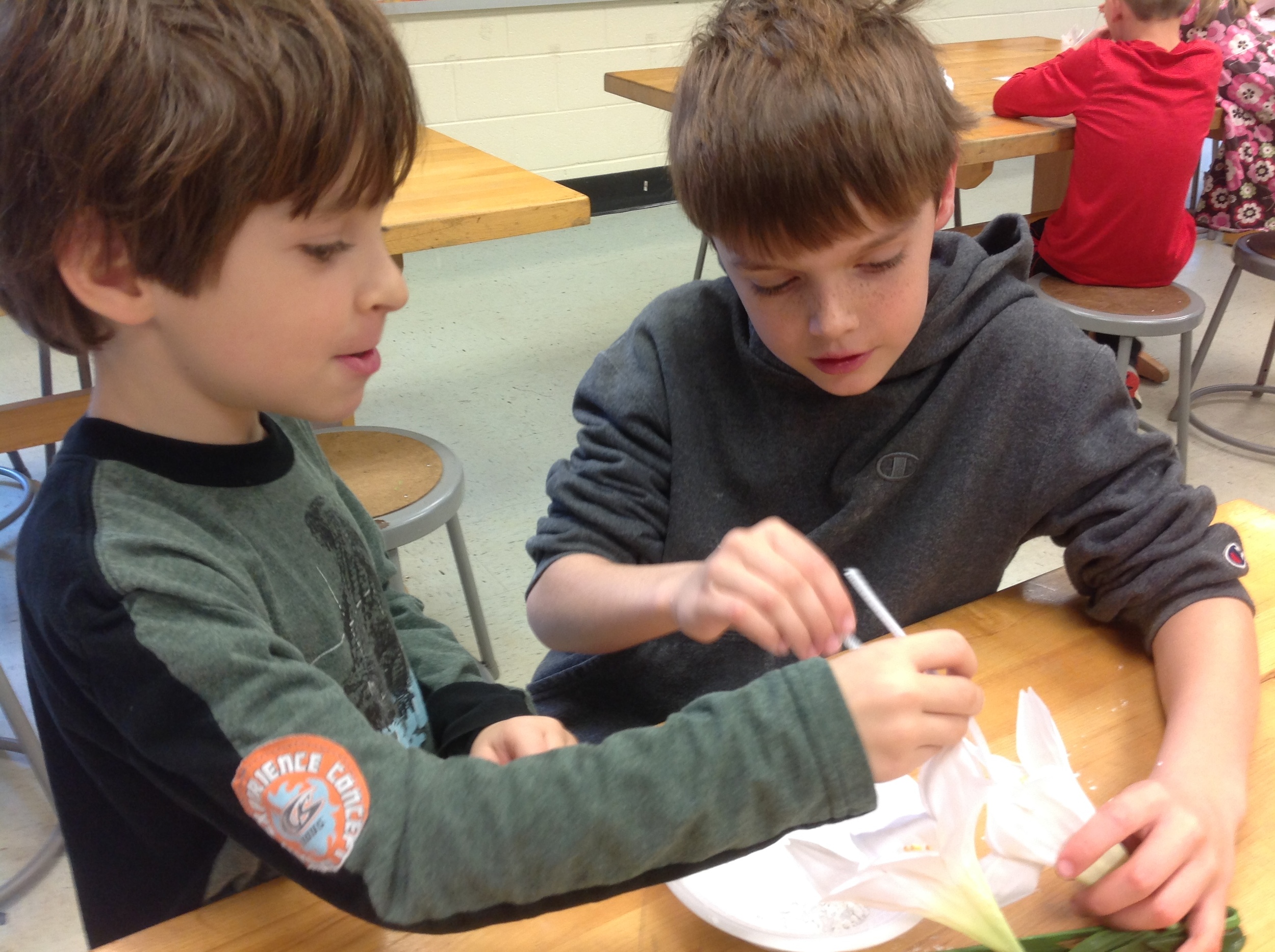
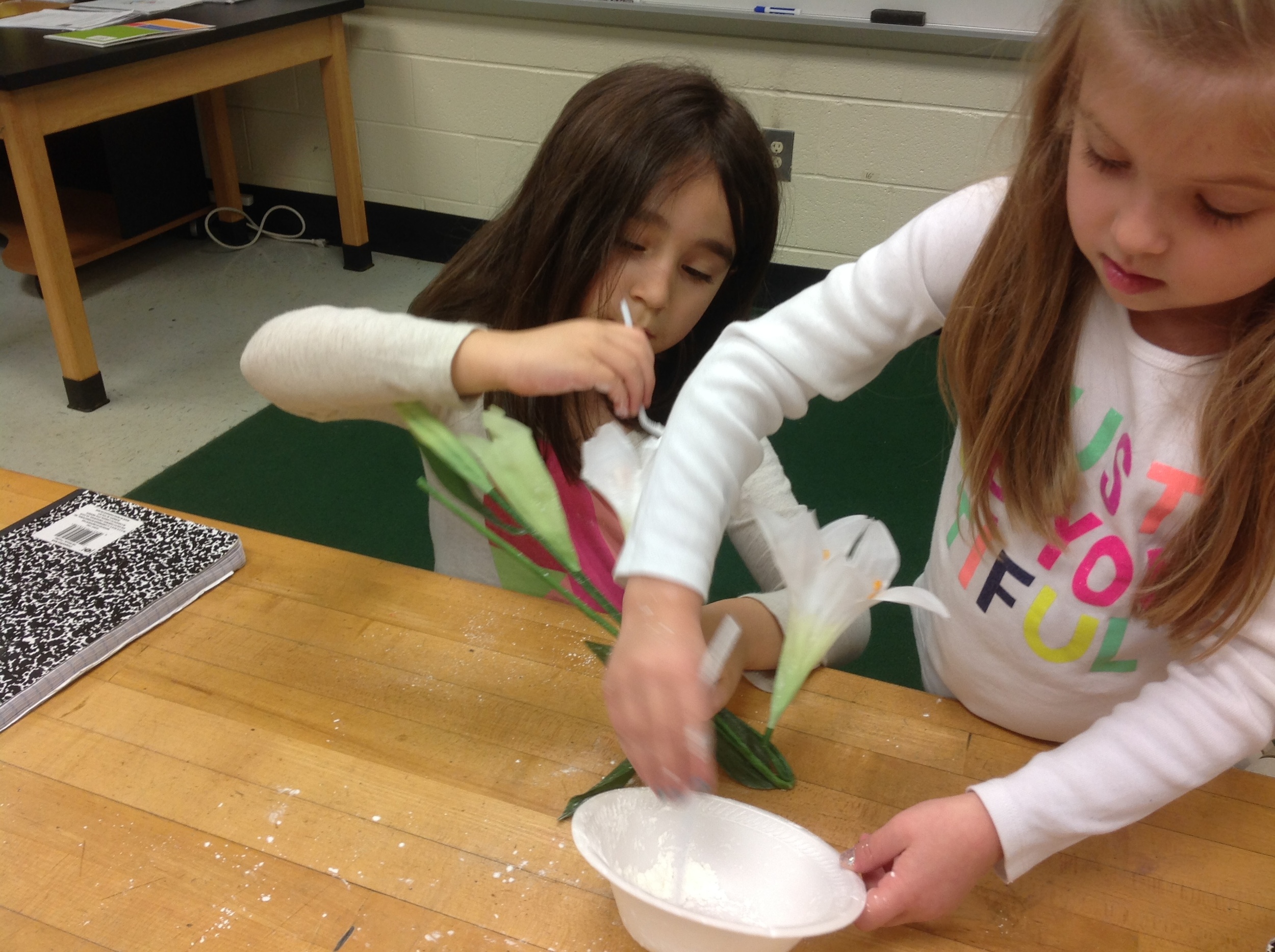
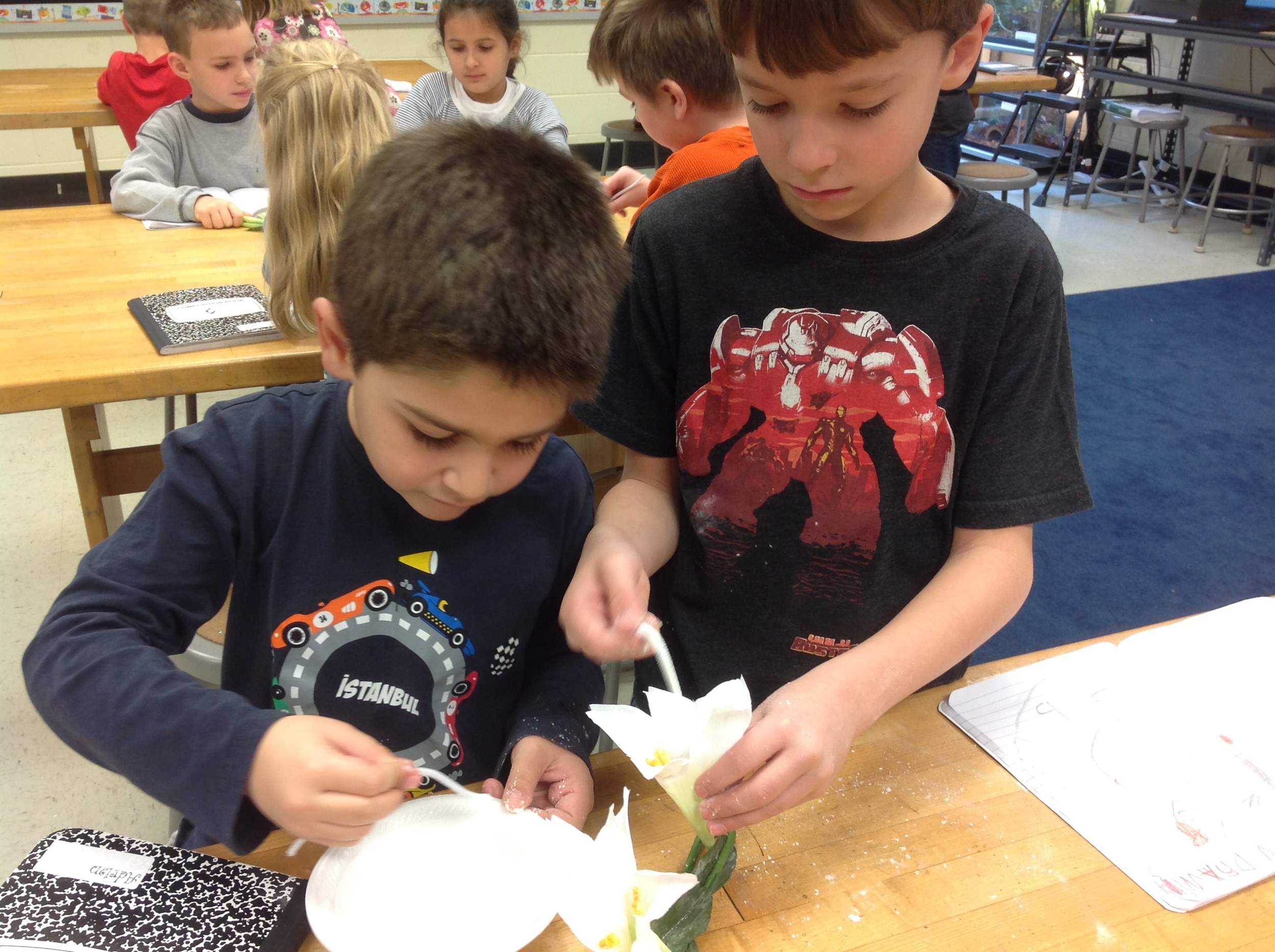

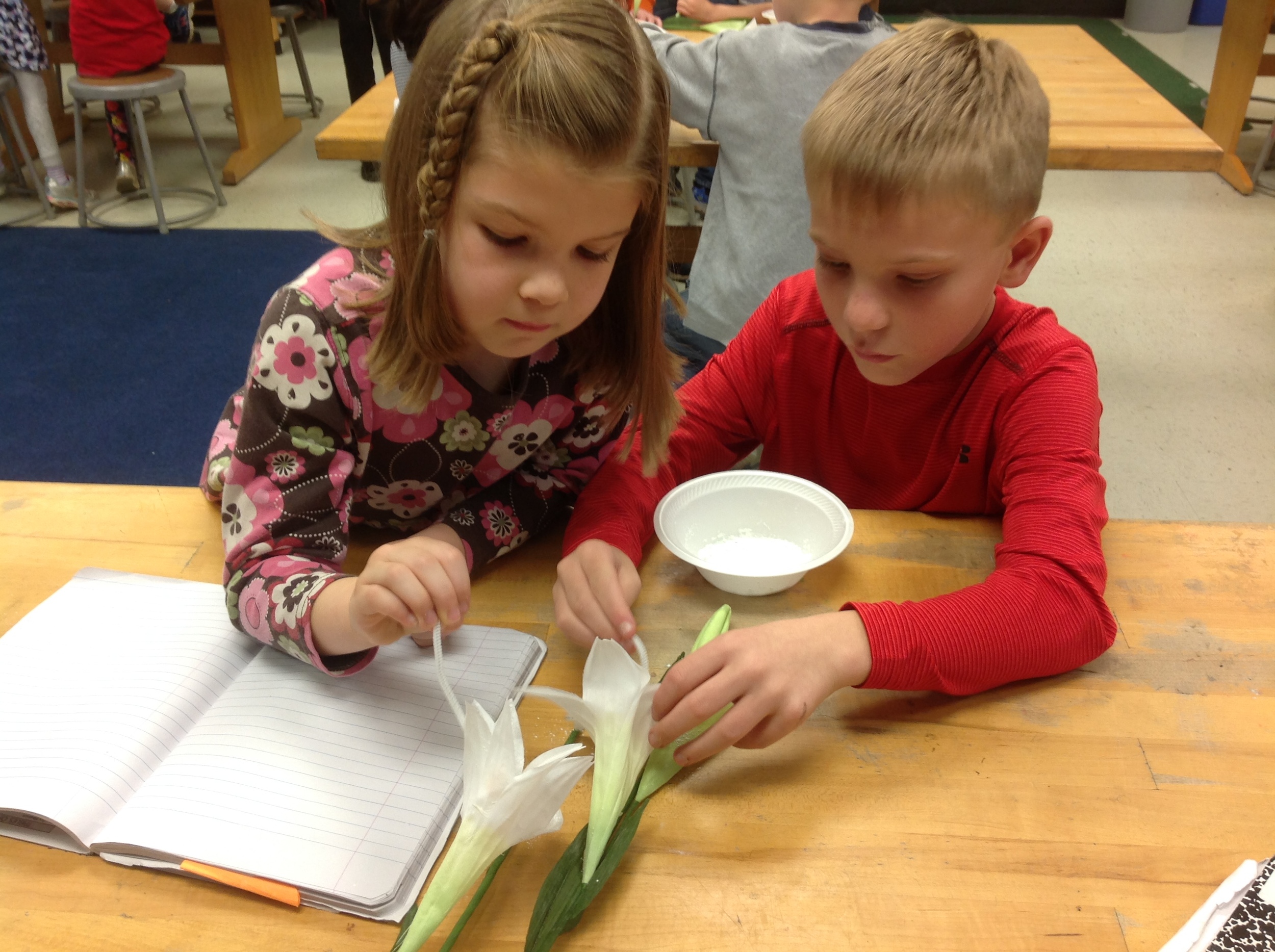
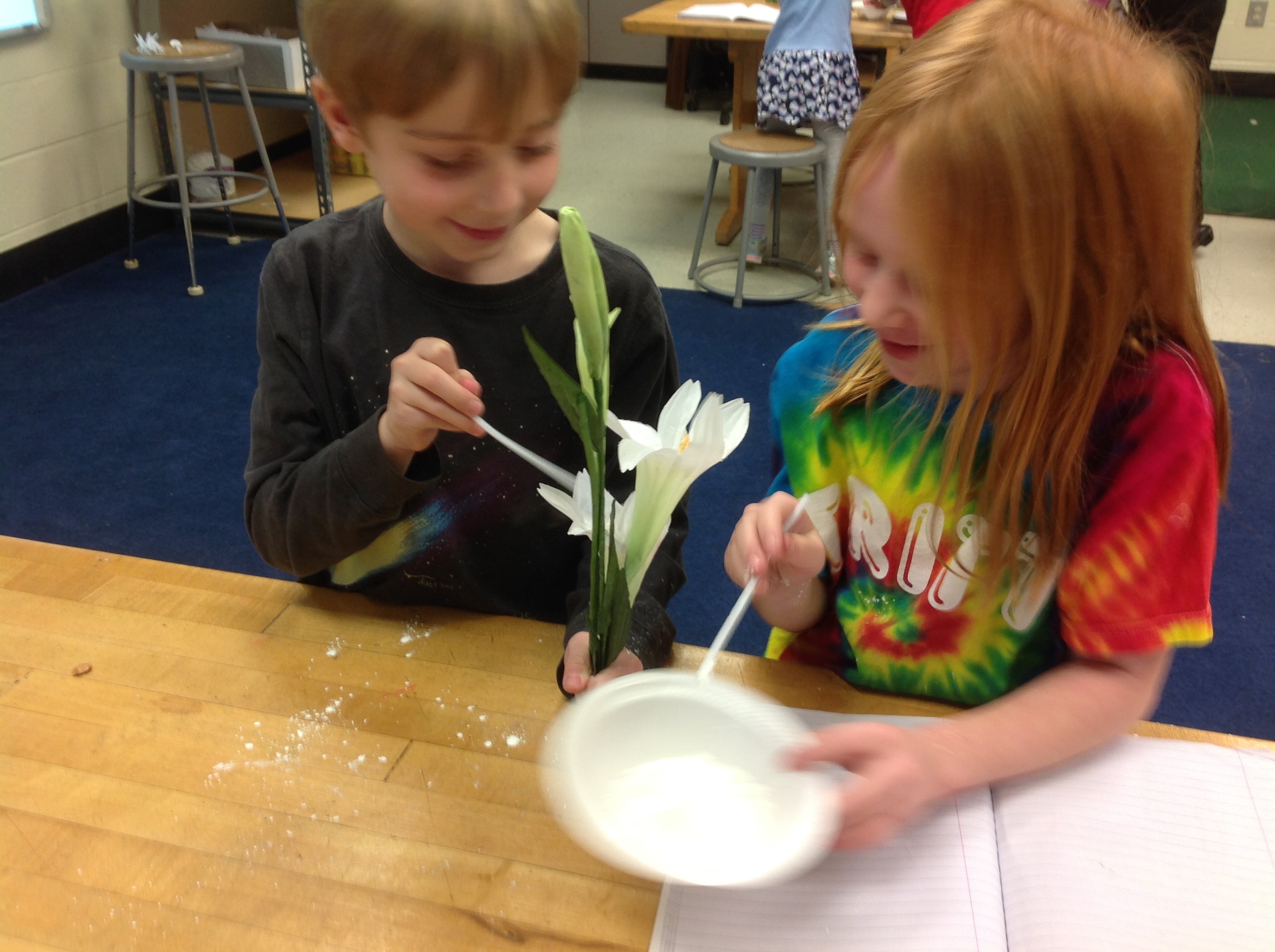
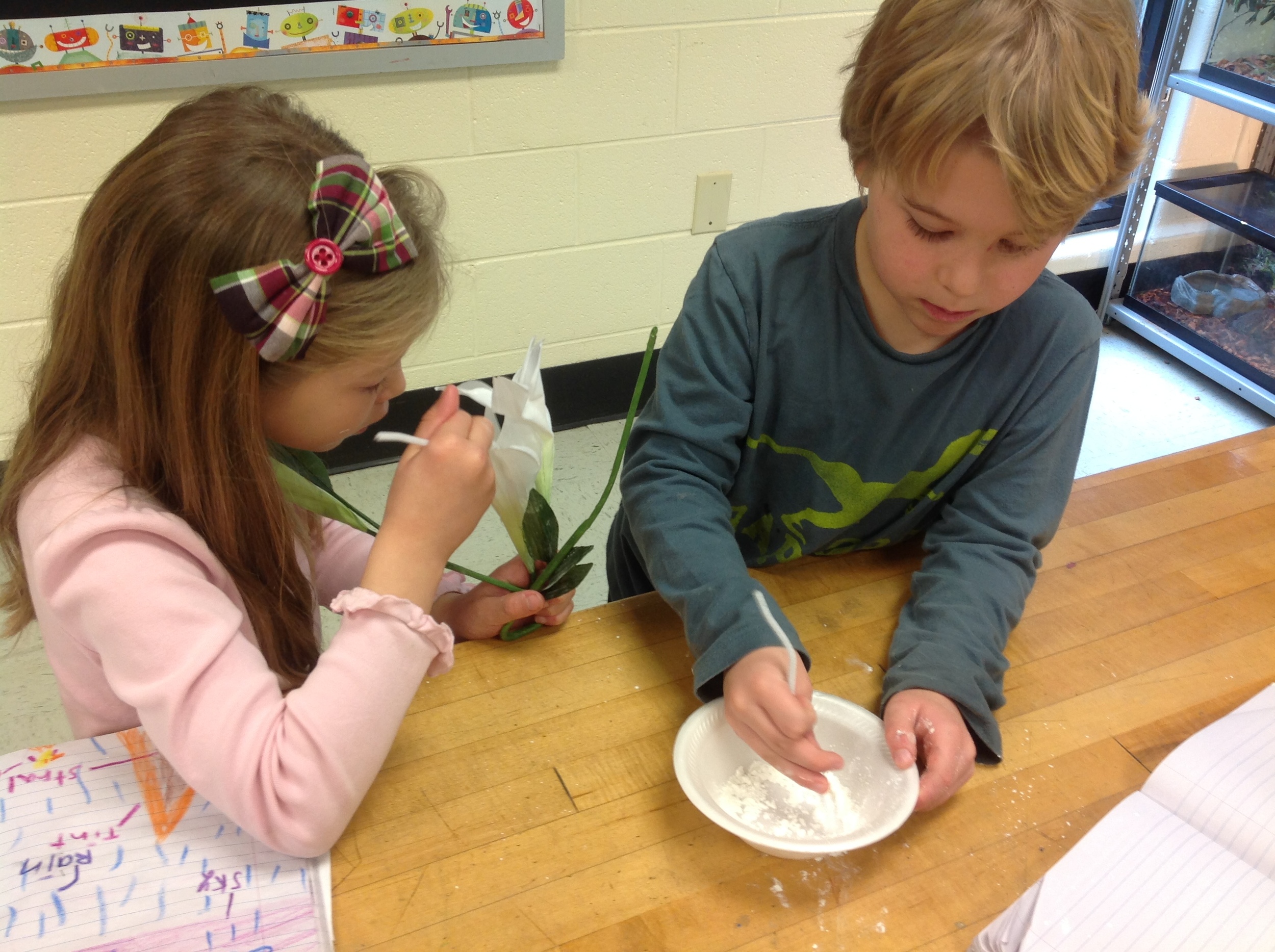
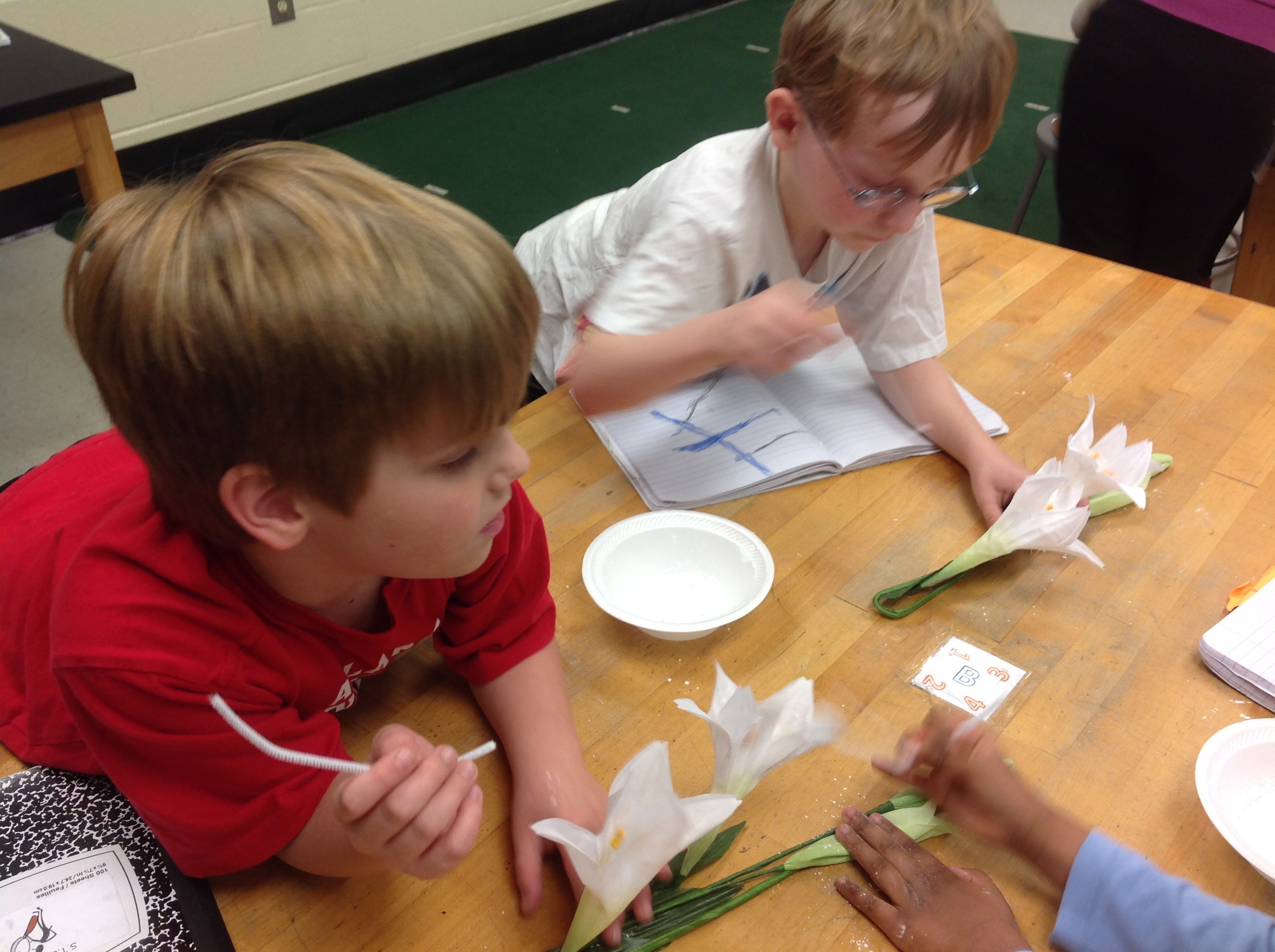
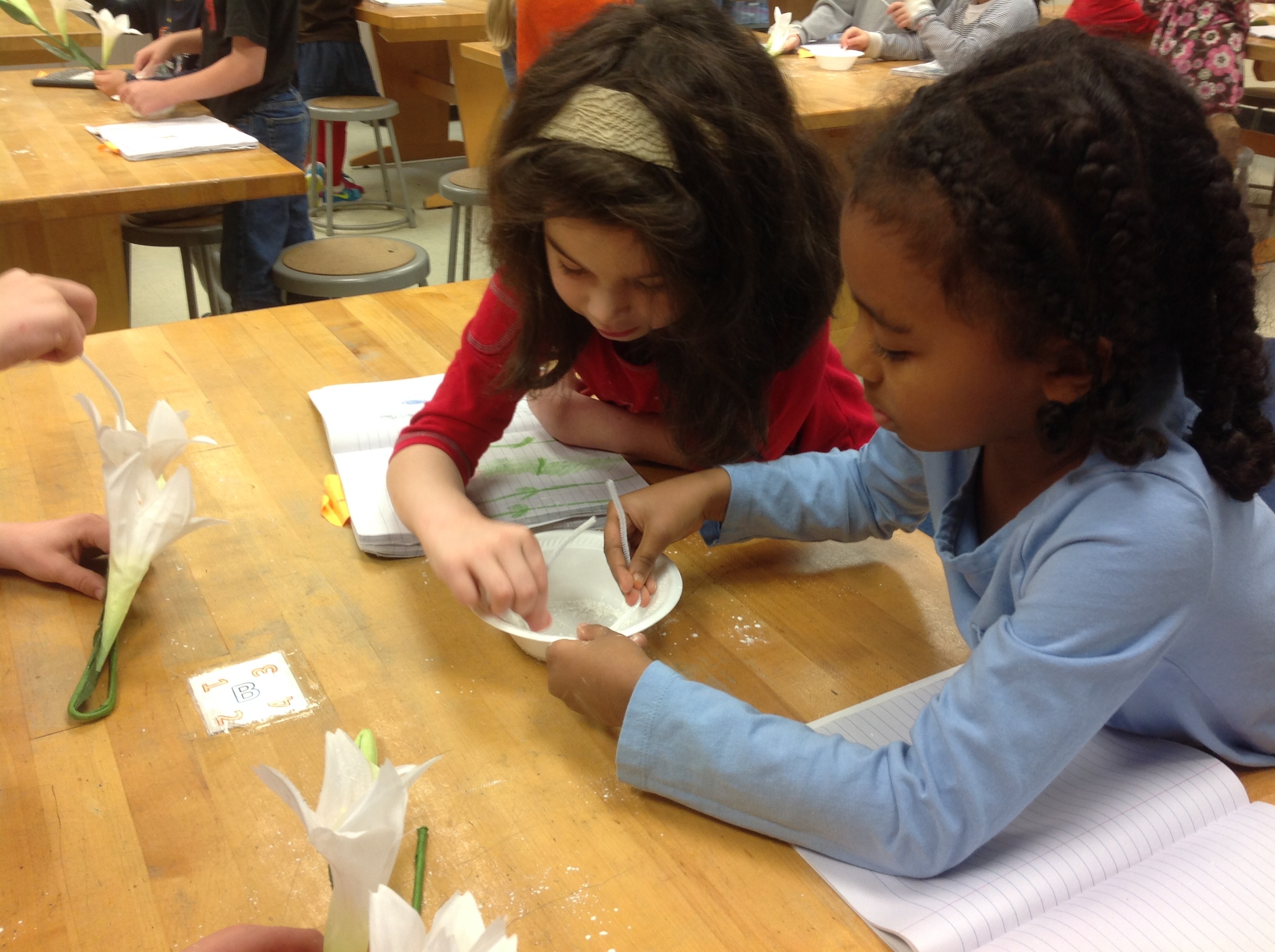
Girl inventor perfects plates for kids!
This is a great story from the Denver Post about a Kindergardner using the engineering design process to solve a problem:
Ruby Lucken didn't like different foods touching on her plate. Two years ago, when she was 6, her parents got rid of their plastic-divider kid plates in a purge of kitchen cabinets.
Ruby, a pint-sized inventor who loves to tinker, used some modeling clay to create a curved wall on her plate, and then wondered if a different material would suction better.
Her parents lent her some seed money, and she tested prototypes until she found something that met her approval — it suctioned so well that it lifted the plate.
So then she worked with an engineer to create some easy pull-off tabs, and last summer she started selling her invention — called the Food Cubby — at local farmers markets.
To her family’s surprise, this simple solution is also good for people with special needs or older people who need help at mealtime. The semi-circle cubbies suction onto your plate, but they do more than just keep foods separate. The cubbies create a “wall” to help push food onto a fork or spoon.
It's really quite simple.
Fourth grade is continuing their work on simple machines this semester with Mrs. Blick's class creating inclined planes with the VEX construction kits and the Autodesk Inventor app on the classroom tablets.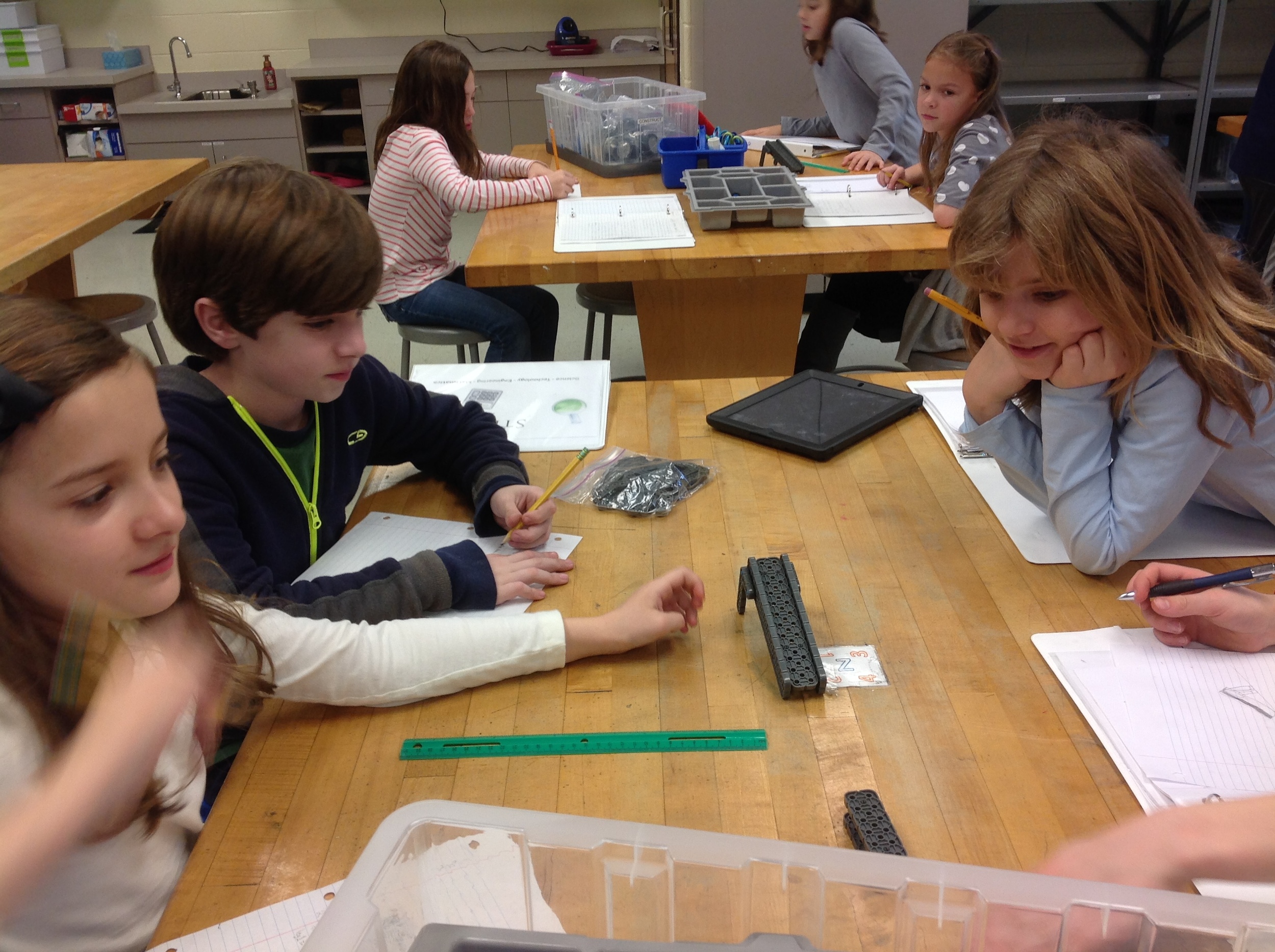
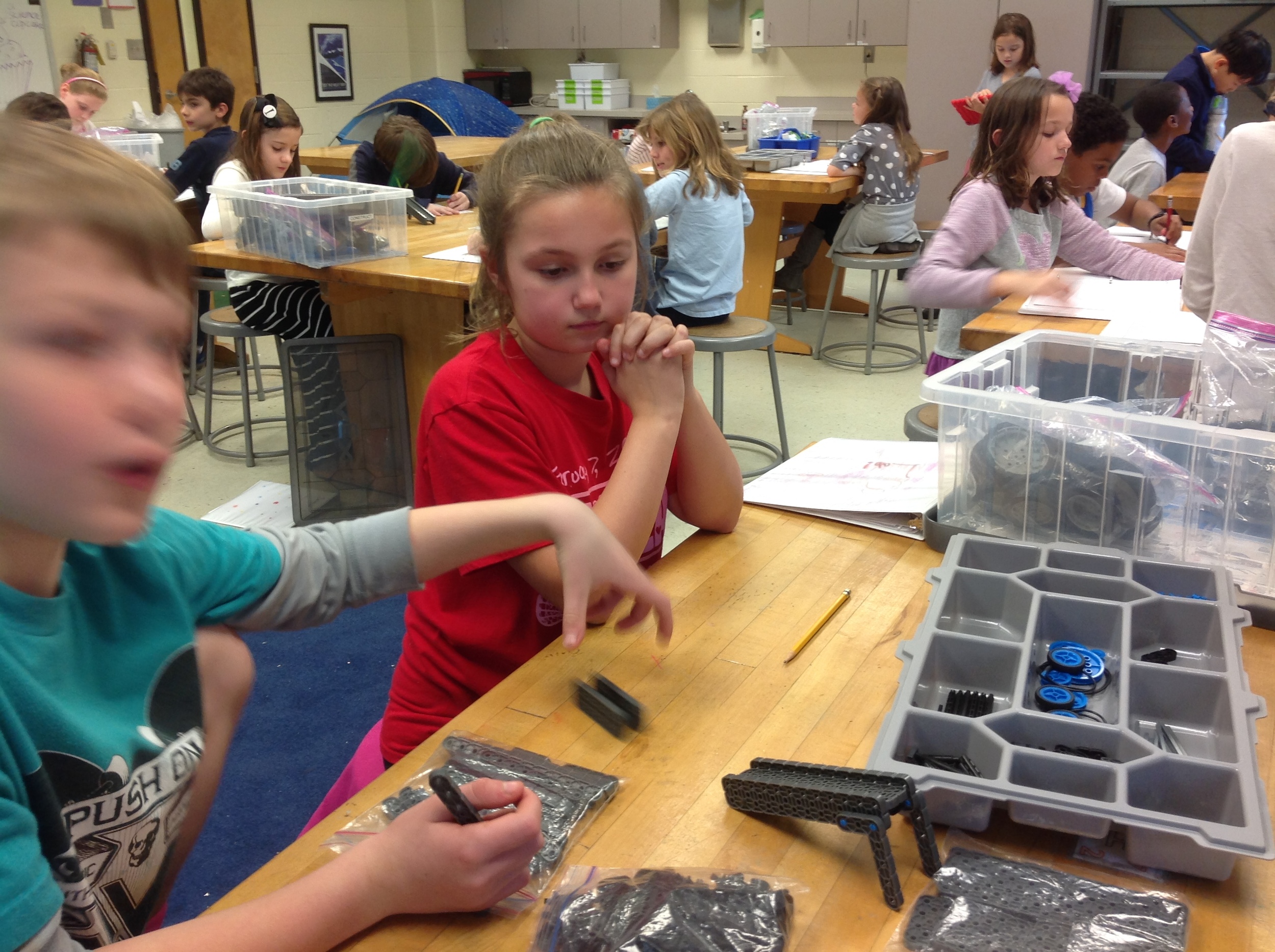
The Great Backyard Bird Count
The Great Backyard Bird Count is a free, fun, and easy event that engages bird watchers of all ages in counting birds to create a real-time snapshot of bird populations. Participants are asked to count birds for as little as 15 minutes (or as long as they wish) on one or more days of the four-day event and report their sightings online at birdcount.org. Anyone can take part in the Great Backyard Bird Count, from beginning bird watchers to experts, and you can participate from your backyard, or anywhere in the world. We'll be working on this citizen science project in both Green Paws and Science Detectives over the next couple of weeks.
Raccoon Tracks!
We took our first group hike of the semester in Green Paws today. We visited the Nature Nook, Vertical Gardens, the new vertical gardens at the front of the school, and the Nature Trail. Lots of interesting things out there in the winter, but our favorite was the raccoon tracks by the pond!
How Do You Lift A Lion?
Natural Magnetism
The Science Detectives took the art of making goo to a whole new level today. By adding iron oxide to our mixture, the final products were able to suck up a rare earth magnet. We used: 2 oz white glue, 2 Tbl water, 1 Tbl Fe3O4, and 2 oz of Sta-Flo laundry starch.
Radon Test Kits due next week!
We had some awesome visitors from the Center for Disease Control in 3rd, 4th and 5th grades before the Holiday Break. The two scientists had great information on STEM careers and science lessons for each grade. 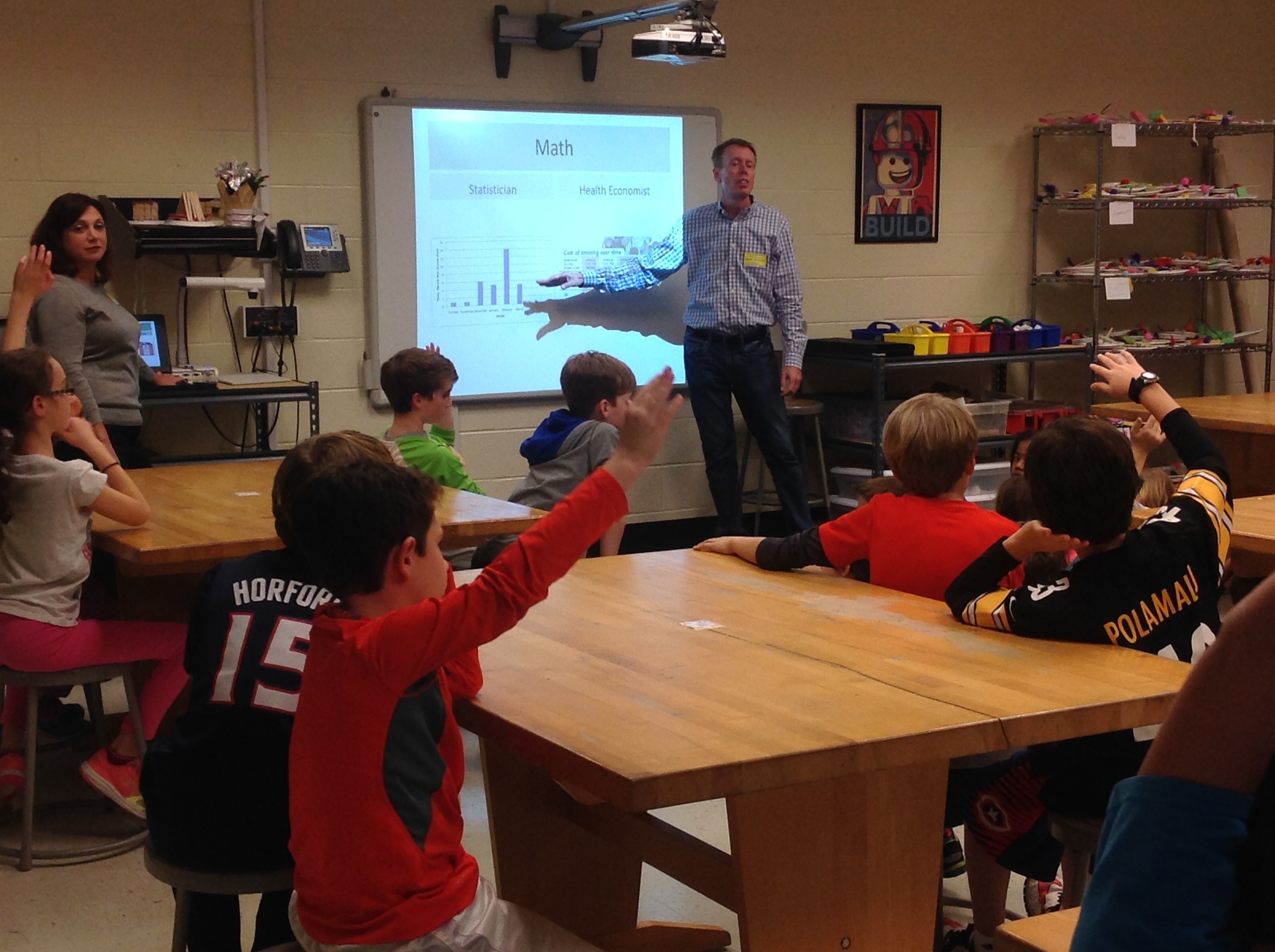 They focused the lessons on radon, a poisonous gas that can naturally collect in buildings. Fifth graders even got to experiment with dry ice and radioactive lead! Your student came home with a radon home testing kit and letter explaining what we were up to. It is a really neat opportunity to contribute to the CDC’s database on radon levels in Georgia – a real-world “citizen science” project.
They focused the lessons on radon, a poisonous gas that can naturally collect in buildings. Fifth graders even got to experiment with dry ice and radioactive lead! Your student came home with a radon home testing kit and letter explaining what we were up to. It is a really neat opportunity to contribute to the CDC’s database on radon levels in Georgia – a real-world “citizen science” project. 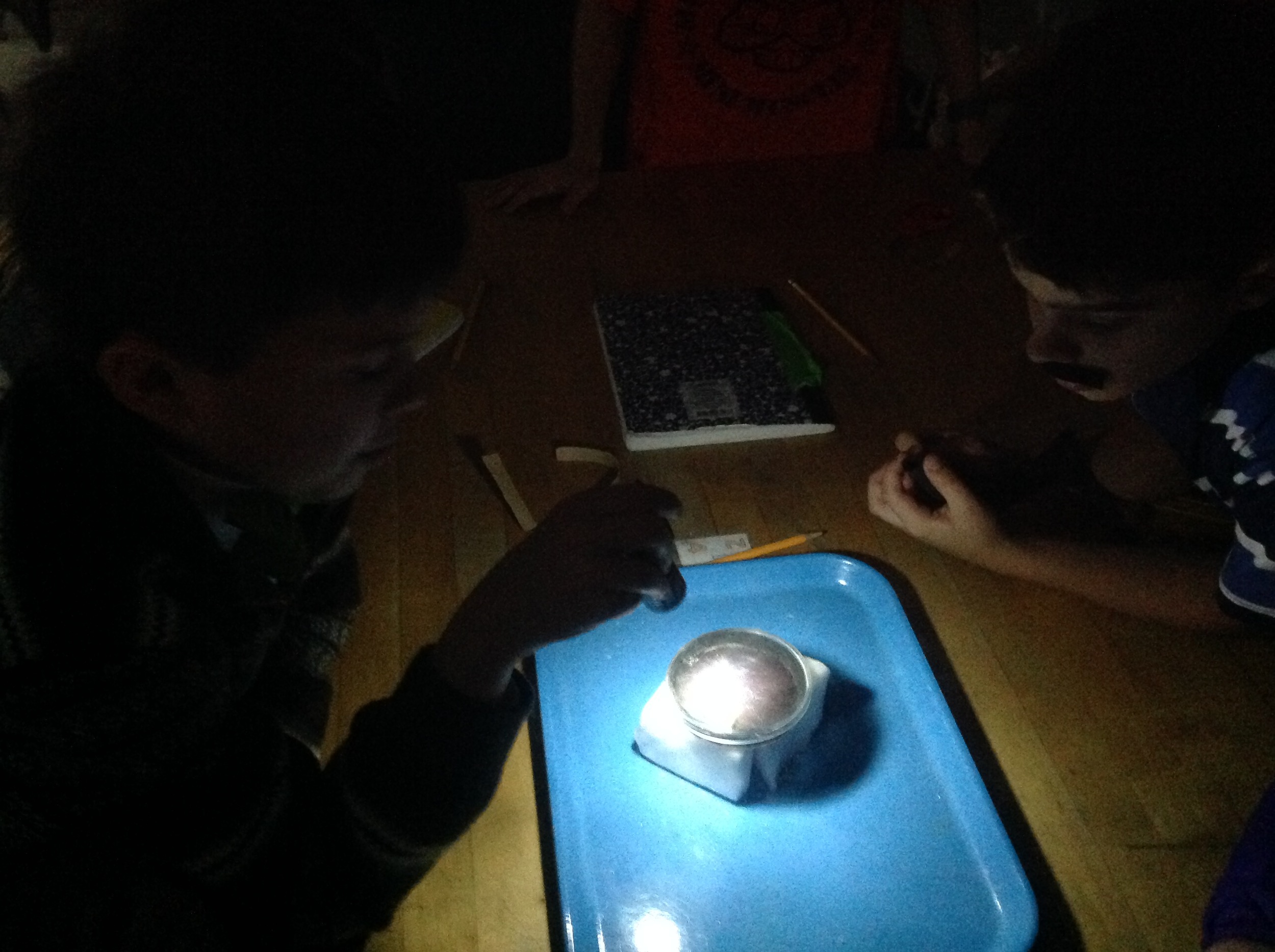 The class that mails in the most completed kits (postage is free and you only have to hang them up over one weekend) will win a pizza party from the folks at the CDC! But time is running out - All completed test kits must be mailed in after this weekend!
The class that mails in the most completed kits (postage is free and you only have to hang them up over one weekend) will win a pizza party from the folks at the CDC! But time is running out - All completed test kits must be mailed in after this weekend!
The game has changed.
In Kindergarten we are continuing our work on pushes and pulls (SKP2b),and this week used the toys, like blocks and balls, to see how different objects move (SKP2a).
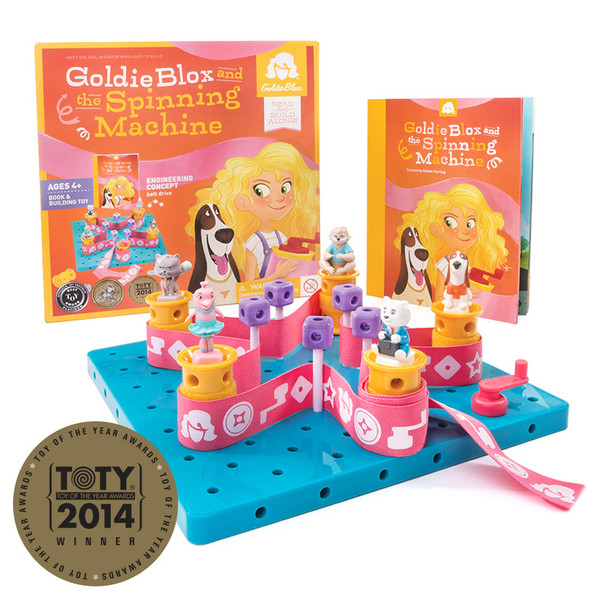 My favorite was the zigzag motion of the GoldieBlox Spinning Machine.
If you haven't checked out this company, you are missing out! Their commercials are a trip, and their message - getting more young girls involved in engineering - is a great one! Check out Founder / CEO Debbie Sterling on TEDx.
My favorite was the zigzag motion of the GoldieBlox Spinning Machine.
If you haven't checked out this company, you are missing out! Their commercials are a trip, and their message - getting more young girls involved in engineering - is a great one! Check out Founder / CEO Debbie Sterling on TEDx.
You gotta know it...
It's electric! Fifth Grade is exploring our Snap Circuit sets this week in the Science Lab. The hands-on challenge reinforces the electricity unit being taught in the classroom. Students discussed "open" vs. "closed" circuits (S5P3b), built examples, and recorded the creations in their journals. Mrs. Swierski's class is featured below. 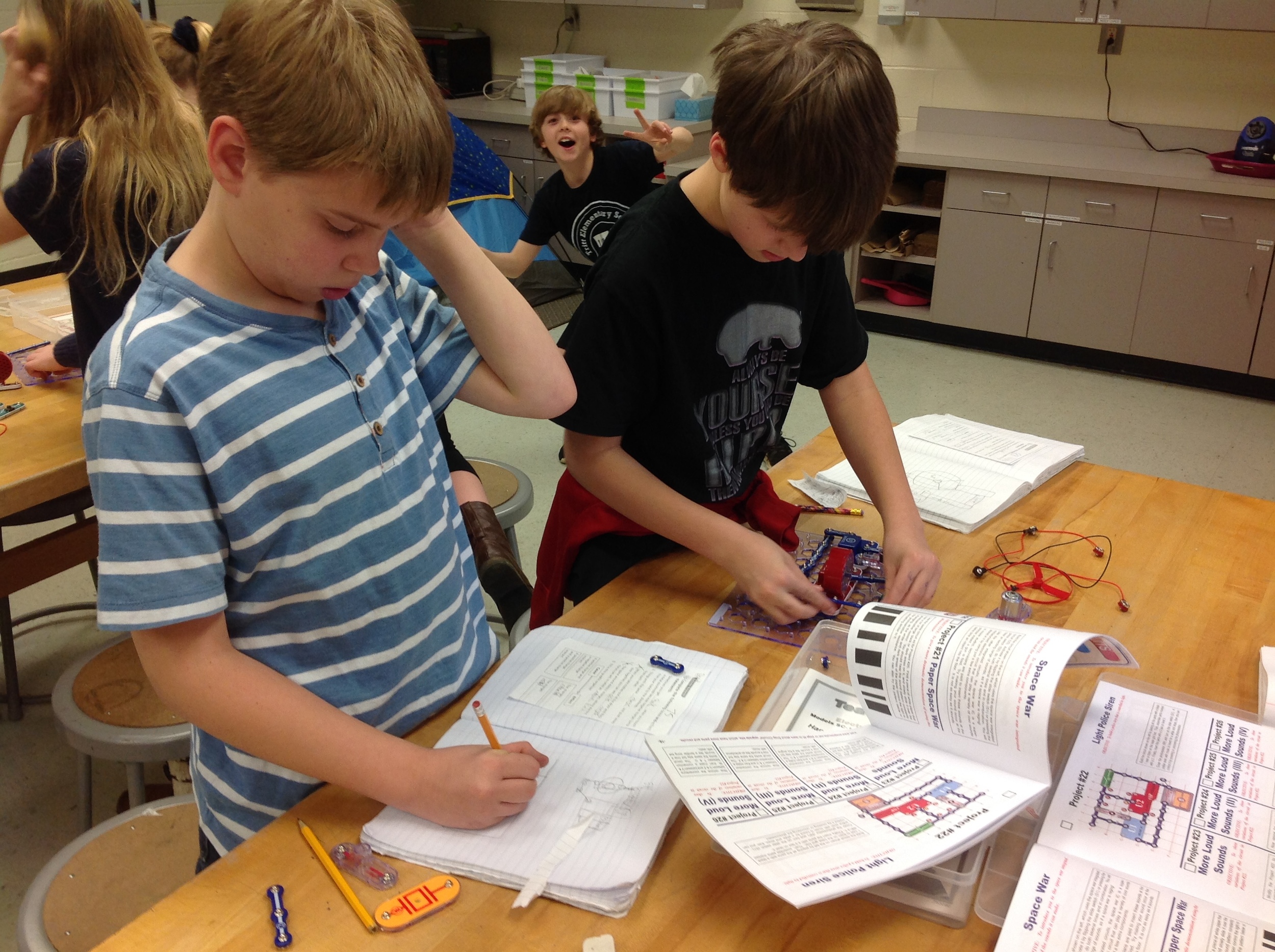 Boogie
Boogie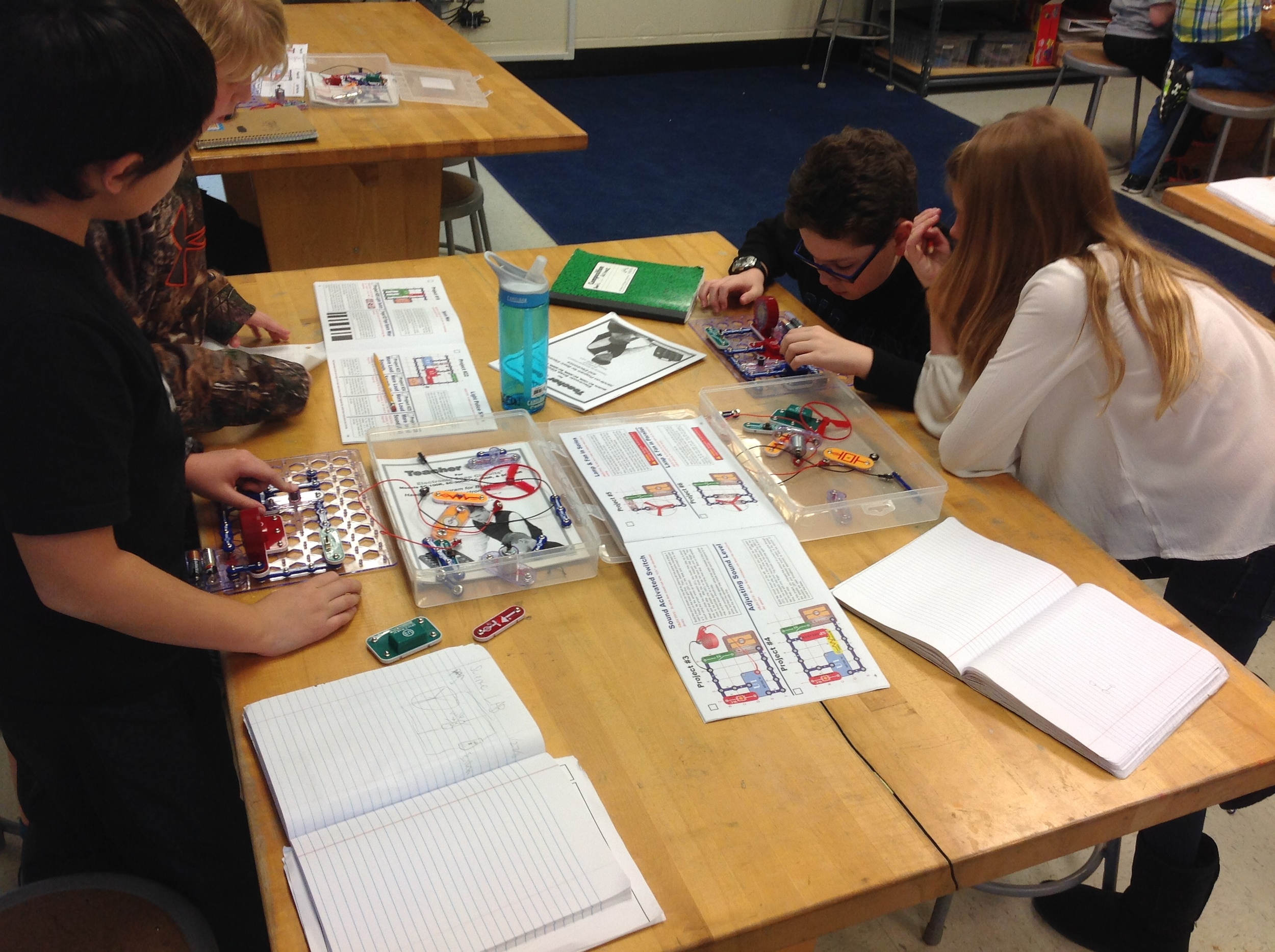 Woogie
Woogie 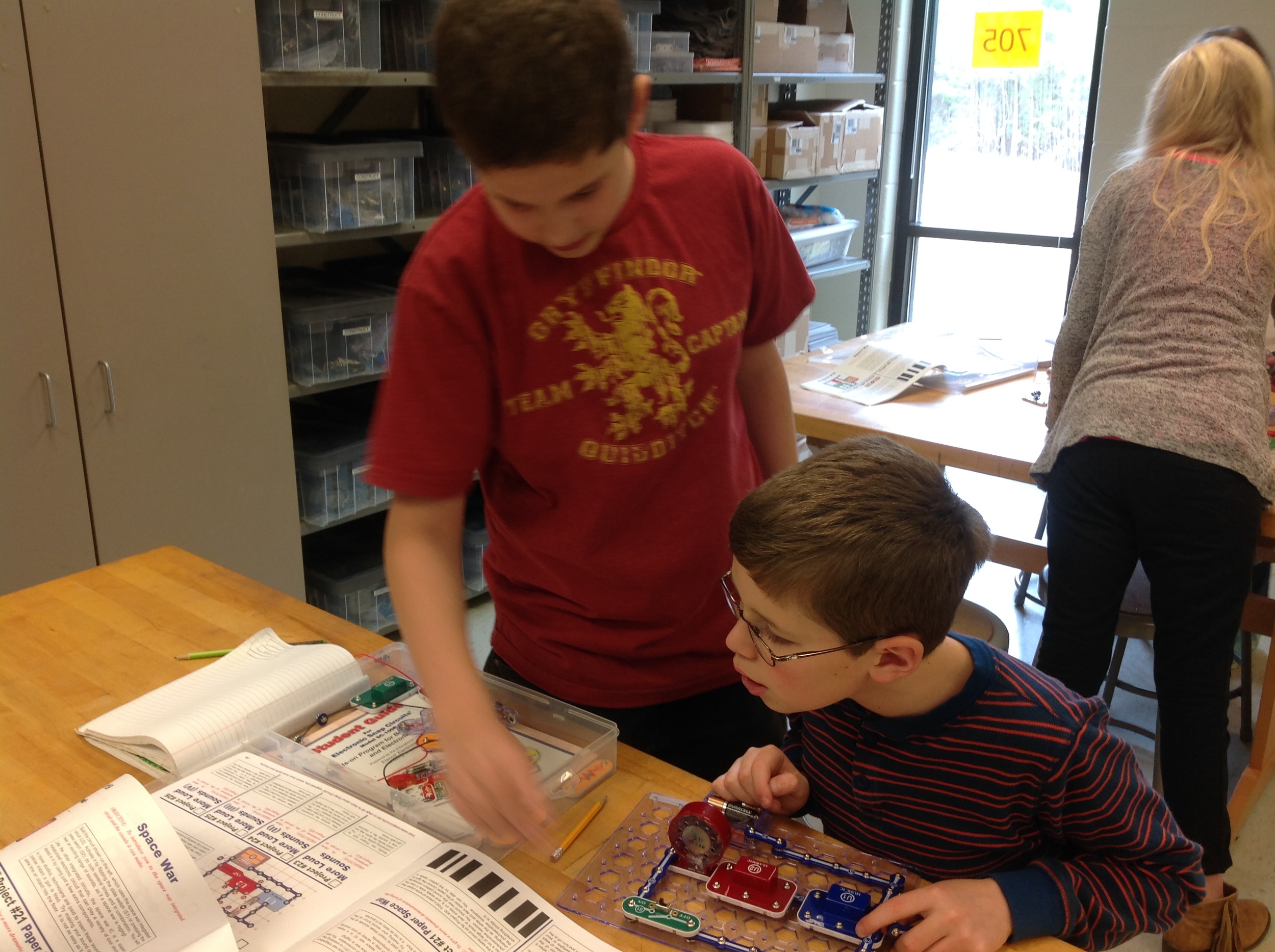 Woogie
Woogie
Crouching Tiger, Simple Machines!
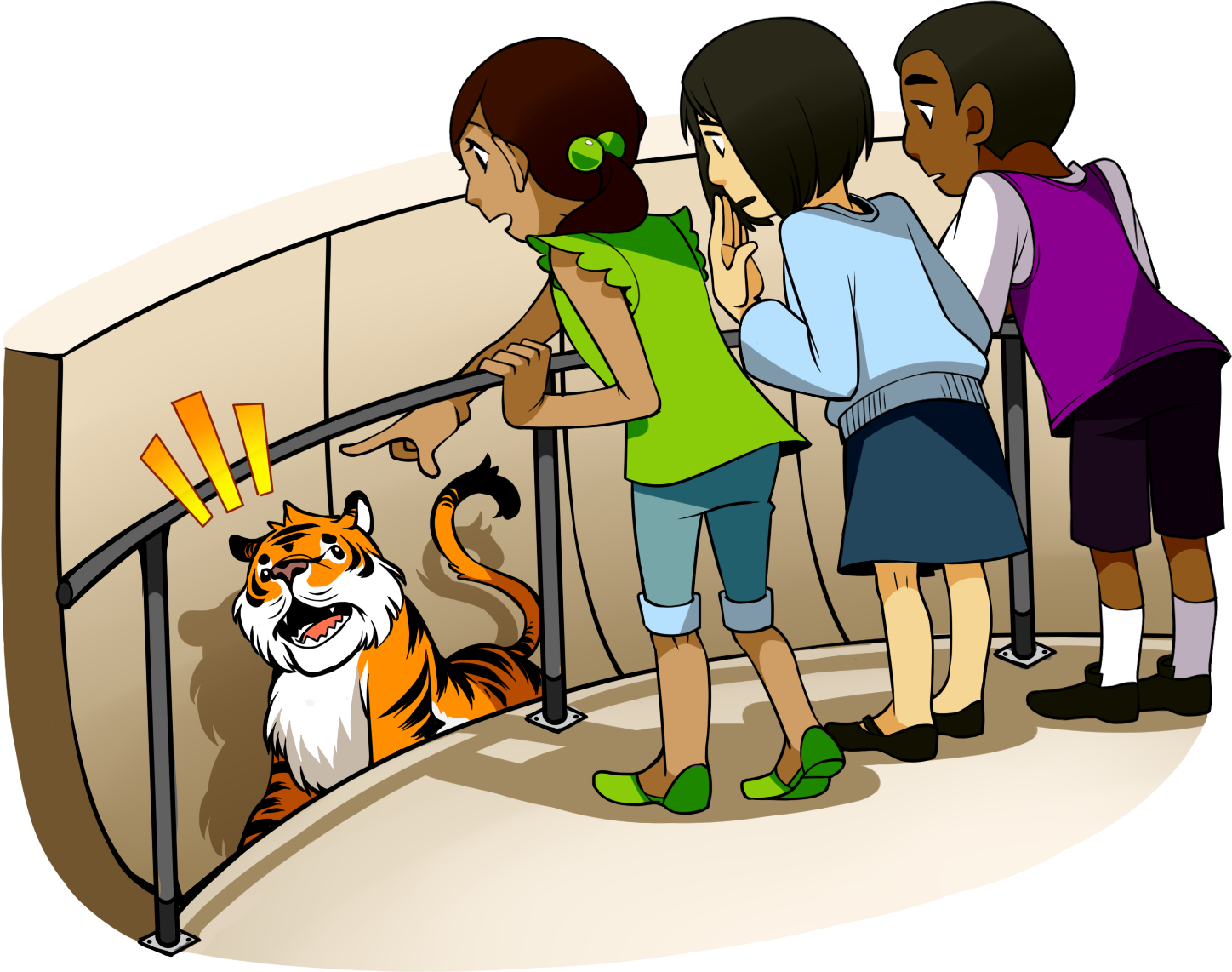 Our Fourth Graders capstone STEM challenge in the Science Lab this semester centers around forces and simple machines. Students will demonstrate the relationship between the application of a force and the resulting change in position and motion on an object; identifying simple machines (lever, pulley, wedge, inclined plane, screw, wheel and axle) and explaining their uses (S4P3a). The students have been given a scenario where a tiger has been trapped in an enclosure, and it is up to them to help the zookeepers figure out how to rescue it. We will also study animal adaptations (S4L2a) and regularly check in with the tigers at the San Diego Safari Park using their live-stream video feed.
Our Fourth Graders capstone STEM challenge in the Science Lab this semester centers around forces and simple machines. Students will demonstrate the relationship between the application of a force and the resulting change in position and motion on an object; identifying simple machines (lever, pulley, wedge, inclined plane, screw, wheel and axle) and explaining their uses (S4P3a). The students have been given a scenario where a tiger has been trapped in an enclosure, and it is up to them to help the zookeepers figure out how to rescue it. We will also study animal adaptations (S4L2a) and regularly check in with the tigers at the San Diego Safari Park using their live-stream video feed.
May the Force be with you!
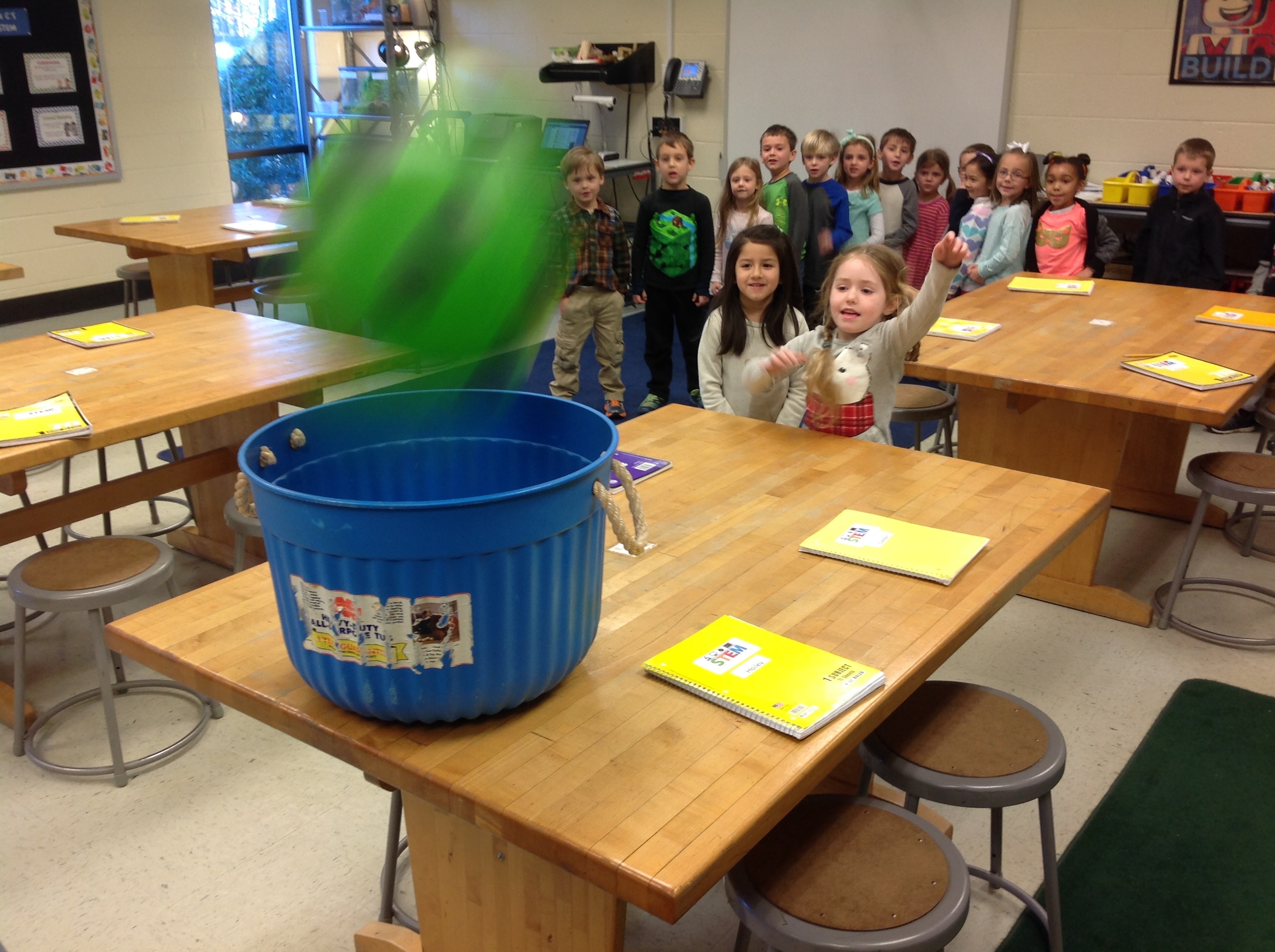 Do you enjoy the swings on a playground? Can you describe how you get the swing to move you through the air? Have you ever played tug-o-war with a rope? What kind of movements do you use to get the rope to move? These are the questions we are asking this week as Kindergarten is being introduced to force. To swing or to play tug-o-war, you use forces. A force is a push or a pull. This week students will think about how they use pushes and pulls every day. We are reading Give It a Push! Give It a Pull! by Jennifer Boothroyd. The book uses the playground and classroom as places to find examples of pushes and pulls. We are putting some of those examples into practice by tossing a ball different distances and manipulating Play-Doh!
Do you enjoy the swings on a playground? Can you describe how you get the swing to move you through the air? Have you ever played tug-o-war with a rope? What kind of movements do you use to get the rope to move? These are the questions we are asking this week as Kindergarten is being introduced to force. To swing or to play tug-o-war, you use forces. A force is a push or a pull. This week students will think about how they use pushes and pulls every day. We are reading Give It a Push! Give It a Pull! by Jennifer Boothroyd. The book uses the playground and classroom as places to find examples of pushes and pulls. We are putting some of those examples into practice by tossing a ball different distances and manipulating Play-Doh!
Science Standards for Georgia's Next Generation
(from CCSD News) The State Board of Education has posted, for a 60-day public comment period, the first Georgia Standards of Excellence (GSE) for science and social studies. If approved, the standards will be implemented in the 2017-18 school year, following a full year of teacher training. View a simple overview of the science standards here and the social studies standards here. To give your feedback on the proposed standards, please go to the following surveys:
- Survey for Feedback of Revised Science Standards
- Survey for Feedback of Revised Social Studies Standards
The standards, if approved, will replace the current Georgia Performance Standards (GPS) in science and social studies with the Georgia Standards of Excellence. They were developed based on a formal review and evaluation process which included opportunities for teachers, parents and families, students, business and industry, and community members to participate through surveys and committees. Now, the public will have 60 days to review the proposed standards and provide feedback before the State Board of Education votes on whether to approve them.
"I'm committed to ensuring appropriate, fully vetted standards that are developed based on public feedback, in time for teachers to receive ample training," State School Superintendent Richard Woods said. "I encourage all those who care about public education in Georgia to review the proposed standards and share their thoughts. Whether you're an educator, a parent, a student, or simply a concerned citizen, we value your feedback and urge you to take the time to share it with us before these standards are finalized and voted on by the State Board of Education."
As part of the process of review that produced the proposed new standards, science and social studies teachers across the state were asked to provide feedback for every single standard and element in their grade level or high school course. The science and social studies surveys each drew more than 9,000 teachers, with participation from every school district. Regional Education Service Agencies (RESAs) assisted in development of the survey, and the University System of Georgia provided a third-party analysis of the survey results.
Students, parents and families, business and industry, and community members were also invited to provide feedback on the existing standards. SEDL, an affiliate of American Institutes for Research, assisted in management of the survey, and Georgia State University provided a third-party analysis of the results.
Survey results were used by practicing Georgia social studies and science teachers to guide revisions made to the existing standards. Advisory and academic committees also took part in the revision; these included district-level instructional leaders and representatives from business and industry, Georgia's university and technical college systems, nonprofit organizations and other education-related state agencies.
"Robotarium" coming to Georgia Tech
WABE is reporting that Georgia Tech is building a new lab that would give researchers and students around the country remote access to its robots. The new lab, nicknamed the “Robotarium,"will be the first of its kind in the country.
Once it's up and running in 2017, it is expected to be home to 100 ground and aerial swarm robots or drones.
The new Robotarium will house up to 100 ground and aerial swarm robots, like the GRITSBots to the left, and are meant to be controlled by remote users.
Middle school and high school students as well as researchers across the country will be able to use it for experiments, to upload programming code to work with the robots and to watch the robots in real-time.
“Building and maintaining a world-class, multi-robot lab is too expensive for a large number of roboticists and budding roboticists,” said electrical and computer engineering professor Magnus Egerstedt. "This creates a steep barrier to entry into our field.
“We need to provide more access to more people in order to continue creating robot-assisted technologies. The Robotarium will allow that.”
Georgia Tech hopes the new lab will also help it to collaborate with other colleges and institutions on research projects.
The National Science Foundation is pitching in $2.5 million in grants to fund the new robot lab. A model mini-lab using GRITSBots was completed and tested in the fall of 2015.
Don't forget to mail in your radon kits!
Our Third, Fourth and Fifth Grade classes all took home a radon household test kit. The class that mails in the most test kits to our CDC presenters will win a pizza part! The directions are on the test kits and there is still time to participate!
Save the Date: Star Party - Friday January 15th 6:30 – 8:00 pm
Save the Date: Star Party - Friday January 15th 6:30 – 8:00 pm
Jim Sowell from the Georgia Tech Astronomy Club will be bringing his telescopes and will be showing us the stars and planets. This will be a Tritt community event, focusing on 2nd and 4th grade standards. All grade levels and family members of all ages are invited. All attendees will receive a homework pass. Our Relay for Life team members will be on hand selling hot chocolate and goodies.
What do you need to bring?
- Dress for the weather. It could, and probably will be, a bit chilly.
- Also, and this is completely optional, you can download the Star Walk app on your smart phone and/or tablet. This is a fantastic app that will allow the students to look up and understand what they are looking at as the instructors talk about the many points of light in the sky.
- Optional: BYOT! Bring our own telescope.

